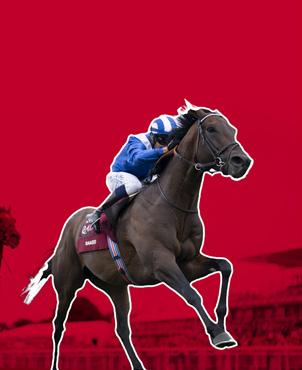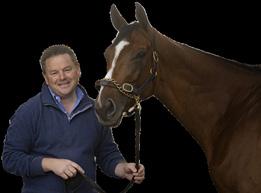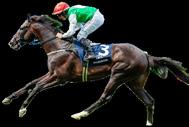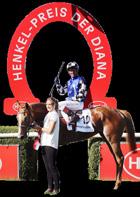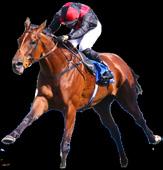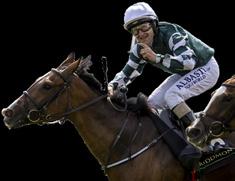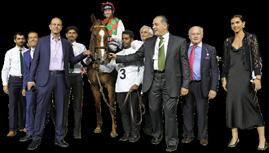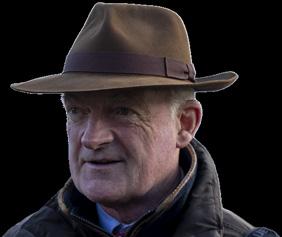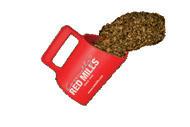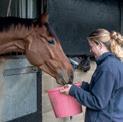

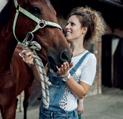
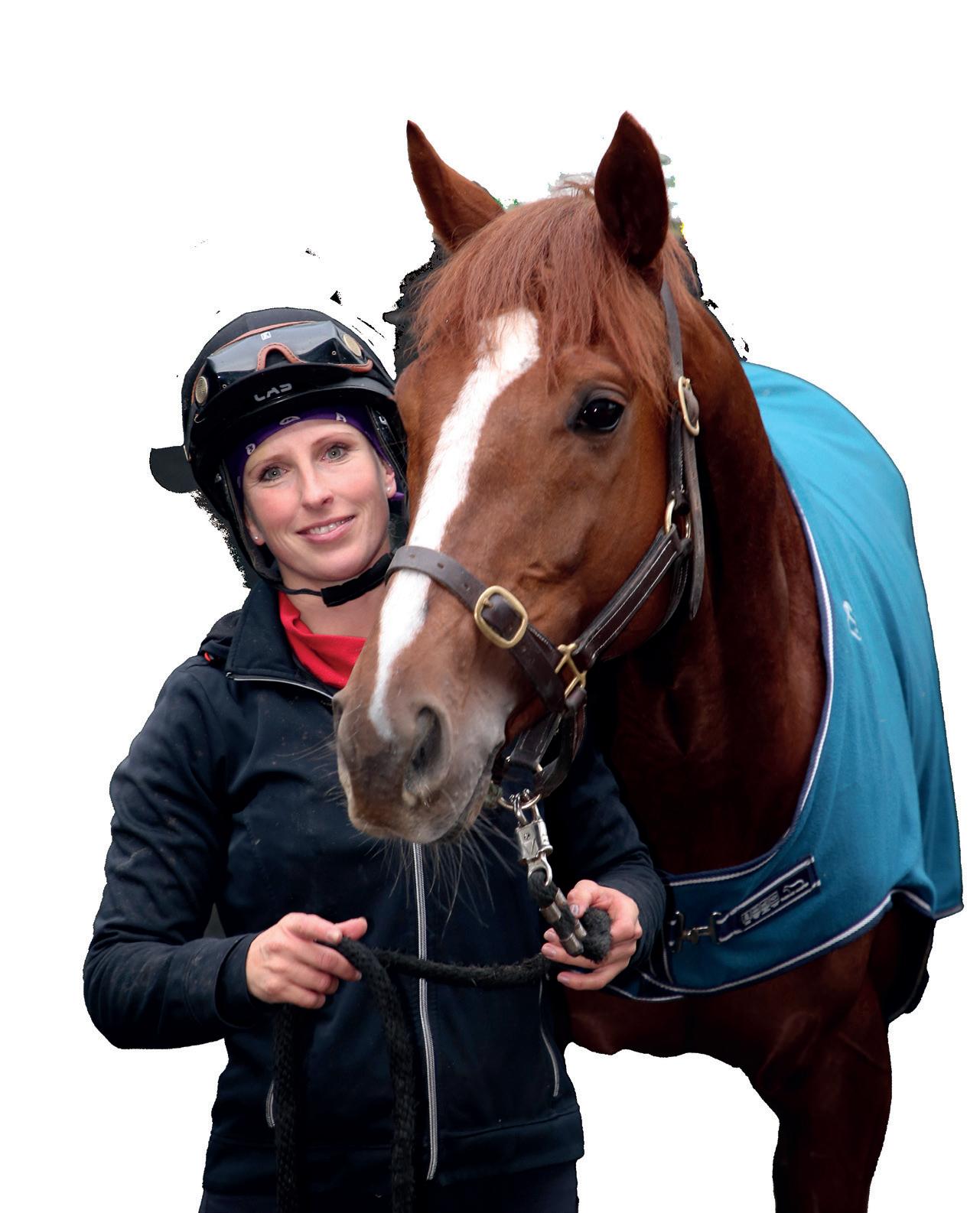
www.twydil.com





www.twydil.com
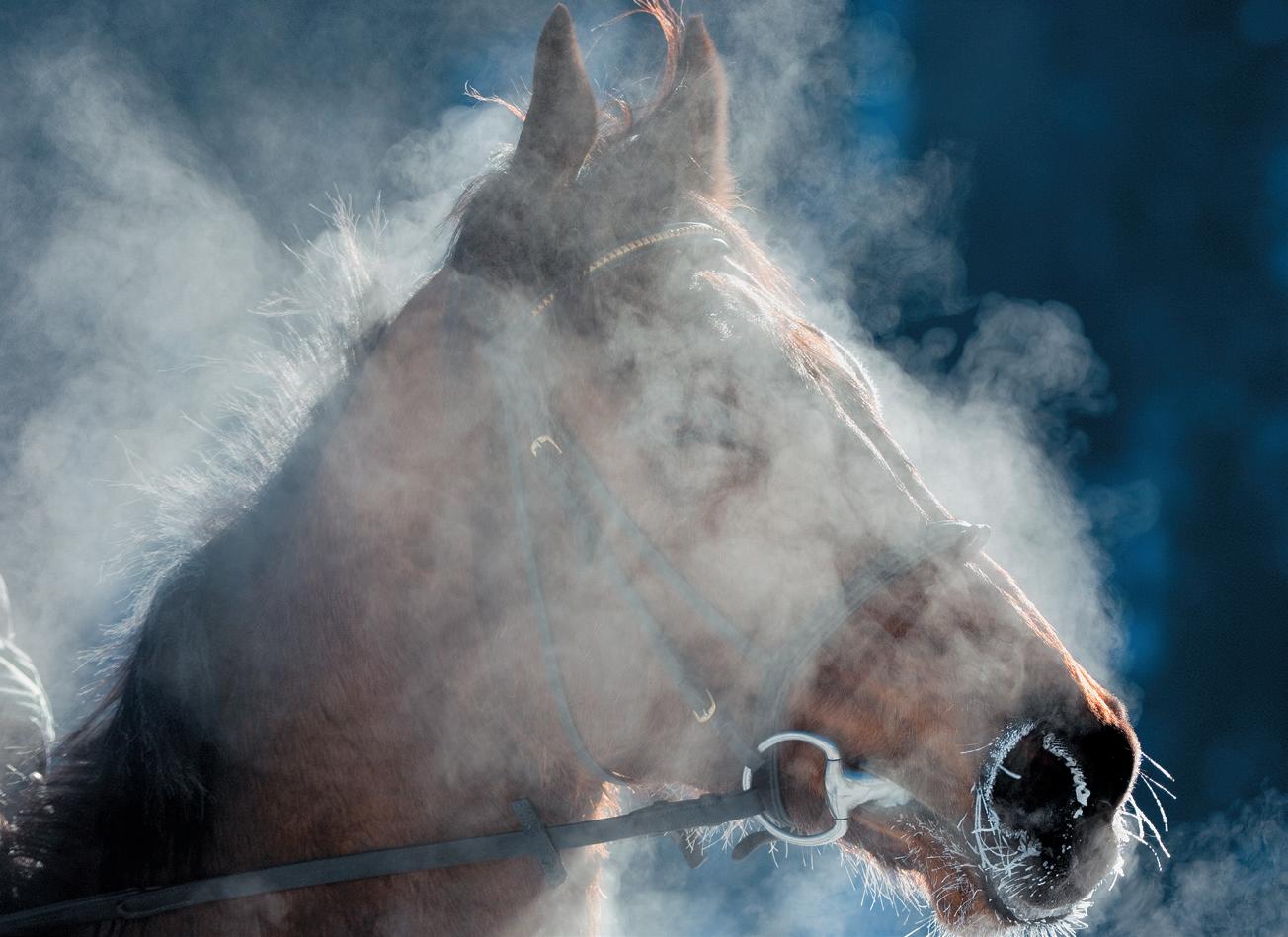
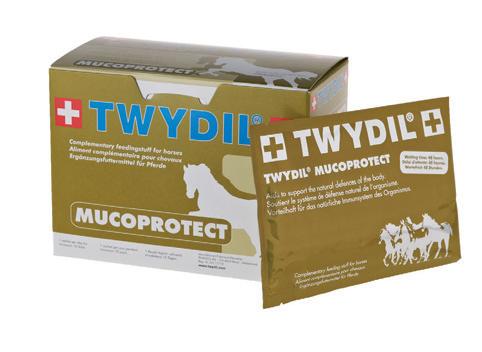
Complementary feed for horses containing notably vitamin C, prebiotics, Ginseng panax, Glycyrrhiza glabra and Berberine which helps support the natural defences of the body. Particularly indicated in the event of sudden cold, red mucosa, fatigue or lack of energy. • Withdrawal period: 48 hours • Officially certified by the LCH (following controls on final product, urine and blood): respect a withdrawal period of 48 hours. • Declared content guaranteed until expiry date.
Used by most of the successful professionals in the world.
PAVESCO AG
Head Office CH-4051 Basel, Switzerland Tel. +41 61 272 23 72 E-mail:info@twydil.com
PAVESCO U.K. LTD. 116, High Road Needham, Harleston, Norfolk IP20 9LG Tel. 01379-85 28 85 e-mail: info@twydil.com
Over the coming year we’re going to be hearing and reading more and more about racing’s ‘social licence’ but what is this and what does this mean?
As Paull Khan reports in this issue, back in November, the Federation Equestre Internationale (FEI) held a General Assembly whose theme was ‘that of social licence and the importance for all stakeholders to understand the pressing needs for our sport to adapt and monitor the opinions of those around us’.
At that meeting, delegates were given the results of a survey, which indicated that two-thirds of the public do not believe horses enjoy being used in sport and have concerns about their use.
Perhaps more worryingly, were the results of a parallel survey conducted amongst those who have an active involvement in equestrian sport. This survey revealed that as many as half of this group did not believe horses enjoyed their sport; and an even higher proportion than the general public—threequarters—had concerns about their use.
Khan poses this question.
Upon what, then, does our social licence in European horse racing critically depend? What are the major issues about which the public has opinions or worries, and on which the continuance of our social licence may hang? It is suggested with some confidence that the following (in no particular order) are the three issues uppermost in public consciousness are:

• Use of the whip
• Racecourse injuries/fatalities
• Aftercare – the fate of retired racehorses
More research than ever before is now in the public domain, outlining different initiatives that have already made a change for the better.
Eliminating risk, in any walk of life, is impossible to achieve and those who question the very existence of horse racing or horse sports are not going to go away.
So, more than ever it’s important for the racing world to come together and present the facts that show how the racing world is embracing change for the betterment of the sport. Thus why the social licence initiative is so important for all involved within the racing world.

In this issue, our cover trainer profile is on Sarah Steinberg and interestingly, she too picks up on two social licence themes. “The whip is essential – a life-saver for riders. With the short stirrups, we need it to correct but never to abuse. We need strict rules and even stricter penalties. As for animal welfare, I am in the game because I like horses – we all do. We like them, and we want the best. Performance is no cruelty to horses, and I firmly believe the majority of racehorses couldn’t be better cared for. There are black sheep in all walks of life, and much more must be done to educate about the good work that is done away from the public eye.”
Wherever your racing takes you this winter - good luck!
66
CONTENTS 80 ISSUE
F E A TURES 50
Catrin Nack reports how Steinberg’s small, but brimming quality string of horses, have led her to become one of Germany’s up-and-coming trainers.
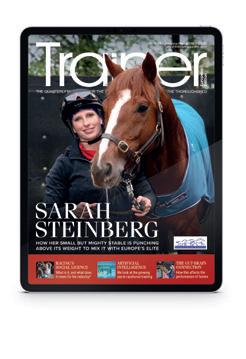
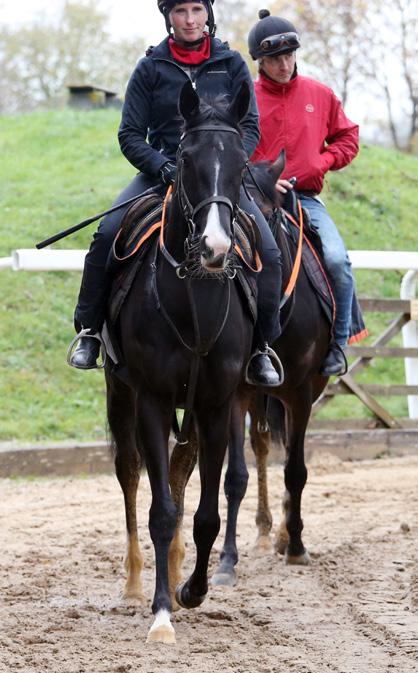
No matter how strong the horse, their head must be in the game to succeed and Scott Anderson explains how the gut plays a vital role in this.
Paull Khan expands upon a presentation he gave at the European Parliament explaining how EMHF will play a vital role to support the importance of welfare in racehorses.
36 Investing in All-Weather racing
Catrin Nack delves into the All-Weather racing scene in Germany, France, UK and Ireland and the investments being made for its longevity. 44 The importance of the Sacroiliac joint
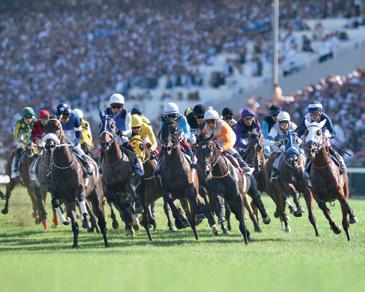
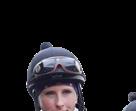
Annie Lambert talks to Dr. Michael Manno about dilemmas the Sacroiliac joint can pose and how to deal with these. 50
Daragh Ó Conchúir examines the vital role of ‘pre-trainers’ in Irish National Hunt racing and their growing influence in producing ready-to-run horses. 60
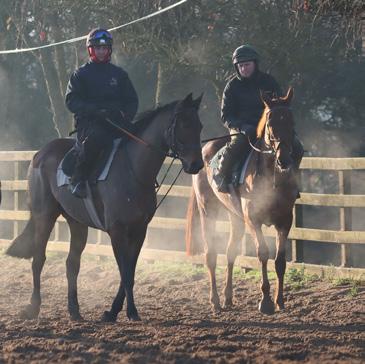
Artificial Intelligence tools are fast developing within the racing industry. Alysen Miller explores how they are being used for selecting yearlings at the sales.
66 Racing
Paull Khan explores the true scale of the Thoroughbred industry in Turkey which is widely underestimated. 72 The Chehboub’s
John Gilmore tells us how the Chehboub family are developing the Haras de Beaumont to become a major player in the French breeding and racing scene. 78
With horses being one of the most internationally travelled species, Victoria Colgate and Richard Newton talk about the very real and present threat of equine infectious diseases’. 83 Product Focus
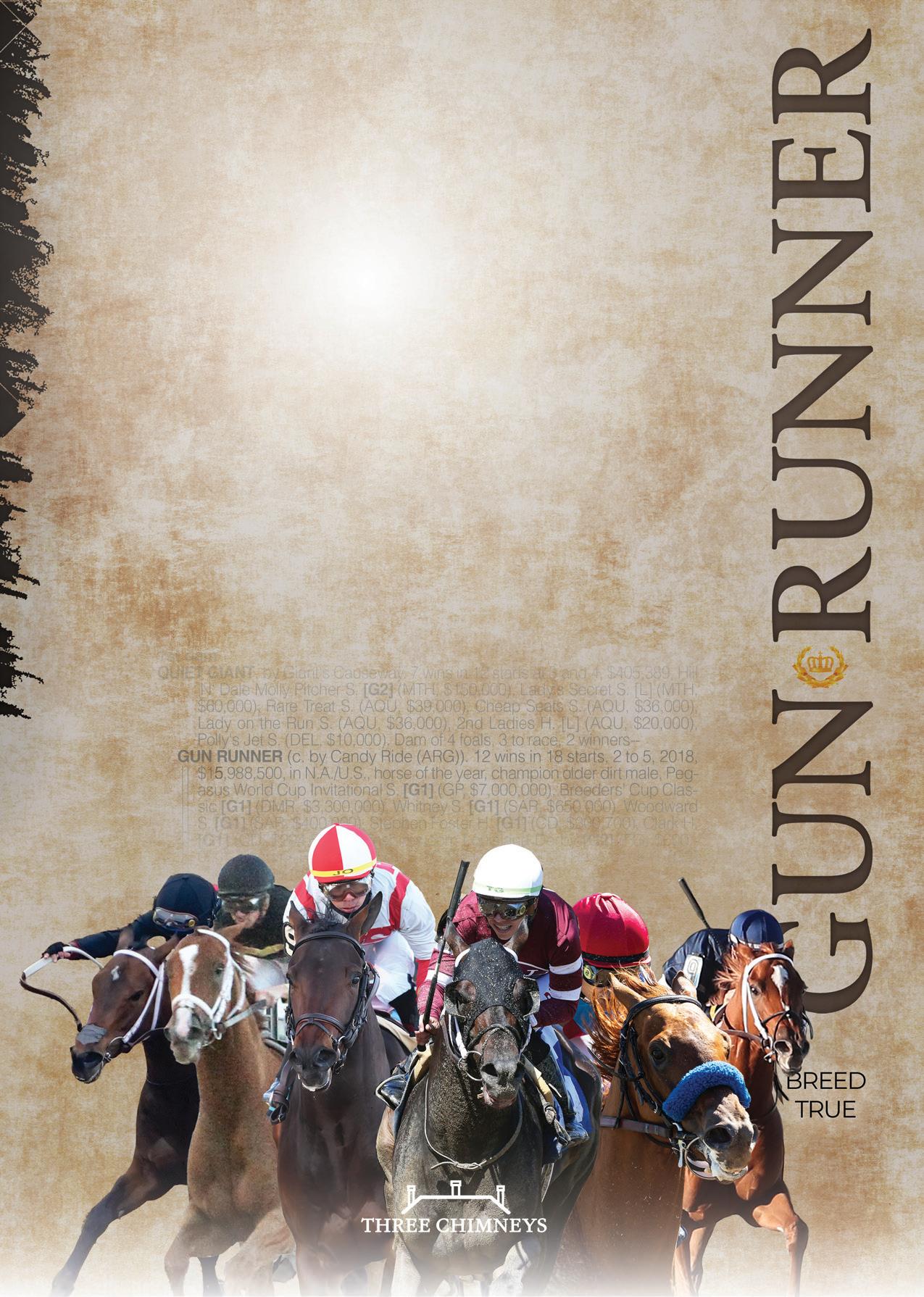
Giles Anderson
Sub-Editor
Jana Cavalier
Design/Production
Damian Browning
Advert Production
Lauren Godfray
Circulation/Website
Helen MacPhail / Lauren Godfray
Advertising Sales
Giles Anderson
Cover Photograph
Frank Sorge / GaloppFoto.de
Scott Anderson is a scientist and consultant for the supplement industry. He is also a science writer who wrote The Psychobiotic Revolution with John Cryan and Ted Dinan of University College Cork, published by National Geographic. He regularly writes for Psychology Today, New Scientist, and a column called Psychobiotic for Substack
Victoria Colgate, MA VetMB MSc MRCVS qualified from the University of Cambridge in 2014. After graduating she completed a Junior Clinical Training Scholarship in Equine medicine and surgery at the Cambridge Equine Hospital before working in a busy polo practice in Ascot. She joined Rossdales Equine Hospital in June 2017 as the Margaret Giffen Resident in Clinical Research, where in addition to carrying out research projects and driving forward the practices’ application of evidence-based medicine, she also studied for an MSc in Veterinary Epidemiology and Public Health. In July 2022 she joined EIDS, working as a Veterinary Epidemiologist. She has a strong interest in the care and welfare of sports horses, in particular with regard to global prevention of the emergence, and spread, of infectious diseases.
John Gilmore is a photojournalist based in Chantilly. His work regularly appears on websites such as, thoroughbredracing.com and bloodhorse.com. Gilmore attends all the major Parisian meetings throughout the year and at Deauville during the summer months.
Trainer magazine is published by Anderson & Co Publishing Ltd.
This magazine is distributed for free to all ETF members. Editorial views expressed are not necessarily those of the ETF. Additional copies can be purchased for £8.95 (ex P&P). No part of this publication may be reproduced in any format without the prior written permission of the publisher.
Printed in the European Union
For all editorial and advertising queries please contact: Anderson & Co. Publishing Tel: +44 (0) 1380 816777 Fax: +44 (0) 1380 816778 email: info@trainermagazine.com www.trainermagazine.com Issue 80
Paull Khan PhD is an international horseracing consultant. He is a member of the Executive Council of the International Federation of Horseracing Authorities (the global peak body for Thoroughbred racing) and Secretary-General of the European and Mediterranean Horseracing Federation. His other clients include the British Horseracing Board. Previously, Dr Khan held many senior roles at Weatherbys, including Banking Director and Racing Director.
Annie Lambert is a photojournalist based in Temecula, California. She grew up enjoying many facets of the equine industry with her veterinarian father, Dr Willard D Ommert, and mother, Pat North Ommert, who is an inductee of the National Cowgirl Hall of Fame. Anne has been involved in many aspects of the thoroughbred racing industry, rode hunters and jumpers as well as reined cow horses.
Alysen Miller is a writer, editor and producer based in London. She has written about racing for publications including The Sunday Times. She launched and produced CNN International’s first dedicated horseracing magazine show, Winning Post. She has ridden on the Flat as an amateur and currently competes in eventing on her retrained racehorse, Southfork.
Catrin Nack became hooked with racing when she watched Zauberer ploughing through the mud to win the German Derby in 1978 and has missed only two editions since. She ventured into racehorse-ownership in 1994, and this horse, a mare, is still with her at the tender age of 29. Catrin and her husband have been running several syndicates, mainly with homebred horses, and continue to breed in partnerships. She joined the German racing newsletter Turf-Times as a freelance writer in 2010 and has been contributing about English and Irish racing, with a focus on National Hunt, ever since.
Richard Newton BVSc MSc PhD FRCVS After several years in mixed practice Newton joined the Animal Health Trust, the headquarters of British racing, where he acquired a breadth of experience in the epidemiology, surveillance and control of a range of equine infectious diseases. He was Director of Epidemiology and Disease Surveillance and Acting Director of Research at the Trust when it closed in 2020. Richard and his immediate team were retained by the UK Thoroughbred racing and breeding industry and a permanent new home has now been found for Richard and the Equine Infectious Disease Surveillance (EIDS) team at the University of Cambridge where they continue to provide global disease surveillance and advice on disease prevention strategies and management of outbreaks.
Daragh Ó Conchúir is a freelance media professional with more than 30 years’ experience of writing and broadcasting in sport, covering a multitude of disciplines and roles for a variety of national and regional organisations. An author of four books, nominee as HWPA Racing Writer of the Year (for Irish and UK racing writers) and reporter for TG4’s acclaimed Rásaí Beo racing coverage.

















































































































































































































































































































































































AIMS and OBJECTIVES of the ETF:
a) To represent the interests of all member trainers’ associations in Europe. b) To liaise with political and administrative bodies on behalf of European trainers. c) To exchange information betweenmembers for the benefit of European trainers. d) To provide a network of contacts to assist each member to develop its policy and services to member trainers.
a) To represent theinterests of allmembertrainers’ associationsinEurope. b) To liaise with politicaland administrative bodies on behalf of European trainers. c) To exchange information betweenmembers forthe benefitofEuropeantrainers. d) To provide anetwork of contacts to assist each member to developits policyand services to member trainers.
CHAIRMANSHIP:
Chairmanship:
Guy Heymans (Belgium)
VICE CHAIRMANSHIP:
Paul Johnson (United Kingdom)
Vice Chairmanship:
tel: +32 (0) 495389140 email: heymans1@telenet.be
GuyHeymans (B elgium)
Tel:+32(0)495389140 Email: heymans1@telenet.be
VICE CHAIRMANSHIP:
Christian von der Recke (Germany)
TREASURERSHIP:
Ryan McElligott (Ireland)
NicolasClément(France) Tel:+33(0)344572539 Fax:+33(0)344575885 Email:entraineurs.de.galop@wanadoo.fr
tel: +44 (0) 1488 71719 fax: +44 (0) 1488 73005 email: p.johnson@racehorsetrainers.org
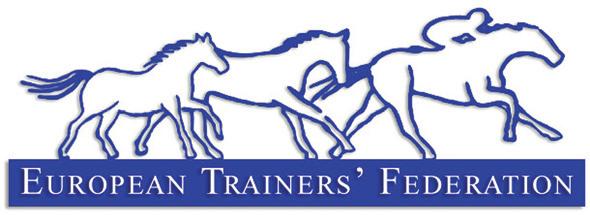
Mrs Ži Prunk
Tel: +38640669918 Email: ziva.prunk@gmail.com
CZECH REPUBLIC
Joseph Vana
tel: +42 (0) 602429629 email: horova@velka-chuchle.cz
Joseph Vana
Tel:+42(0)602429629 Email: horova@velka-chuchle.cz
FRANCE
Gavin Hernon
tel: +33 (0)7 87 16 02 48 email: contact@aedg.fr
Aggeliki Amitsis
Tel:302299081332+ Email: angieamitsis@yahoo.com
GERMANY
GERMANY
ErikaMäder
Erika Mäder
Tel:+49(0)2151594911 Fax:+49(0)2151590542
Email: trainer-und-jockeys@netcologne.de
tel: +49 (0) 2151594911 fax: +49 (0) 2151590542 email: trainer-und-jockeys@netcologne.de
Vice Chairmanship: Christianvon derRecke (Germany) Tel:+49(02254)845314 Fax:+49(02254)845315 Email: recke@t-online.de
Treasureship: MichaelGrassick(Ireland)
tel: +49 (0)2254 845314 fax: +49 (0)2254 845315 email: recke@t-online.de
tel: +353 (0) 45522981 mobile: +353 (0) 872588770 fax: +353 (0) 45522982 email: office@irta.ie
Tel:+353(0)45522981 Mobile:+353(0)872588770 Fax:+353(0)45522982 Email:office@irta.ie
UNITEDKINGD OM
ITALY
Ottavio Di Paolo tel: +39 328 355 95 81 email: ottaviodipaolo@gmail.com
Mr Botond Kovács Email: botond.kovacs@kincsempark.hu ITALY
Agostino Affe Email: affegaloppo@gmail.com
NETHERLANDS
Geert van Kempen mobile: +31 (0) 620402830 email: renstalvankempen@hotmail.com
Geert van Kempen
Mobile: +31 (0)6 204 02 830 Email: renstalvankempen@hotmail.com
NORWAY
Are Hyldmo
Mobile: +47 984 16 712 Email: arehyldmo@hotmail.com
Tom Lühnenschloss mobile: +47 (0) 46445345 email: lynet3108@yahoo.no
www.trainersfederation.eu
Rupert Arnold Tel:+44(0)148871719 Fax:+44(0)148873005 Email: r.arnold@racehorsetrainers.org
Jaroslav Brecka email: jaroslav.brecka@gmail.com
RUSSIA
Olga Polushkina Email:p120186@yandex.ru
SWEDEN
Jessica Long
email: jplong@live.se
Jaroslav Brecka
Email: jaroslav.brecka@gmail.com SWEDEN CarolineMalmborg
Email: caroline@stallmalmborg.se
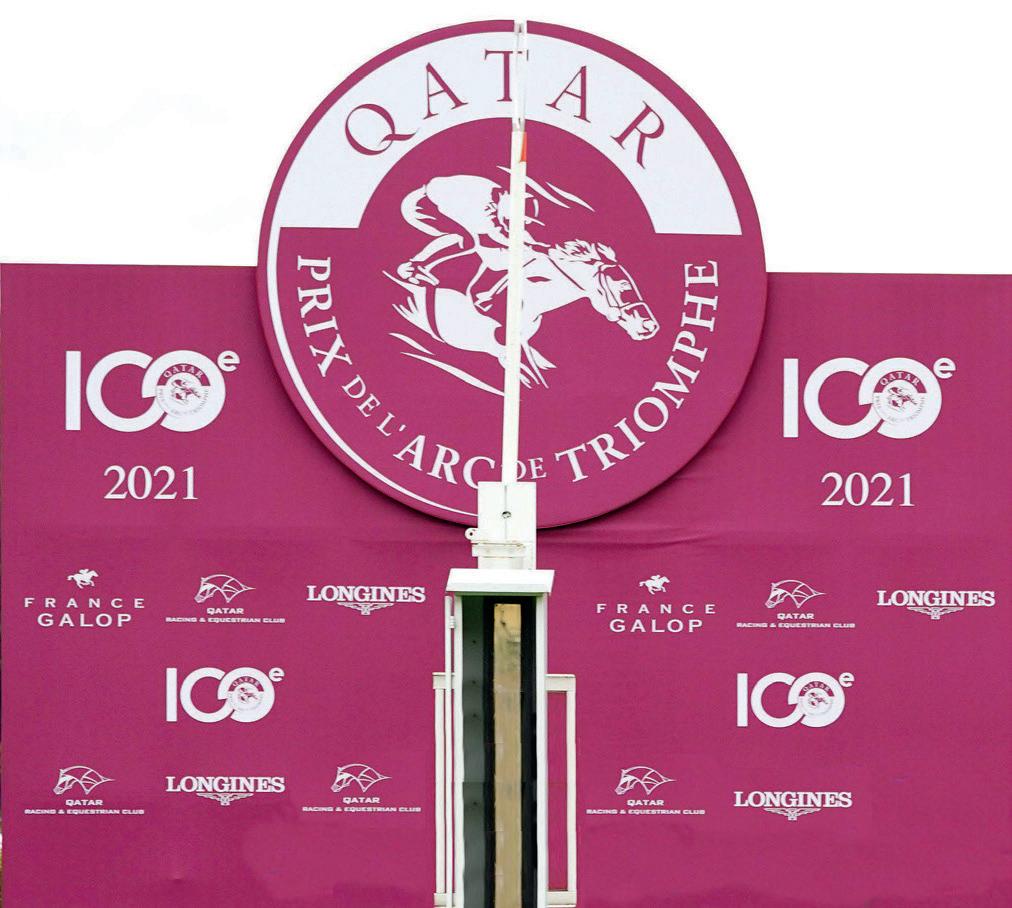
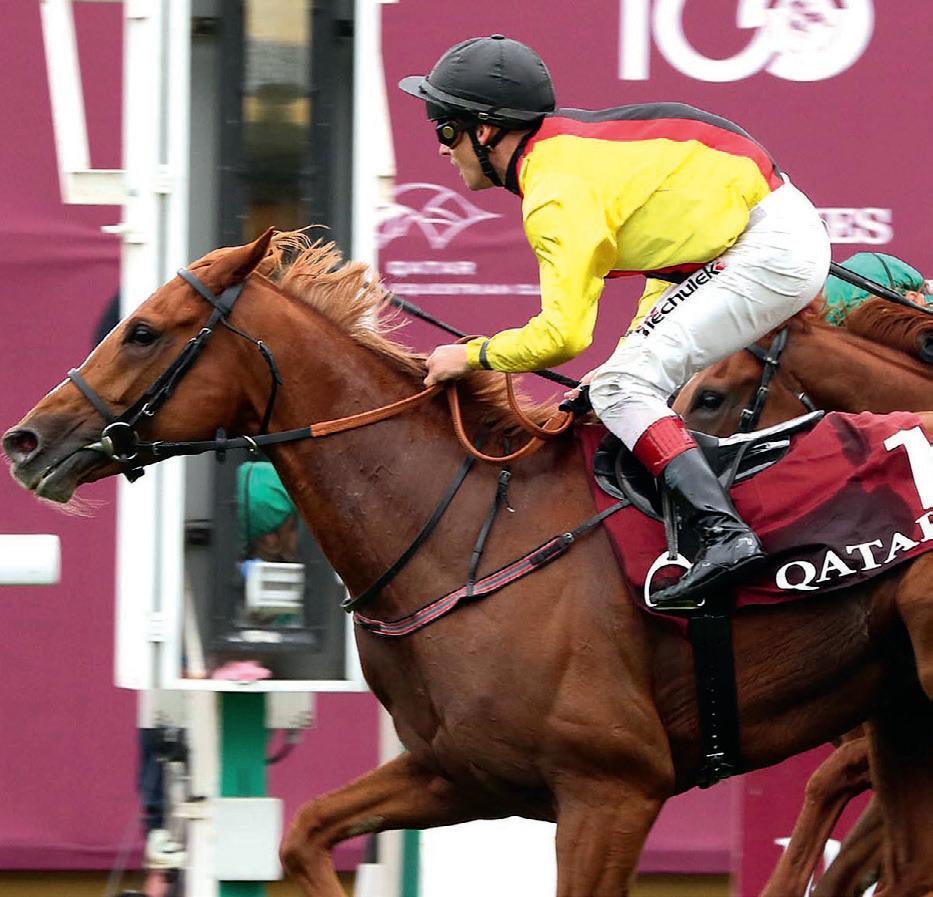


The TopSpec Trainer of the Quarter award has been won by Sir Mark Prescott. Prescott and his team will receive £1,000 worth of TopSpec feed, supplements and additives as well as a consultation with one of their senior nutritionists.
Giles Anderson GaloppFoto.deHeath House Stables in Newmarket has been the only yard our deserved TopSpec Trainer of the Quarter, Sir Mark Prescott, has trained from during his fifty–three years with a training licence.
Britain’s longest serving trainer has produced many horses at the highest level. Consider the fact that he operates with a self imposed limit of fifty horses under his care at any given time and his record seems even more impressive.
Over time, Prescott has worked closely with many leading owner breeders – none more so than Kirsten Rausing. Over the years, they have produced the likes of
Albanova and Alborada to score at the highest level.
In 2019 a filly named Alpinista, made her racecourse debut on July 18th at Epsom. The debut was a winning one. Prescott wouldn’t necessarily be a trainer you would associate with winning debutantes, so many took note of this performance. The Racing Post reported that Alpinista; “dwelt, in touch in 5th, slightly green when asked for effort over 2f out, soon closed to lead over 1f out, pushed clear, unchallenged after”.
It would be fair to say that the five horses who finished behind her, haven’t exactly set the form book alight since.
ABOVE: Sir Mark Prescott and Alpinista with groom Annabel Willis, owner Kirsten Rausing and jockey Luke Morris after winning the Qatar Prix de l’Arc de Triomphe at ParisLongchamp racecourse, 2022.
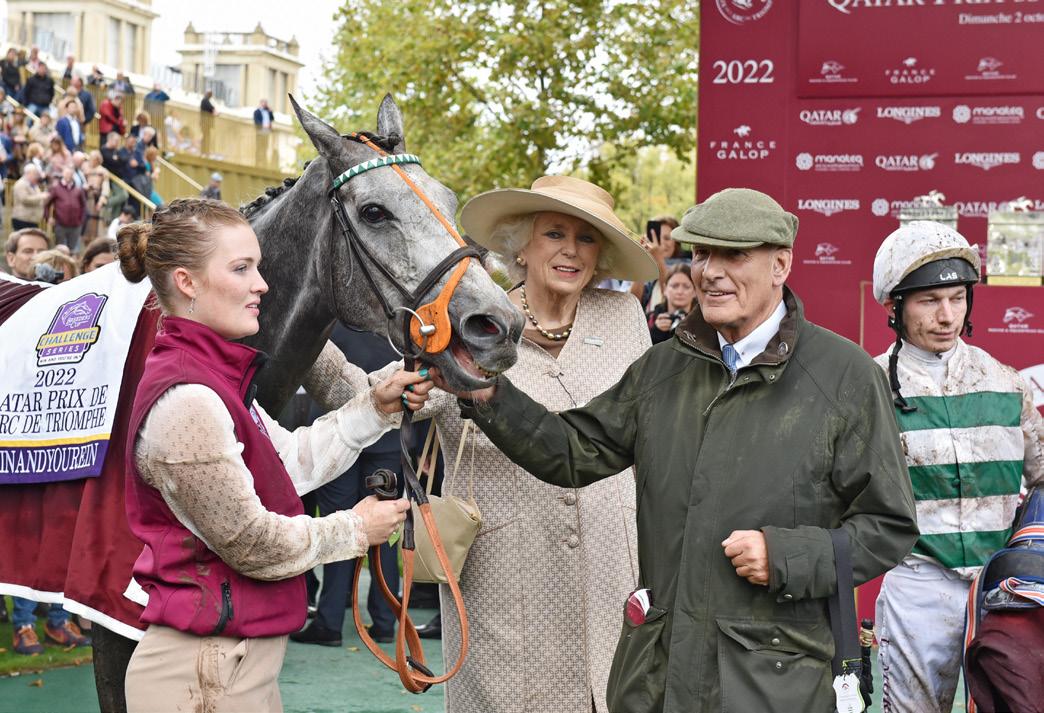
The same can’t be said for Alpinista. Her subsequent start at Goodwood in August (2019) proved to be her only start where she finished out of the first four – when finishing 6th in the Gp.3 Prestige Stakes.
Winning ways resumed the following August (2020) when scoring in the Listed Upavon Fillies Stakes at Salisbury.
In 2021 Alpinista dominated the German Gp.1 races, with victories in the Grosser Preis von Berlin, the Preis von Europa and the Grosser Preis von Bayern.
Prescott, has always been a devotee of the European Pattern, looking further afield to pick up (in his own words) “cheap black type” for the fillies in his care. But little did he know when Alpinista beat Torquator Tasso and Walton Street in the Grosser Preis von Berlin what impact this race would have and cement Alpanista as the filly of her generation.
Walton Street ran two places better on his next start in Toronto when a fascicle 5 3/4 length winner of the Gr.1 Pattison Canadian International.
Torquator Tasso went onto frank the form in a duo of Gp.1 races – the prestigious Grosser Preis von Baden before a ‘shock’ win in the Prix de l’Arc de Triomphe.
The only person who probably wasn’t suffering from shock on the first Sunday in October 2021 was Sir Mark Prescott – he now knew he now had a serious filly in his care.
When the actual plan was hatched to aim Alpanista for the 2022 running of the Arc de Triomphe one will never know. But one can safely bet that by the time the 2022 Pattern Book dropped through the letterbox at Heath House Stables, Prescott had already worked out her plan for 2022. Fast forward to the build up for the 2022 Arc and anyone who has enjoyed the shere entertainment of Prescott’s company will have enjoyed the build up for the race. With Prescott providing a level of light relief, regaling stories of previous voyages to France and the
disappointment of defeat that most such ventures result in.
But in Alpanista’s victory in the 2022 Arc de Triomphe we got to celebrate the victory of two of the greatest proponents of the European Pattern in Sir Mark and Kirsten Rausing.
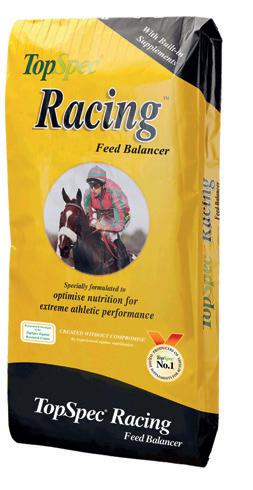
Alpanista was retired in November to embark on her next career as a broodmare at Lanwades Stud.
Her final race record reads as; 15 starts, 10 victories – with 6 in Gp.1 company – coming in three different countries. Quite a record.
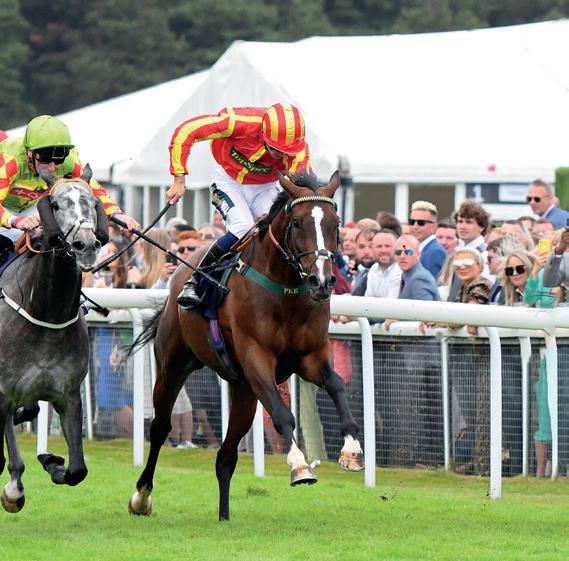
THE ONLY
PROBABLY WASN’T
IN
2021 WAS SIR MARK PRESCOTT – HE NOW KNEW HE NOW HAD A SERIOUS FILLY IN HIS CARE.”
Compared with leading European racing nations, Germany’s figures are very small indeed. Roughly 2200 horses, trained by 70 licenced trainers are trained here. With a big chunk trained by a chosen few – think Marcus Klug, Henk Grewe, Andreas Wöhler or Peter Schiergen – the numbers for smaller stables become smaller still.
Few trainers train more than 100 horses at the best of times; the ‘powerhouse’ yards with 150+ or even 200+ horses – which are so common nowadays in England, Ireland and France – are simply non-existent in a racing country constantly punching above its weight.
As does Sarah Steinberg, no pun intended.
Sarah Steinberg’s official training list comprises 26 horses, three of which are her own. This is small even by local standards. Sarah Steinberg makes no excuses: “I do not want to train more than 35 anyway.” Small, but brimming with quality, it is quality horses that she strives to train. “My owners do not want runners in low (rated) handicaps, and for them I do not want that either. We think big and aim big”
Steinberg is a salaried trainer, employed by the RTC Rennpferde Trainings-Center GmbH. The name behind the entity is that of Hans-Gerd Wernicke, a 93-year-old manufacturer of quality sleeping systems.
His company Wenatex was founded in Salzburg, and it is under that name that his horses race. Stall Salzburg has 13 horses in training – thus comprising 50% of Steinberg’s inmates.
A further five are owned by Brümmerhof Stud, a major ownerbreeder and supporter of German racing. Famous as the breeder of Danedream – and infamous for selling her early in her 2yo season – Brümmerhofs Gregor Baum just closed his own private training facility in Hannover. His link to Sarah Steinberg could well point
to her future. But let’s look back into her already remarkable journey in racing before we dare to look into the future.
Sarah Steinberg is 34 years old, with no family ties in racing whatsoever. Her aunt kept Arabian horses, and early memories consist of watching the Germany Derby on TV; but she can’t recall her first Derby winner, “I wasn’t really interested, and I certainly did not catch fire early on.” Animals – horses and dogs – were part of her upbringing; and while circumstances were traumatic, the following story is early proof of the unusual dedication and commitment to the creature. “My father had a very serious accident. He was hospitalised for months and had to spend long weeks in rehabilitation after. This meant I had to look after the 30 Huskies (we owned) for more than a year, otherwise they would have been given away.” Steinberg was just eight years old.
She was given a holiday on a pony farm for a job well done after, and it was then that her fascination for horses took root.
Her education with horses was classic and western style. Racing came into her life by default rather than design. Yet again, it certainly wasn’t love at first sight.
With her parents pressing for a solid education, her growing passion for horses got in the way. A small local permit holder with eight horses – Steinberg had answered an advert in a local (non-racing) paper – could not provide the structure they desired.
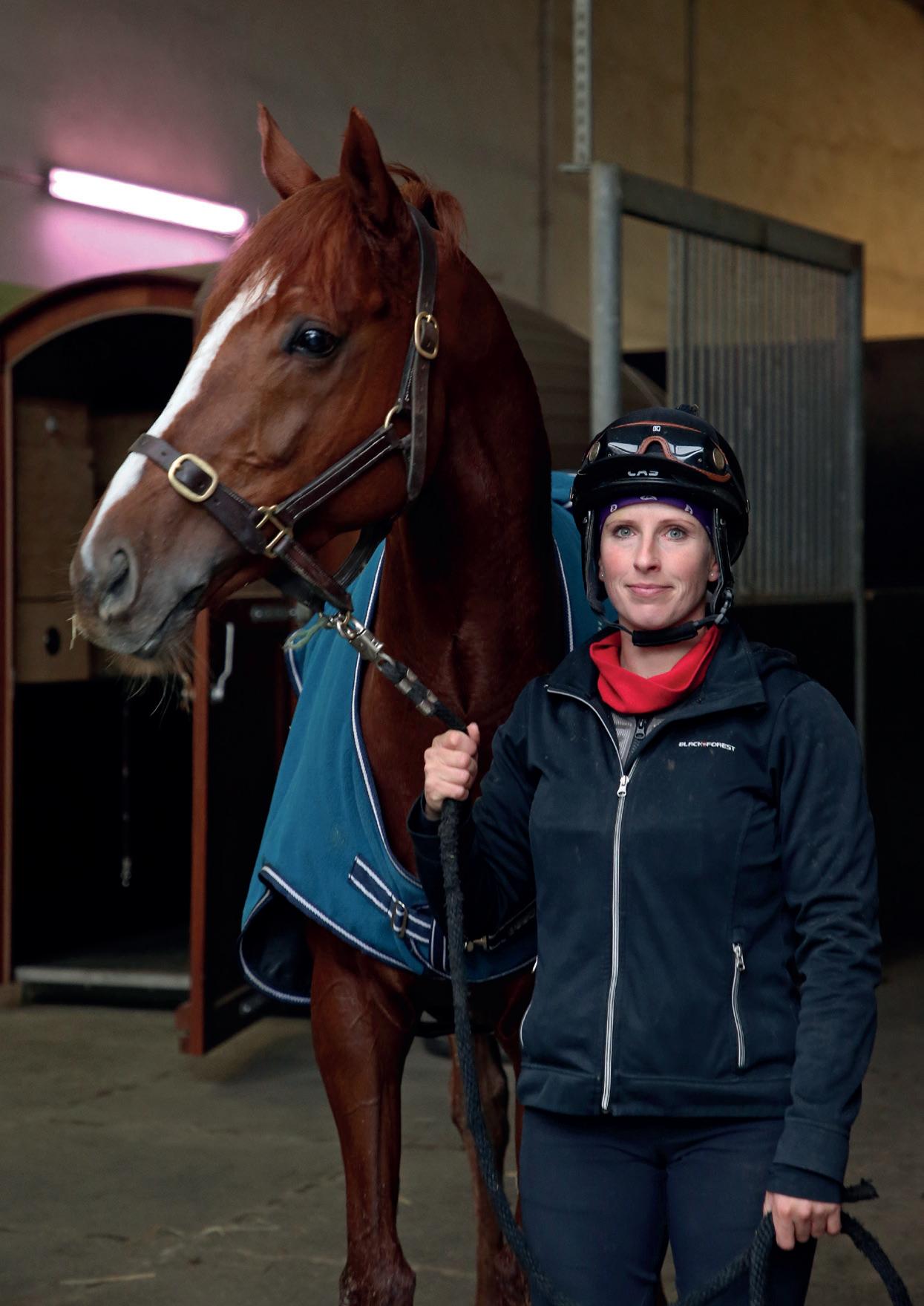

But Germany’s formal education system – even in racing – led to a visit to Cologne, still the administrative centre of German Racing. Here she was taken on by Andreas Trybuhl, son of a racing family and the first proper trainer who spotted her talent. Steinberg was on her way.
Well, sort of. It wasn’t that Deutscher Galopp had waited for a young female rider, with fancy ideas at that. Steinberg rode in a couple of races. Nineteen rides and two wins are hardly the stuff of legends. She then plied her trade as a work-rider — in big yards.
Leaving Trybuhl, she worked for Peter Schiergen, had a short stint with Marcus Klug and was riding out for Jens Hirschberger when he trained Adlerflug. But Steiberg was still ‘just’ a workrider nonetheless.
When the opportunity came, Steinberg grabbed it with both hands. Enter Hans-Gerd Wernicke. By the time their paths crossed, Wernicke had been an owner for nine years, with group performer Poseidon Adventure and the wonderful Gp1 winner Night Magic – both trained in Munich by Wolfgang Figge.
Figge retired at the end of the 2015 season, and Wernicke was on the lookout for a new trainer. Again, it was an advert that changed the course of Steinberg’s life.
“I thought I really had nothing to lose. But I had nothing to recommend me either – no references, no proper job description to boost. After all, I was only a work-rider.” Wernicke liked what he read – liked even better what he heard when Steinberg detailed her ideas about training and didn’t ponder for long. It didn’t take Steinberg long to prove just how good of a choice she had been, either.

It wasn’t that Wernicke approached his new, young trainer with starry eyes. He was prepared to give her a chance, but at first it was with horses for whom she was second choice – horses from other yards, who for whatever reason didn’t, or couldn’t, fulfil their potential.
Night Wish, in March 2016, was her first winner as a fully fledged trainer; he was only the second starter she sent out. Better was to come when Night Wish again read the script and became her first pattern scorer when taking the Grand Prix de Vichy (Gp3) later that year.
In seven full seasons Steinberg has now, at home and abroad, trained 124 winners, 14 of them Group winners. This year she operated at a nearly 30% winner-to-starter ratio in her native Germany. She has trained a Classic winner in Fearless King (German 2000 Guineas, Gp2) – the first female trainer to do so in Germany – and Mendocino, was her first Gp1 winner, when scoring in Germany’s most prestigious open-age Gp1, the Großer Preis von Baden this past September.
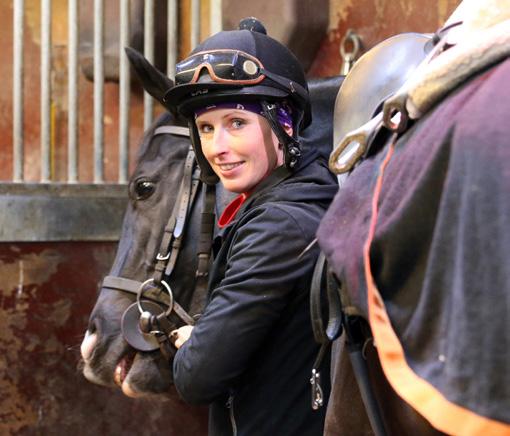
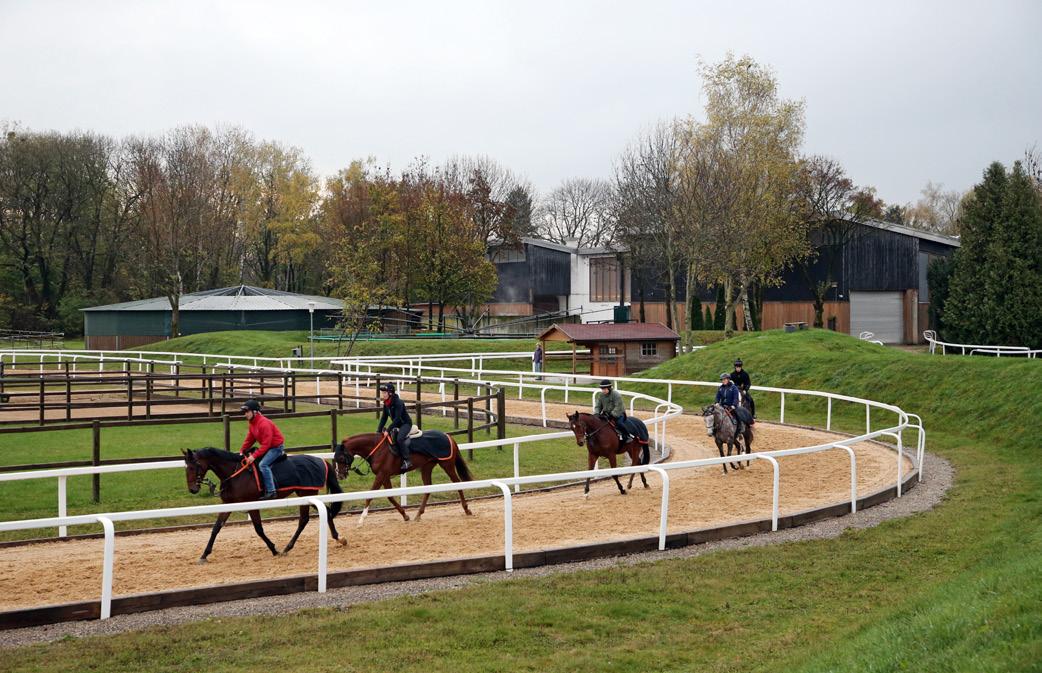


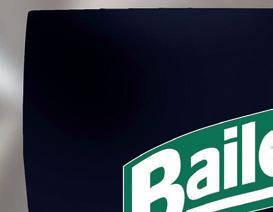
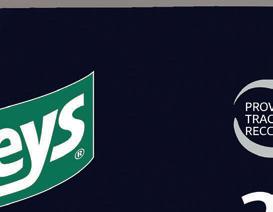

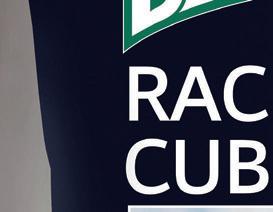

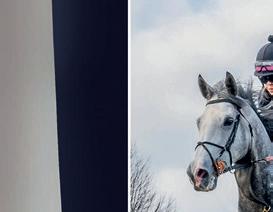
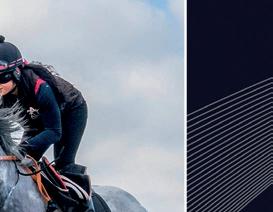

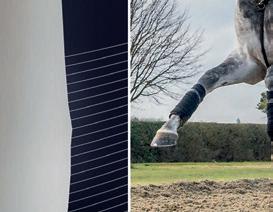
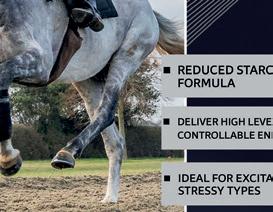
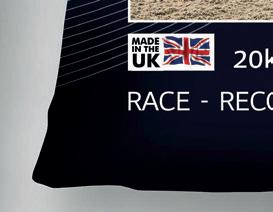
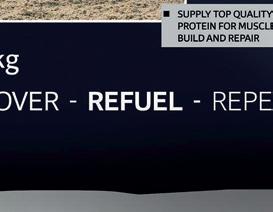

Trainers simply do not come more hands-on than Sarah Steinberg. She rides six lots a day, she grooms, and she drives the horsebox. She even, unique among her peers, leads up nearly all her charges.
Finding good staff is a challenge even she cannot resolve, but Steinberg is the first to admit she isn’t easy to work for either. “I expect a lot and cannot tolerate mediocrity. I had to learn that I simply cannot expect employees to work as hard as I do.”
Invaluable assistance comes in the shape of René Piechulek, of Torquator Tasso-fame. The jockey’s rise to fame is worth its own chapter, but he started riding out for Steinberg at the end of 2017, becoming attached to Stall Salzburg in the process.
With no chances of foreign jockeys, COVID accelerated his rise to salaried stable jockey. And he did become attached, quite literally, to Sarah Steinberg as well; they are life partners now.
“René is invaluable – simply irreplaceable to the yard; I simply could not do it without him. I am the trainer after all, he does as I tell him, but I would be lost without his feedback.” For Steinberg, training horses is a mission. With her background in classic riding, it is small wonder that above-average riding skills are essential for her staff.
“Horses need to use their backs, and they can only do this if they bend their necks properly. So much damage is done when horses do not use themselves right.”
On average, her horses are ridden about an hour a day, with an additional four hours spent in one of the six (four grass) paddocks. Daily, that is.
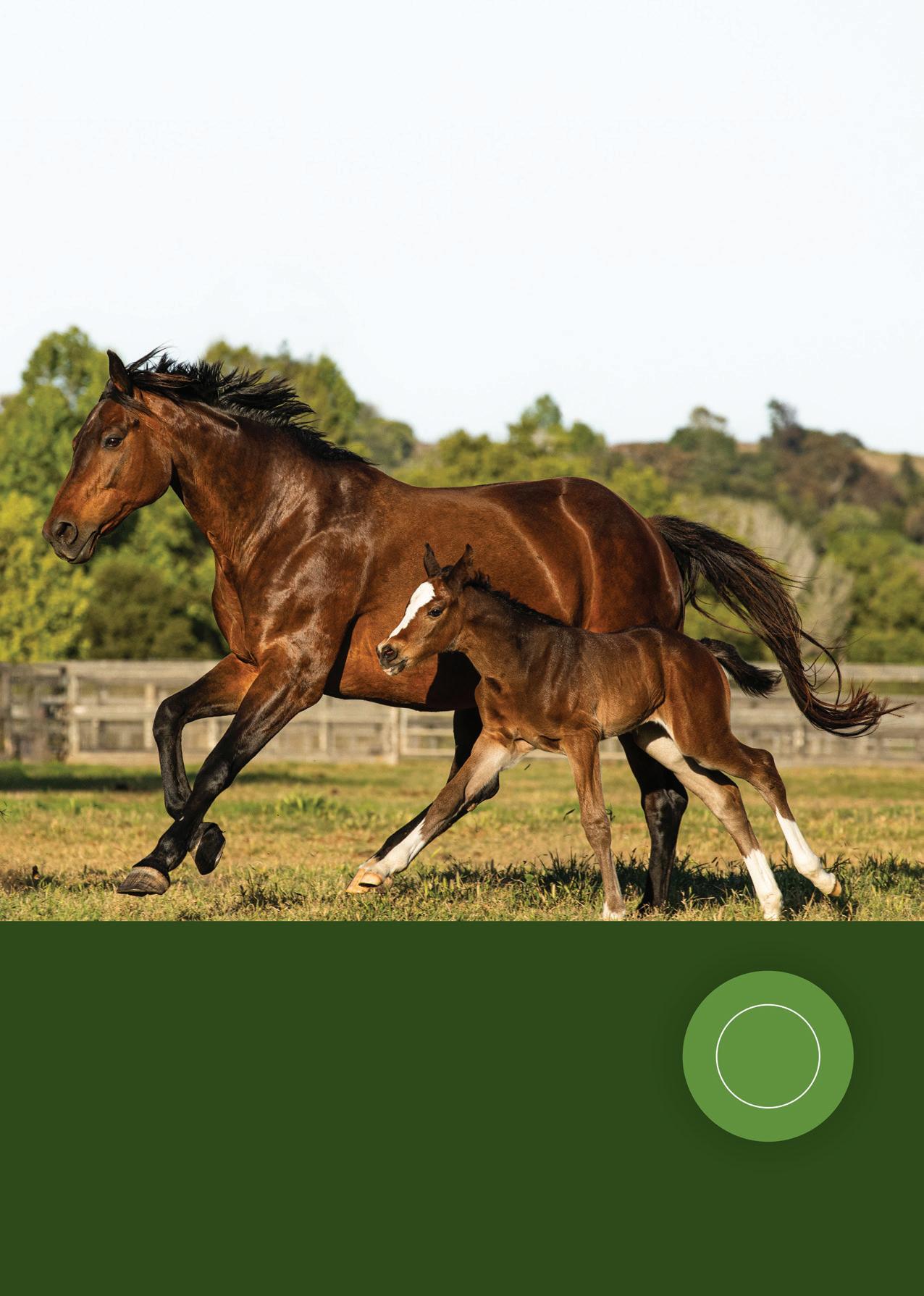
With few exceptions, racehorses in Germany are trained directly on the racecourse – Munich in Steinberg’s case – a base she cannot praise highly enough.
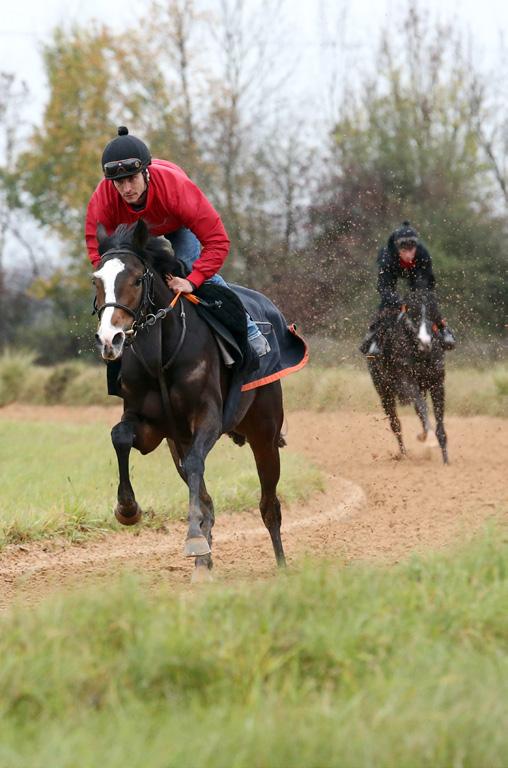
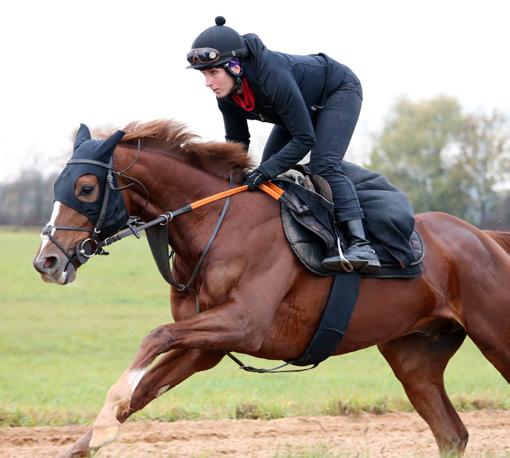
Crucially, Munich’s training centre is right next to the track itself with long and well-maintained grass and sand gallops, and with only a handful of trainers sharing those facilities.
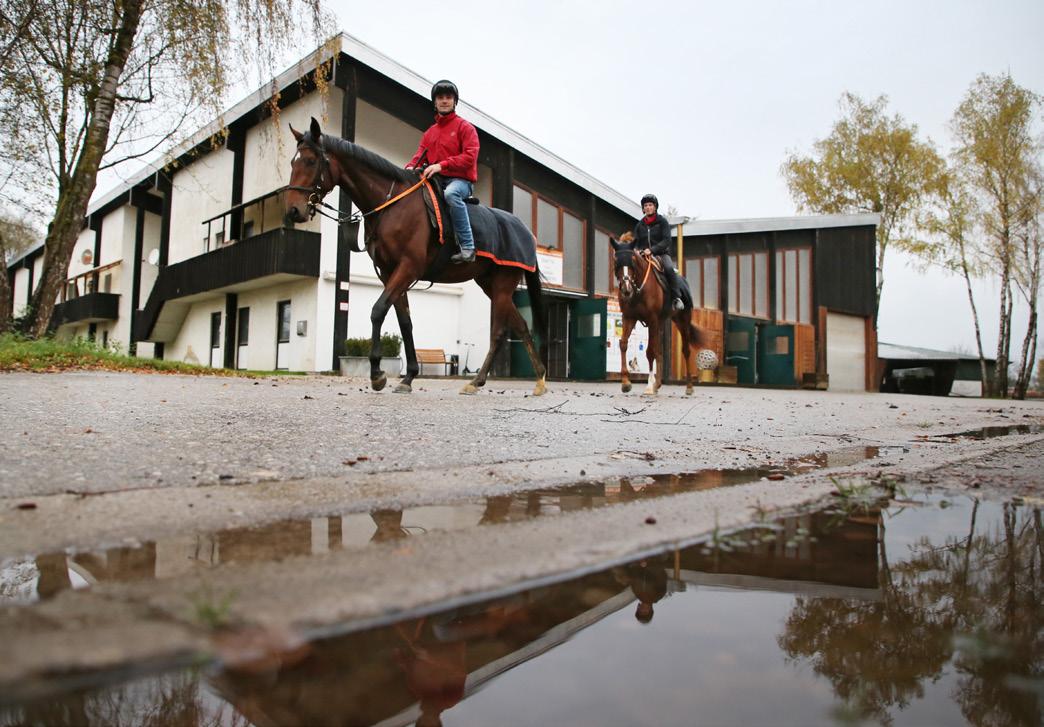
“René is invaluable – simply irreplaceable to the yard; I simply could not do it without him.”

Wernicke’s generous approach and competitive nature developed just what Steinberg wanted in their own stables. “I really have everything I need; it’s top class. I have my private trotting ring; there is a covered hall. I have a salt box, which I use to great effect, and two solariums. The open country next to the training tracks is another plus; we have choices and can give the horses a change of scenery.”
She works closely with her trusted vets and a chiropractor, not to mention a top-class farrier. Conveniently, the RTC GmbH comes with a racing secretary too, so the time Steinberg has to spend in the office is very limited indeed.
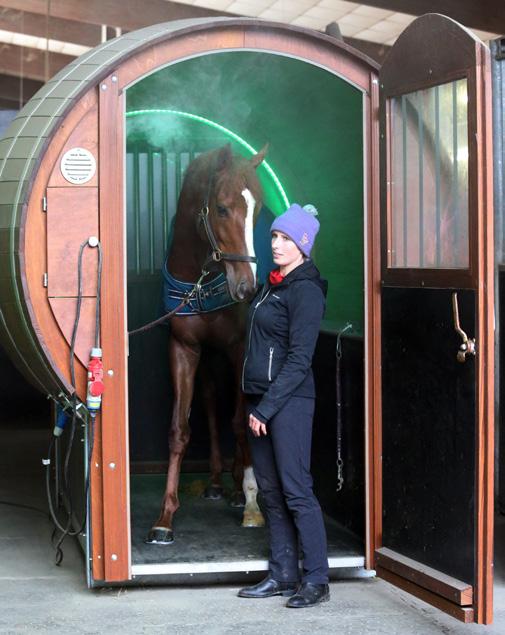
“Really, I would never want to work self-employed. My system simply would not work with all those pressures attached.” Individuality is the key. “Of course, the basic work is the same for all horses, but the individuality starts creeping in once horses start showing their quirks. We love to get to the bottom of problems and want to bring the best out of every horse in our care.”
Remarkably, three of her 26 inmates have a German GAG (rating) of 90 or higher – roughly 106 plus in international ratings. Nowadays, Steinberg is responsible for selecting youngsters at the sales. Wernicke is a racing man and not a breeder.
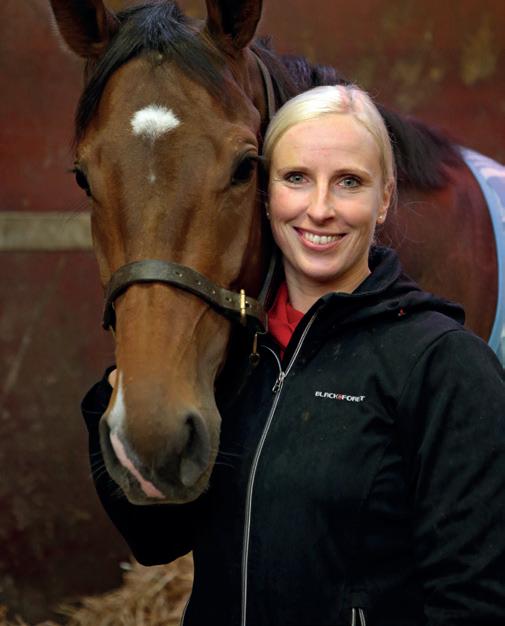
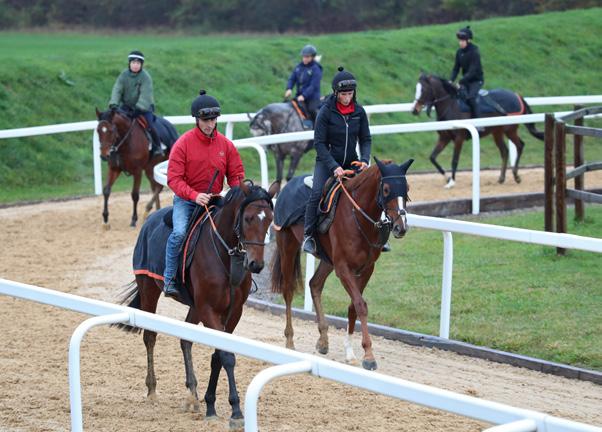
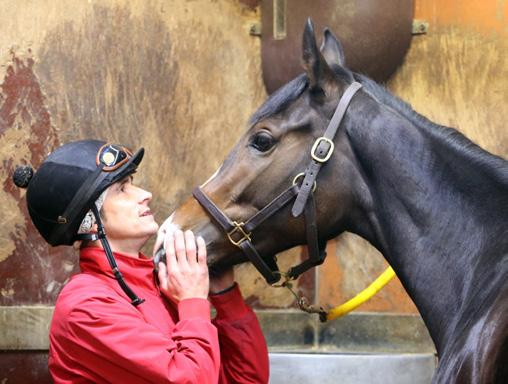
The stable’s flagbearer for the last couple of years has been the above-mentioned Mendocino, bred by Brümmerhof Stud and a son of the late Adlerflug.
Selected by Steinberg, he represents all she looks for in a horse. “I look at horses, not pedigrees. In fact, I couldn’t care less about the breeding. I need to see the horse’s personality. I try to read their eyes, and how they play with their ears tell me something too. They need to be alert – lively. I don’t like the docile ones. A shorter back and strong back hands are essential to me, but I can forgive small mistakes if I feel the attitude is right. After all, it’s all down to their character and their will to win.”
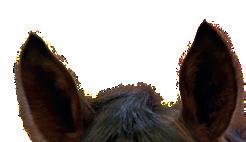
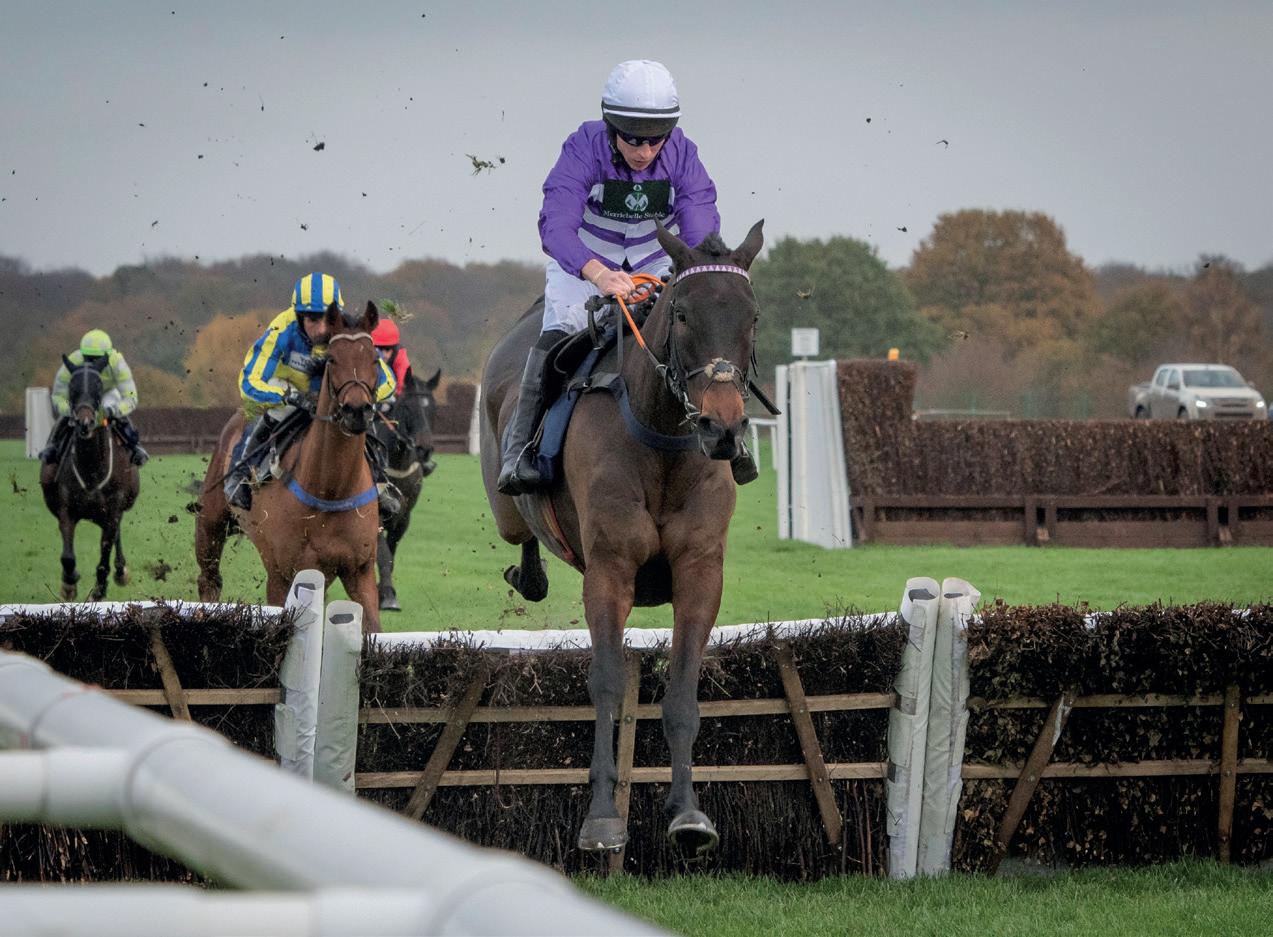

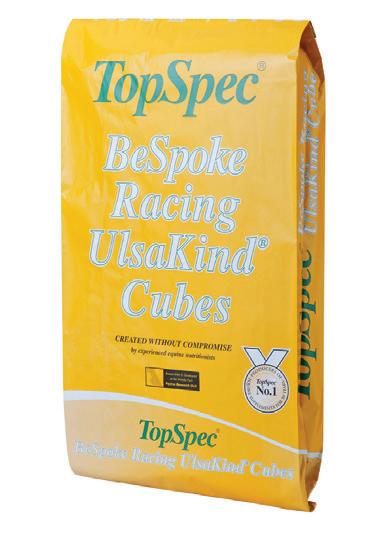
Offspring of the much missed sire Adlerflug, present their own challenges, but in Mendocino, Steinberg has found a horse of a lifetime.
The now 5yo has won three races from 11 starts and has provided Steinberg with that all-important win at the highest level, and he did take his team to Paris Longchamp on the first Sunday in October.
“I am accredited as his ‘lass’ and ride him myself every morning.” She rejects the notion that surely she will not lead him up when competing in a big race.
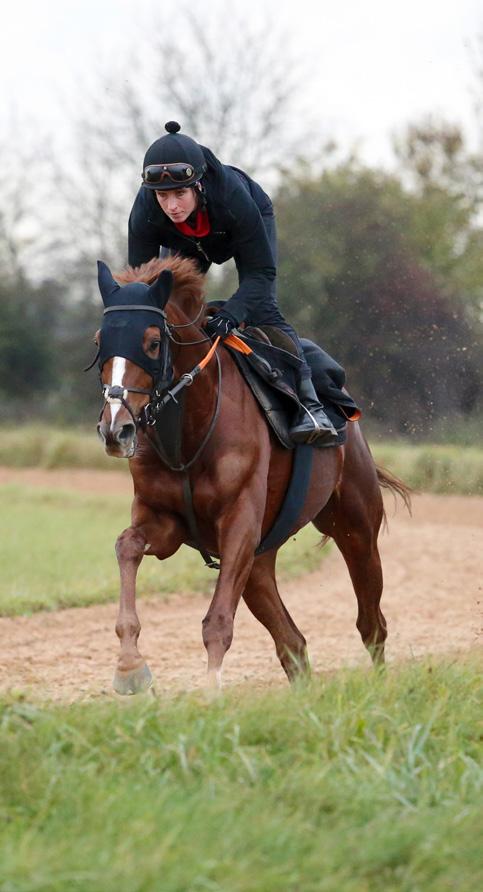
“Of course I will,” she muses. Steinberg has lost count of the winner’s ceremonies she missed because of her role as a ‘lass’ –something Wernicke had learned to accept. “He was a bit miffed when I kept skipping the ceremonies because I wanted to be with the horse after the race, so I pointed out that it’s better to have those winners and no trainer, or not so fast horses. He can see the humorous side now.”
The whip-debate and animal welfare put extra pressure on German racing. Steinberg has a clear view on both: “The whip
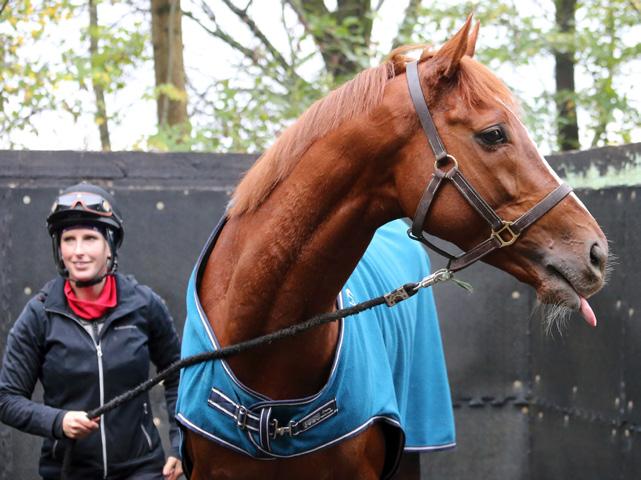
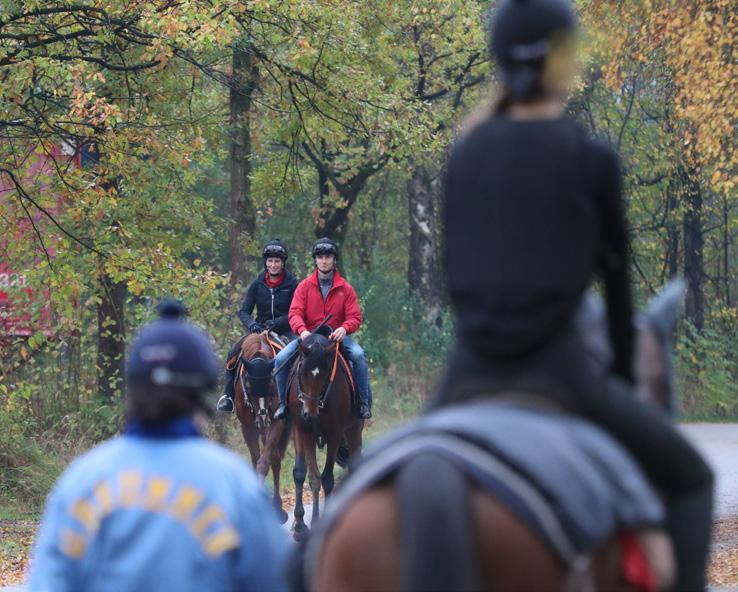
is essential – a life-saver for riders. With the short stirrups, we need it to correct but never to abuse. We need strict rules and even stricter penalties. As for animal welfare, I am in the game because I like horses – we all do. We like them, and we want the best. Performance is no cruelty to horses, and I firmly believe the majority of racehorses couldn’t be better cared for. There are black sheep in all walks of life, and much more must be done to educate about the good work that is done away from the public eye.”
Steinberg is realistic enough to wonder what the future holds, even though Wernicke shows no signs of stopping. The recent trip to Hong Kong (with Mendocino) came at Wernicke’s insistence and was Germany’s sole representative.
There is no happy ending to report, as Mendocino proved worth his billing as a “character.” After behaving beautifully in the preliminaries, he reared in the starting stalls and refused to jump with the field – the first time he has shown such antics. But Steinberg wouldn’t be Steinberg if she wouldn’t rise to this challenge too.
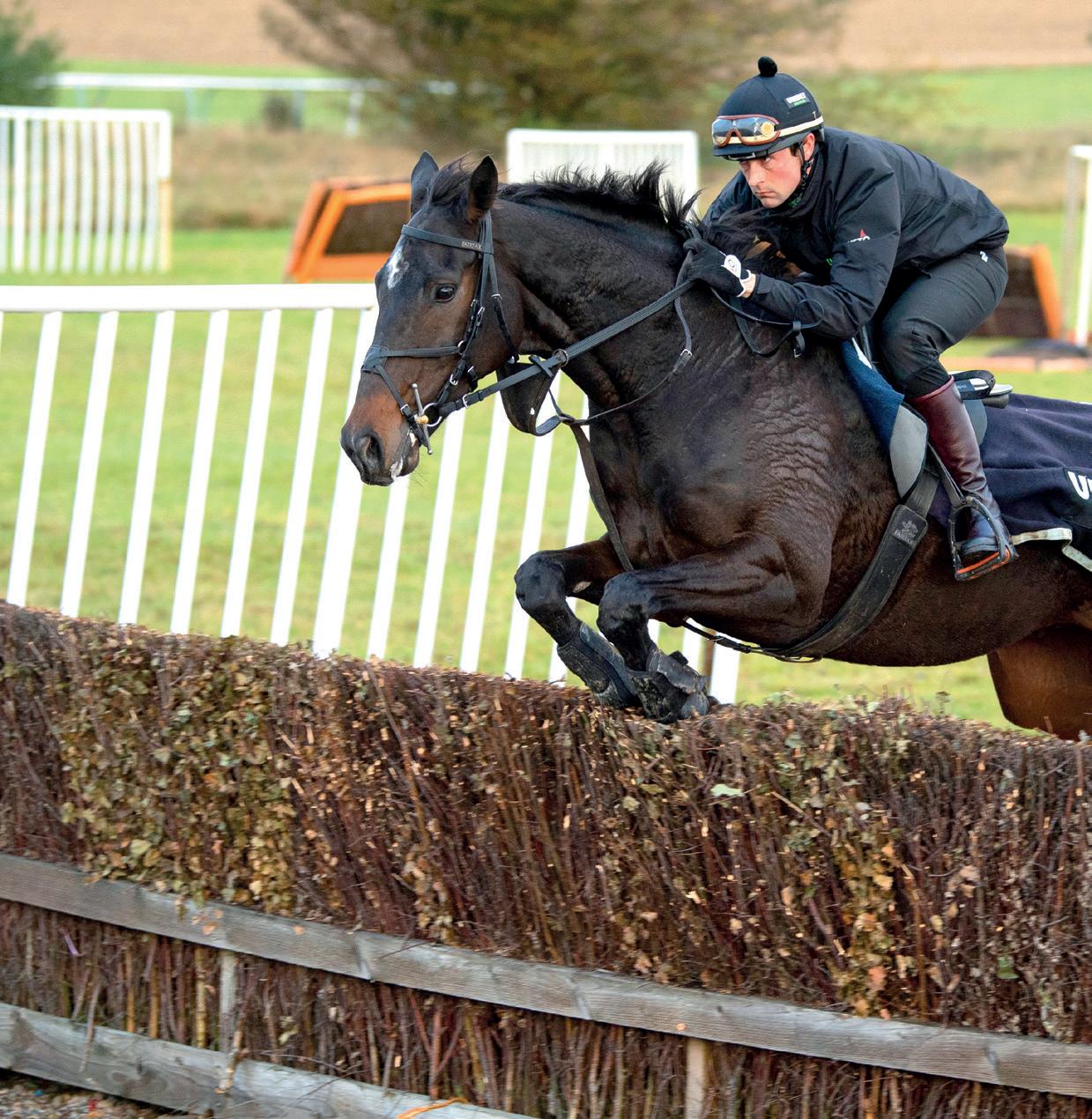
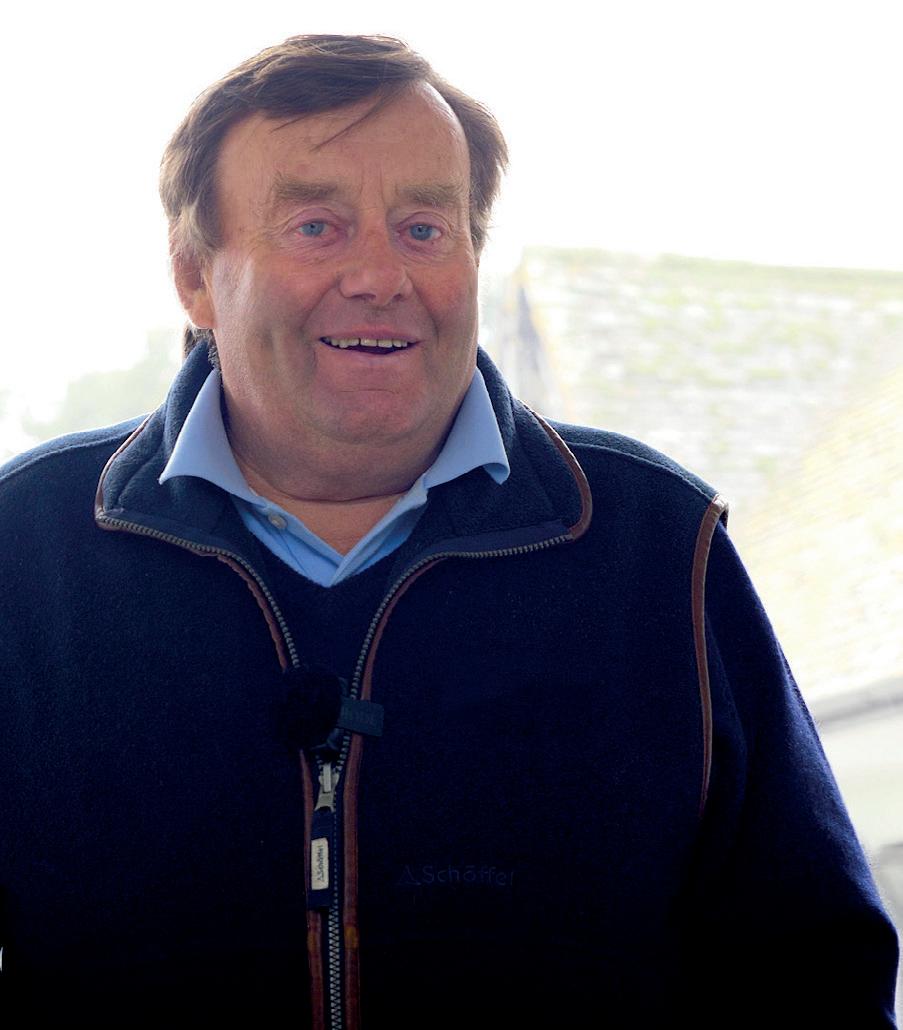
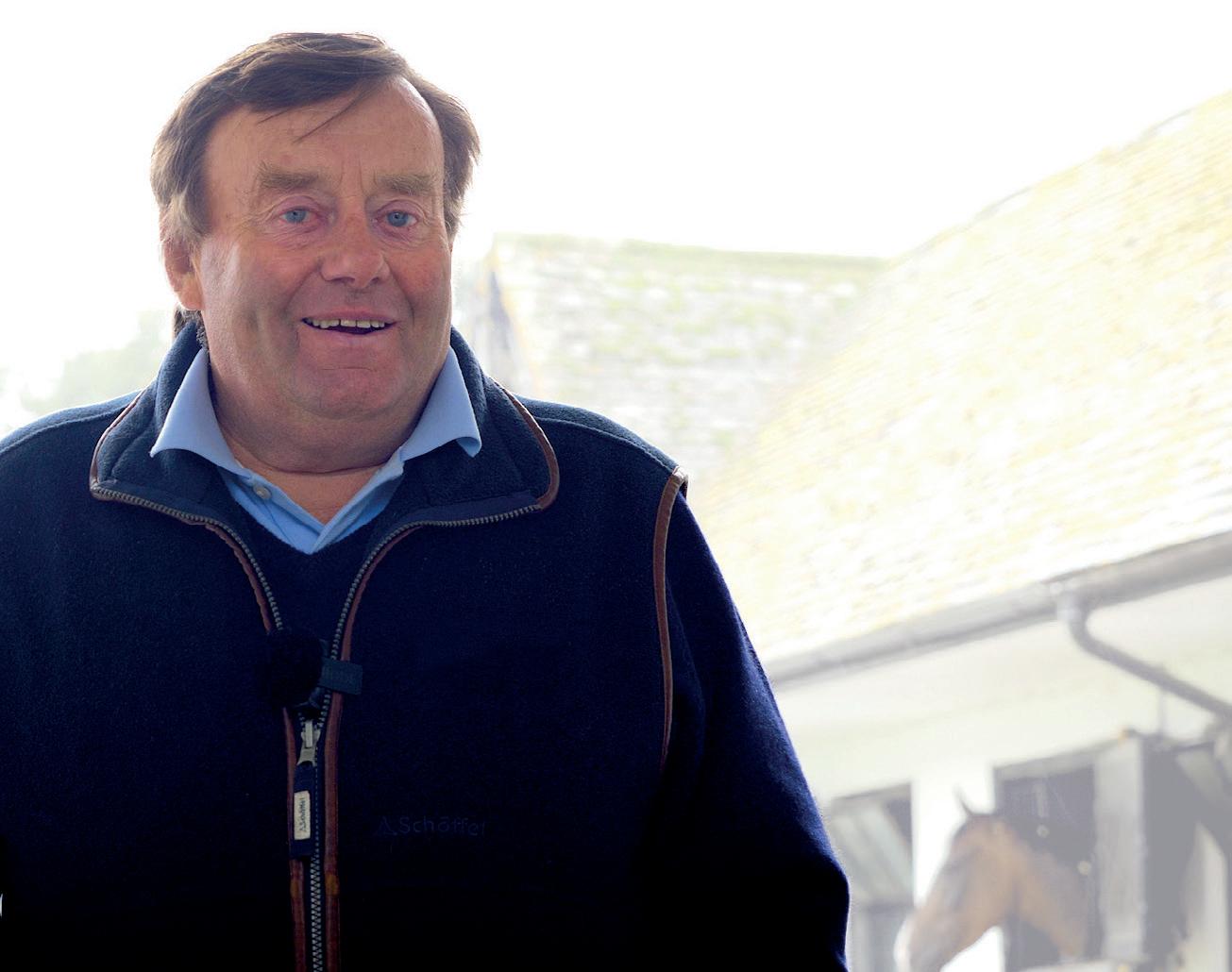
“I’ve noticed my horses move better in Fairfax Saddles”
Trainers are always looking to gain an edge in performance. But what about their mental state? Are they jittery, distracted or disinterested? No matter how strong the horses, their heads must be in the game to succeed.
Surprisingly, much of that mental attitude is driven by gut health, which in turn depends on the collection of microbes that live there: the microbiota. In a horse, the microbiota is a tightly packed community of about 100 trillion microbes, composed of bacteria, archaea, fungi and protozoa. It colonises the entire GI tract but is largely concentrated in the hindgut, where it works to ferment the prebiotic fibre in forage. The microbial fermentation of fibre into fatty acids produces 70% of the animal’s energy requirements and without it, the horse couldn’t get sufficient energy from simple forage. Intriguingly, byproducts of that fermentation can affect the brain.
It is easy to be sceptical about this gut-brain connection, but over the last decade, research has made it clear that gut microbes have an outsized influence on mood and behaviour. Microbes that improve mental state are called psychobiotics, and they may completely change the way you train and manage your horses. A horse’s health – and consequently its performance – starts in the gut.
When the microbiota is unbalanced by stress, diet or sickness, it is said to be dysbiotic. It loses diversity, and a handful of bacterial species compete for domination. Without the pushback of a diverse population, even beneficial bacteria can become pathogenic. Surprisingly, that can affect the brain. Multiple studies in various animal models have shown that transmitting faecal matter from one animal to another also transmits their mood. This demonstrates that a dysbiotic microbiota can reliably cause mental issues including anxiety and depression, thereby affecting performance.
An important function of the microbiota is to fight off pathogens by outcompeting, starving or killing them. However, a dysbiotic microbiota is less diligent and may permit pathogens to damage the gut lining. A degraded gut lining can leak, allowing bacteria and toxins into the bloodstream. The heart then unwittingly pumps them to every organ in the body, including the brain. This makes the gut the primary source of infection in the body, which explains why 80% of the immune system is located around the intestines. Over time, a leaky gut can lead to chronic systemic inflammation, which weakens the blood-brain barrier and interferes with memory, cognition and mood.
Inflammation is a major component of the gut-brain connection, but not the only one.
“Diligence is the mother of good luck.” – Benjamin Franklin

RIGHT: The HPA axis produces cortisol in response to stress.
Cortisol inhibits the immune system, which in combination with a leaky gut allows pathogens to enter the bloodstream. Subsequent systemic inflammation and vagal feedback lead to stereotypies.
Horses and humans use neurotransmitters to communicate between nerve cells. Brains and their attendant nerve bundles constitute a sophisticated network, which makes it somewhat alarming that microbes also produce neurotransmitters. Microbes use neurotransmitters to converse with each other, but also to converse with their host. The entire gut is enmeshed in nerve cells that are gathered up into the vagus nerve that travels to the brain. Microbial neurotransmitters including serotonin and dopamine thus allow certain microbes to communicate directly with the brain via the vagus nerve. We know this happens with specific bacteria, including Lactobacillus species, because when the vagus is severed, their psychobiotic effects disappear.
As well as neurotransmitters, hormones are involved in gut-brain communications. The hypothalamus-pituitaryadrenal (HPA) axis controls the stress response in animals. The hypothalamus is located low in the brain and responds to stressors – such as a lurking predator – by producing hormones that stimulate the neighbouring pituitary, which then triggers the adrenal gland to produce cortisol, the stress hormone. Cortisol acts as a threat warning and causes the horse to ramp up glucose production, supplying the energy needed to escape a predator. This is the same hormonal circuit that trainers exploit for racing.
The HPA axis produces cortisol in response to stress. Cortisol inhibits the immune system, which in combination with a leaky gut allows pathogens to enter the bloodstream. Susequent systemic inflammation and vagal feedback lead to stereotypies.
The production of these hormones redirects energy to the heart, lungs and muscles at the expense of the immune system. From an evolutionary point of view, the tradeoff makes sense: first escape the predator and deal with infections later. After the danger has passed, cortisol causes the HPA to return to normal – the calm after the storm.
However, continued stress disrupts that cycle, causing anxiety and diminishing the brain’s ability to store memories. This can dramatically interfere with training. Stress can also induce the release of norepinephrine, which promotes the growth of pathogenic bacteria including Campylobacter jejuni, Listeria, Helicobacter pylori, and Salmonella. Prolonged high cortisol levels can increase gut leakiness, potentially leading to infection and further compounding the situation. In the long term, continued stress leads to systemic inflammation, which is a precursor to problematic behaviours.

When microbes consume proteins and fibre, they break them down into their constituent molecules, such as amino acids, fatty acids and sugars. These are the metabolites of the microbes. As well as neurotransmitters and hormones, the gut-brain conversation is mediated by metabolites like butyrate, an important short-chain fatty acid which plays multiple roles in the body.
In the gut, butyrate serves as a preferred nutrient for the cell lining. It encourages the differentiation of stem cells to replenish gut cells that are routinely sloughed off or damaged. It plays an important role in the production of mucus – an essential part of gut protection – which coats the gut from mouth to anus. In the muscles, butyrate boosts the growth of skeletal muscle, crucial to athletic performance, as well as inducing the production of glucose, the primary muscle fuel. One-quarter of systemic glucose is driven by butyrate. In its gut-brain role, butyrate passes through the blood-brain barrier, where it nourishes and enhances the growth of new brain cells.
These factors make butyrate a star player in the gut-brain connection. They also highlight the benefits of prebiotic fibre, especially when highenergy, low-fibre feeds are provided.
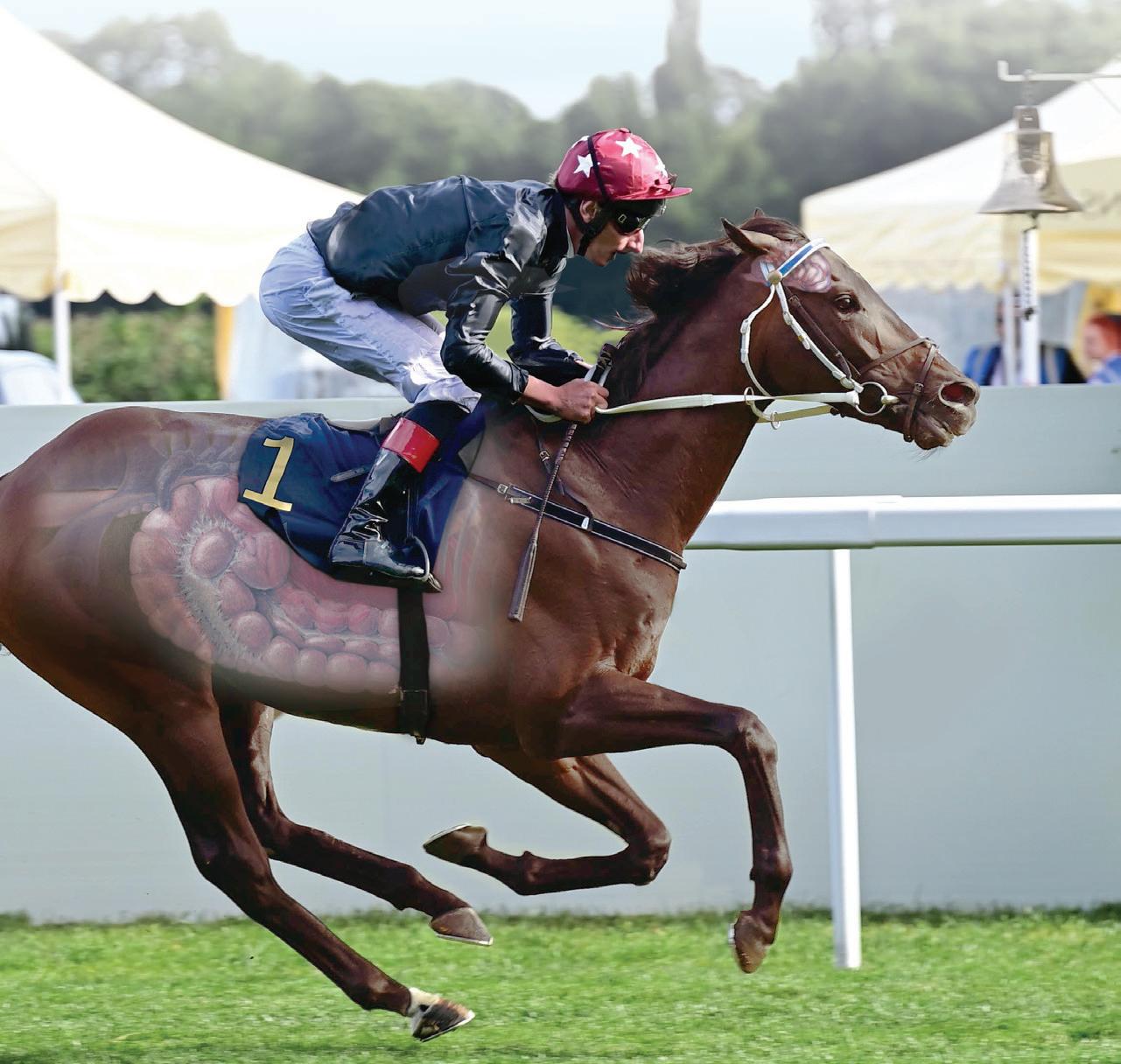
We’ve explored the major pathways of the gut-brain connection: inflammation, neurotransmitters, hormones and fatty acids. Some of these pathways are at odds with each other. How does such a complicated system come together?
As mentioned, the microbiota is an animal’s first line of defence against pathogens, attacking and killing them often before the immune system is even aware of them. That means a healthy microbiota is an essential part of the immune system. However, the immune system is designed to attack foreign cells, which includes bacteria. For the microbiota to survive, the immune system must therefore learn to accept beneficial microbes. This lesson in tolerance needs to take place early in the foal’s development, or its immune system may forever fight its microbiota.
There are multiple ways nature ensures that foals get a good start on a microbiota that can peacefully coexist with the immune system.
Emerging research shows a balanced, diverse microbiota positively impacts the horse’s mood and thinking. Plus, digestive wellness is critical to many aspects of health and performance. Feed SUCCEED once a day, every day for the only natural, scientifically proven, vet-recommended method to effectively maintain the health and balance of the equine gut.

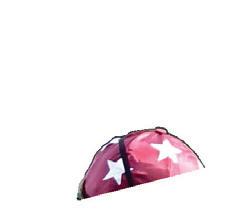
For information, product trial eligibility, and how to buy. succeed-equine.co.uk/gutmind or shughes@freedomhealthllc.com
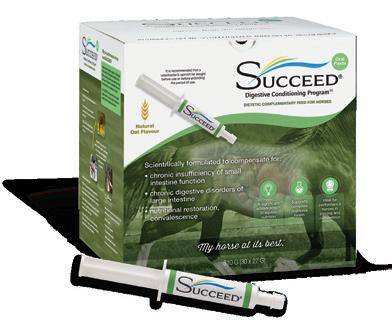
“SUCCEED is a fantastic product that has helped my horses maintain condition throughout the season. The results speak for themselves.”
Jane Chapple-Hyam, Trainer
The horse’s gut is enmeshed in nerve cells which communicate with the brain via the Vagus nerve. Over time, a leaky gut can lead to chronic inflammation, which weakens the blood-brain barrier and interferes with memory, cognition, and mood.
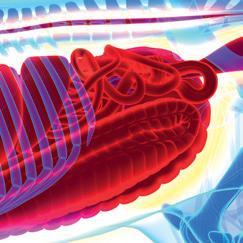
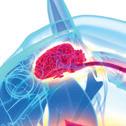
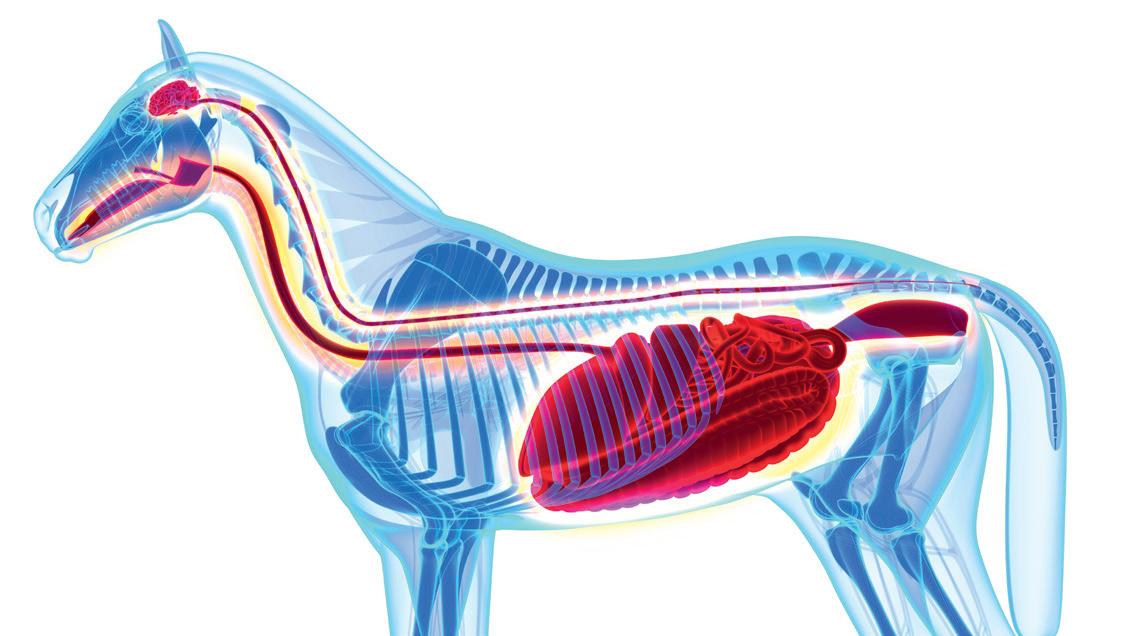
The first contribution to a protective microbiota comes from vaginal secretions that coat the foal during birth. After birth, microbes are included in the mare’s milk. These microbes are specially curated from the mare’s gut and transported to the milk glands by the lymphatic system. Mare’s milk also includes immune factors including immunoglobulins that help the foal to distinguish between microbial friends and foes. An additional way to enhance the microbiota is through coprophagia, the consumption of manure.
Far from an aberration, foals eat their mother’s manure to buttress their microbiota. Microbes affect the growth and shape of neurons in various brain sites as the foal develops – a remarkable illustration of the importance of a healthy early gut microbiota.
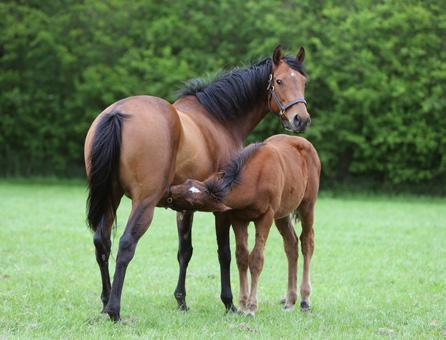
The cooperation between the immune system and the microbiota is inevitably complex. Certain commensal bacteria, including Clostridiales and Verrucomicrobia, may be able to pacify the immune system, thus inhibiting inflammation. This is a case where microbes manage the immune system, not the other way around. These convoluted immunemicrobial interactions affect the mental state – and consequently the behaviour – of the horse, starting at birth.

A 2020 study of 185 performance horses conducted by French researchers Léa Lansade and Núria Mach found that the microbiota, via the gut-brain connection, is more important to performance than genetics. They found that microbial differences contributed significantly to behavioural traits, both good and bad. A diversified and resilient microbiota can help horses better handle stressors including stalling, training, and trailering. A weakened or dysbiotic microbiota contributes to bad behaviours (stereotypies) and poor performance.
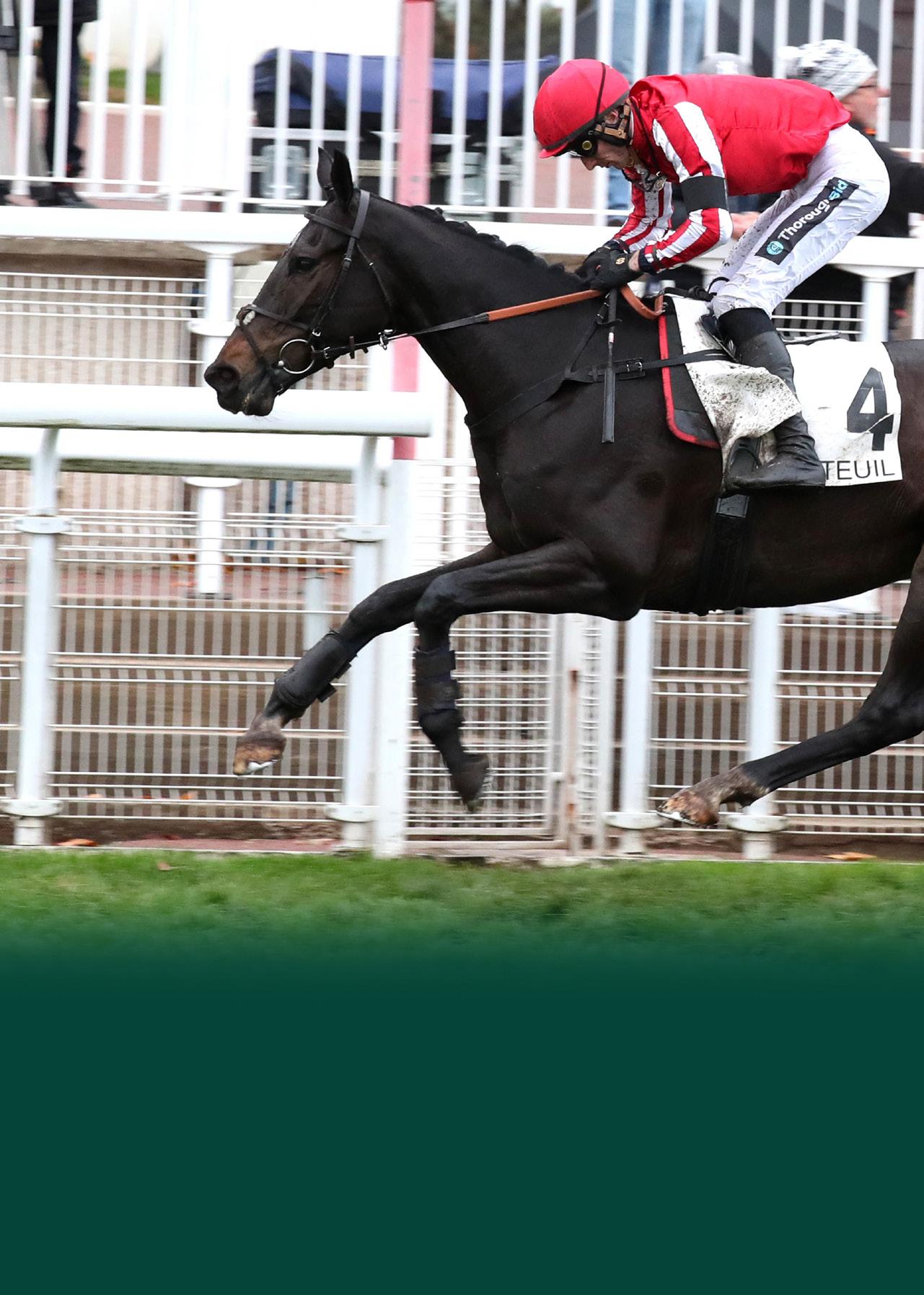
The horses in this study were all carefully managed performance horses, yet the rates of stereotypies were surprisingly high. A kind of anxiety called hypervigilance was observed in three-quarters of the horses, and almost half displayed aggressive behaviour like kicking or biting.
The study found that oral stereotypies like biting and cribbing were positively correlated with Acinetobacter and Solibacillus bacteria and negatively correlated with Cellulosilyticum and Terrisporobacter. Aggressive behaviour was positively correlated with Pseudomonas and negatively correlated with Anaeroplasma
Some of these behaviours can be corrected by certain Lactobacillus and Bacteroides species, making them psychobiotics. That these personality traits are correlated to gut microbes is truly remarkable.
Intriguingly, the breed of a horse has very little impact on the makeup of its microbiota. Instead, the main contributor to the composition of the microbiota is diet. Feeding and supplements are thus key drivers of the horse’s mental state and performance.
THE MAIN CONTRIBUTOR TO THE COMPOSITION OF THE MICROBIOTA IS DIET. FEEDING AND SUPPLEMENTS ARE THUS KEY DRIVERS OF THE HORSE’S MENTAL STATE AND PERFORMANCE.
Congratulations to trainer Tom George and owners Haras De SaintVoir & Richard Kelvin Hughes

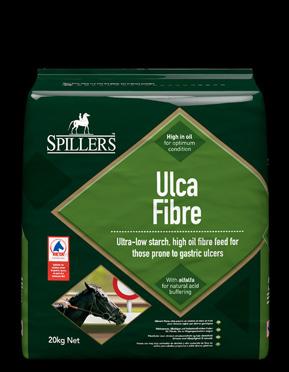
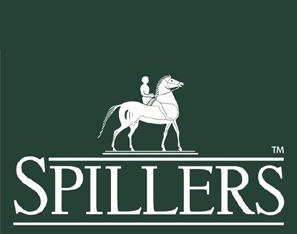
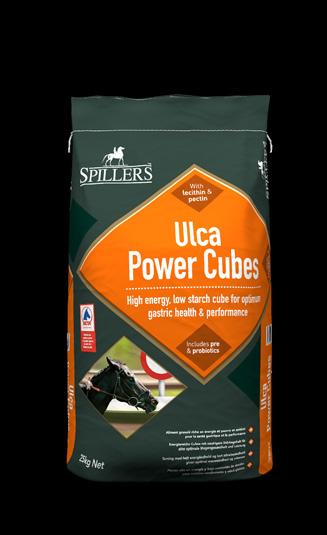
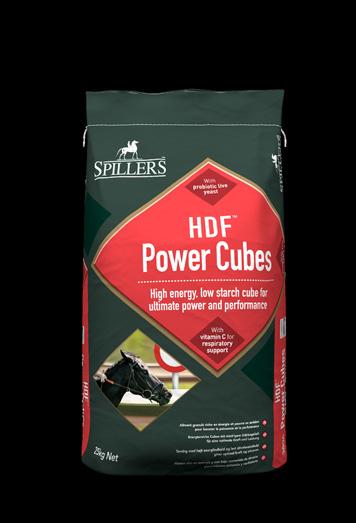

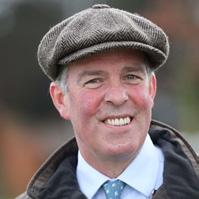

“I have been feeding Spillers for many years now and find they have a good range of feeds to suit all my horses’ needs. It’s a consistent and palatable feed that keeps my horses in top condition & results speak for themselves.”
Exercise has a beneficial effect on the gut microbiota, but overtraining can lead to depression and reduced performance.
How might the gut-brain connection affect your training practices? Here are some of the unexpected areas where the gut affects the brain and vice-versa:
• High-energy feed. Horses evolved to subsist on low-energy, high-fibre forage and thus have the appropriate gut microbes to deal with it. A high-energy diet is absorbed quickly in the gut and can lead to a bloom in lactic acid-producing bacteria, which can negatively impact the colonic microbiota. High-energy feeds are designed to improve athletic output, but over time, too much grain can make a horse antisocial, anxious and easily spooked. This can damage performance—the very thing it is trying to enhance. Supplementary prebiotics may help to rebalance the microbiota on a high-starch regimen.
• Changing feed regimens quickly. When you change feed, certain microbes will benefit, and others will suffer. If you do this too quickly, the microbiota can become unbalanced or dysbiotic. Slowly introducing new feeds helps to prevent overgrowth and allows a balanced collection of microbes to acclimate to a new regimen.
• Stress. Training, travelling and racing all contribute to stress in the horse. A balanced microbiota is resilient and can tolerate moderate amounts of stress. However, excessive stress can lead, via the HPA axis, to a leaky gut. Over time, it can result in systemic inflammation, stereotypies and poor performance.
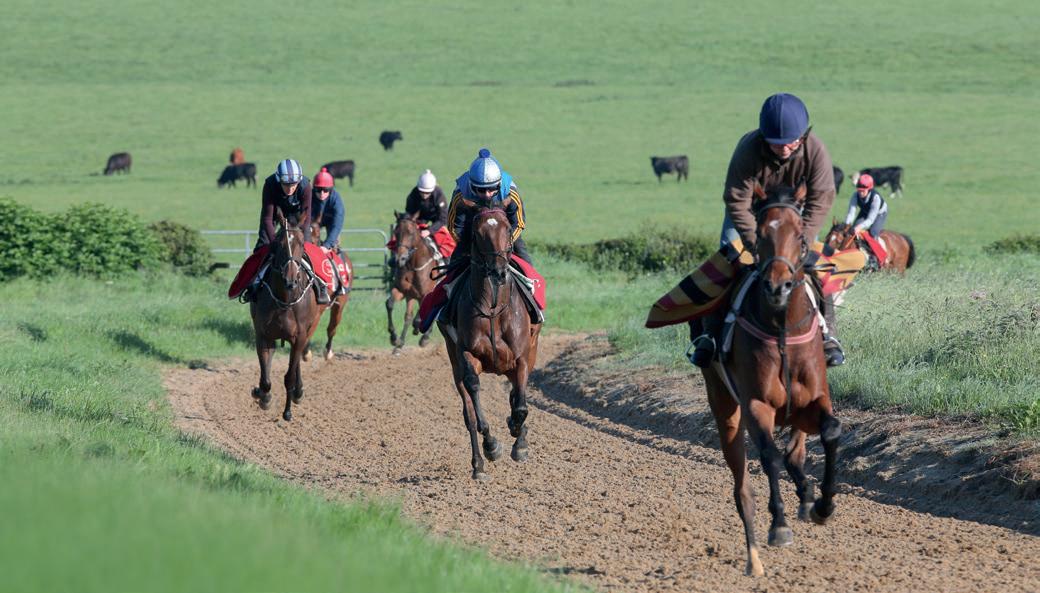
• Overuse of antibiotics. Antibiotics are lifesavers but are not without side effects. Oral antibiotics can kill beneficial gut microbes. This can lead to diarrhoea, adversely affecting performance. The effects of antibiotics on the microbiota can last for weeks and may contribute to depression and anxiety.
• Exercise and training. Exercise has a beneficial effect on the gut microbiota, up to a point. But too much exercise can promote gut permeability and inflammation, partly due to a lack of blood flow to the gut and consequent leakiness of the intestinal lining. Thus, overtraining can lead to depression and reduced performance. Knowing how training affects the gut and how the gut affects the brain can improve outcomes. With a proper diet including sufficient prebiotic fibre to optimise microbiota health, a poor doer can be turned into a model athlete.
High-energy feeds are designed to improve athletic output, but over time a high-grain diet can have a negative impact on performance.
• Mach, Núria, Alice Ruet, Allison Clark, David Bars-Cortina, Yuliaxis Ramayo-Caldas, Elisa Crisci, Samuel Pennarun, et al. “Priming for Welfare: Gut Microbiota Is Associated with Equitation Conditions and Behavior in Horse Athletes.” Scientific Reports 10, no. 1 (May 20, 2020): 8311.
• Bulmer, Louise S., Jo-Anne Murray, Neil M. Burns, Anna Garber, Francoise Wemelsfelder, Neil R. McEwan, and Peter M. Hastie. “High-Starch Diets Alter Equine Faecal Microbiota and Increase Behavioural Reactivity.” Scientific Reports 9, no. 1 (December 9, 2019): 18621. https://doi. org/10.1038/s41598-019-54039-8.
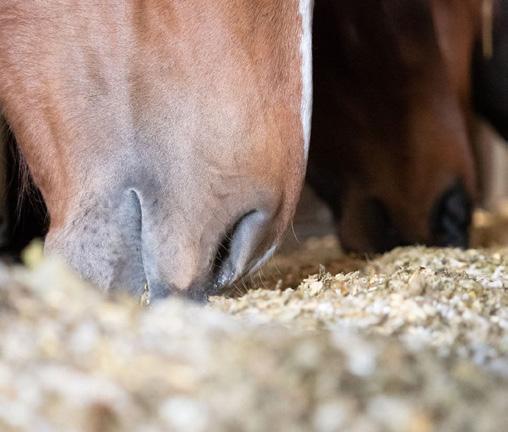
• Lindenberg, F., L. Krych, W. Kot, J. Fielden, H. Frøkiær, G. van Galen, D. S. Nielsen, and A. K. Hansen. “Development of the Equine Gut Microbiota.” Scientific Reports 9, no. 1 (October 8, 2019): 14427.
• Lindenberg, F., L. Krych, J. Fielden, W. Kot, H. Frøkiær, G. van Galen, D. S. Nielsen, and A. K. Hansen. “Expression of Immune Regulatory Genes Correlate with the Abundance of Specific Clostridiales and Verrucomicrobia Species in the Equine Ileum and Cecum.” Scientific Reports 9, no. 1 (September 3, 2019): 12674.
• Daniels, S. P., J. Leng, J. R. Swann, and C. J. Proudman. “Bugs and Drugs: A Systems Biology Approach to Characterising the Effect of Moxidectin on the Horse’s Faecal Microbiome.” Animal Microbiome 2, no. 1 (October 14, 2020): 38.
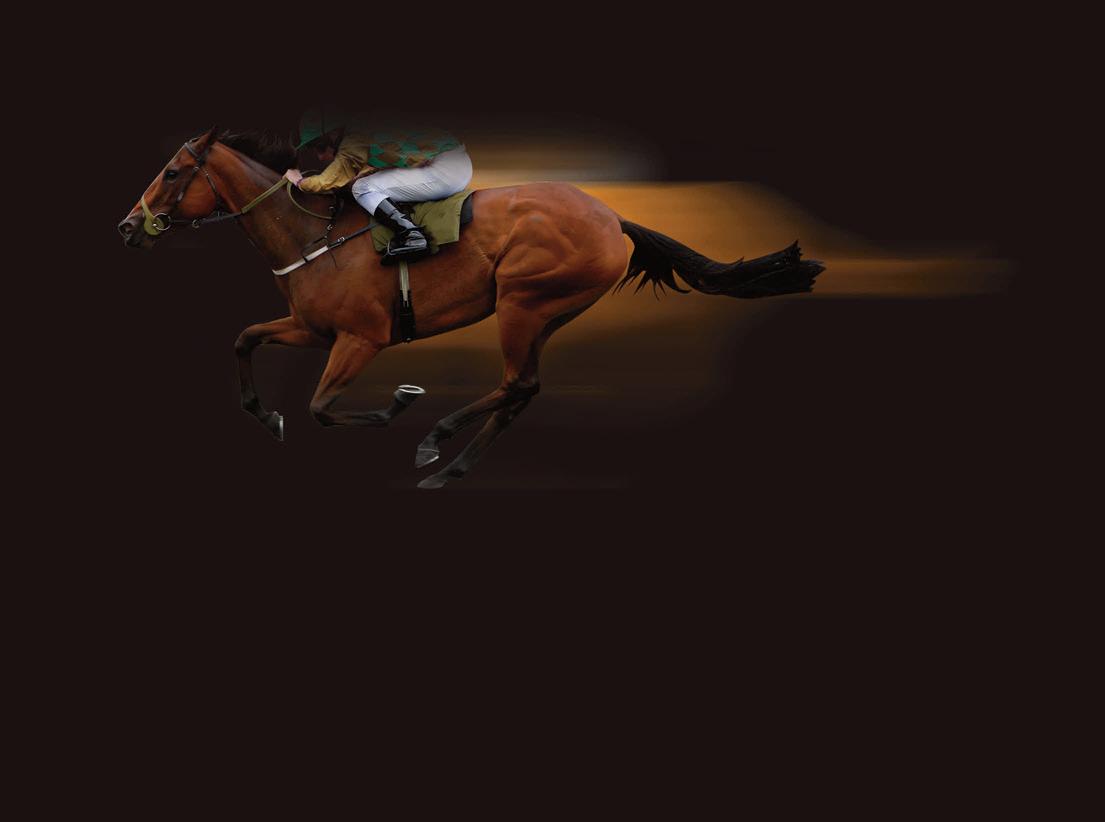

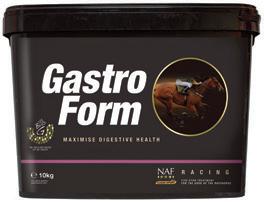

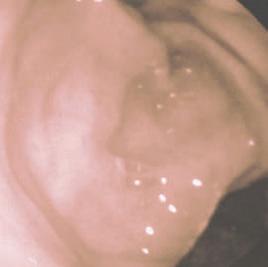

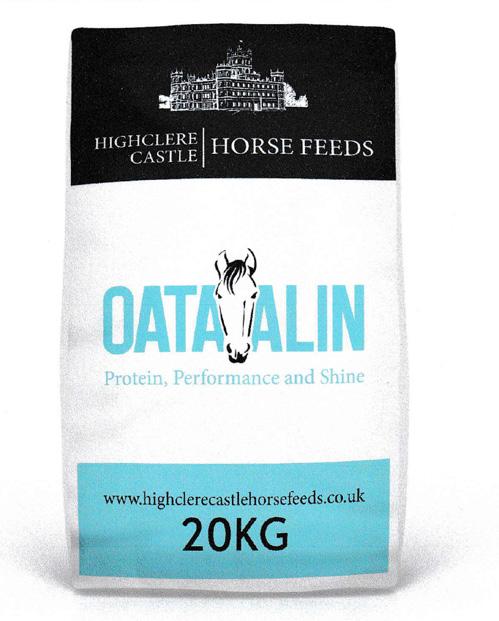

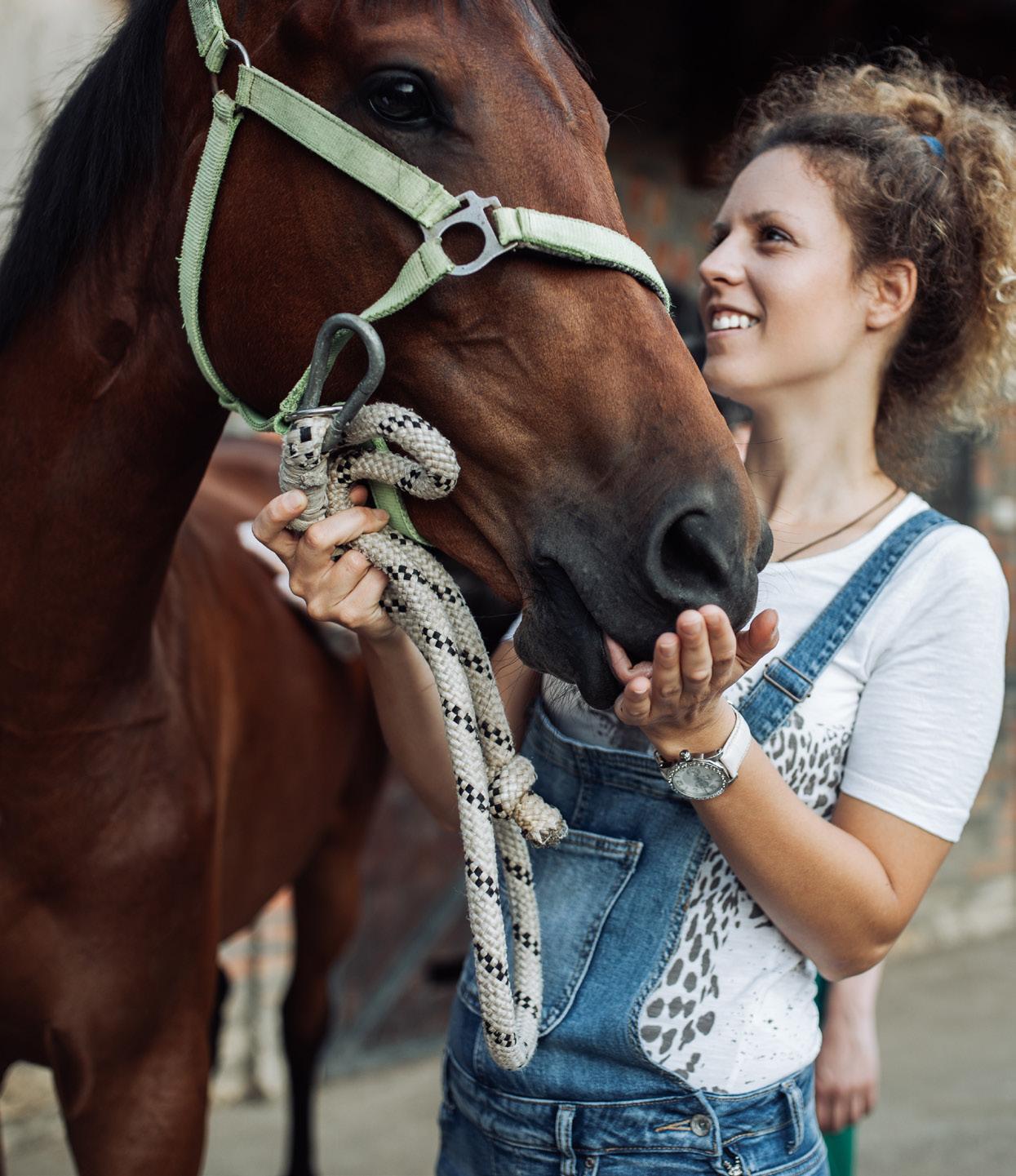
Paull Khan expands upon a presentation he gave at the European Parliament to the MEP’s Horse Group on November 30th
As World Horse Welfare recently pointed out in its excellent review of the subject1, while social licence—or the ongoing acceptance or approval of society—may be ‘intangible, implicit and somewhat fluid’, an industry or activity loses this precious conferment at its peril. Examples, all too close to home, can be seen in greyhound racing in Australia and America or jumps racing in Australia.
What is clear is that our industry is acutely aware of the issue – as are our sister disciplines. The forthcoming Asian Racing Conference in Melbourne in February will feature a session examining what is being done to ‘ensure that (our) a sport is meeting society’s rapidly evolving expectations around welfare and integrity’. And, back in November, the Federation Equestre Internationale (FEI) held a General Assembly whose ‘overriding theme’ was ‘that of social licence, and the importance for all stakeholders to understand the pressing needs for our sport to adapt and monitor the opinions of those around us’.
Considered at that meeting were results of a survey,2 which indicated that two-thirds of the public do not believe horses enjoy being used in sport and have concerns about their use. Those concerns mainly revolve around the welfare and

safety of the horses. Intriguingly, a parallel survey of those with an active involvement in equestrian sport revealed that as many as half of this group even did not believe horses enjoyed their sport; and an even higher proportion than the general public— three-quarters—had concerns about their use.
While it is likely true, to an extent at least, that the public tends not to distinguish between equestrian sports, the specific concerns about horse racing are certainly different from those about Olympic equestrian disciplines, which centre on such matters as bits, bridles, spurs and nosebands.
Upon what, then, does our social licence in European horse racing critically depend? What are the major issues about which the public has opinions or worries, and on which the continuance of our social licence may hang? It should be said at the outset that what follows is not based upon scientific evidence (and the research should certainly be undertaken) but merely reflects the belief of the author. But it is suggested with some confidence that the following (in no particular order) are the three issues uppermost in public consciousness. They are:
• Use of the whip
• Aftercare – the fate of retired racehorses
• Racecourse injuries/fatalities
There are, of course, other matters – the misuse of drugs and medications, gambling harms, etc., but the three topics above seem to account for a large proportion of the public’s anxieties about racing. There are likely to be subtle differences in the views of the public between one European country and another. Certainly, it is true that the volume of public disquiet varies very considerably between nations. In Scandinavia and Great Britain, for example, horse welfare and animal welfare more generally are very much front of mind and near the centre of public discourse. It is far less evident in several other countries.
But it is illuminating to look at what racing has been doing in recent years in the three areas listed above, and what the future looks like. A survey was conducted among member countries of the European and Mediterranean Horseracing Federation (EMHF); and it is clear that, while there is much still to be done, there has been significant and sustained progress and good reason to believe that this is likely to continue – and in fact accelerate – over the next few years.
Let us consider whip use first. At the most recent World Horse Welfare Annual Conference in London in November, straplined ‘When Does Use Become Abuse’, one speaker was called upon to give strategic advice as to how to counter negative perceptions of equestrianism.
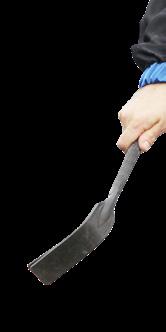
What he decided to major on was striking. With the whole breadth of the equine sector from which to draw, he chose to hone in on horseracing and—more specifically yet—on the issue of whip use. It was a salutary further example of how, while the whip may be a tiresome distraction to many, it is front and centre in the minds of many of the public.
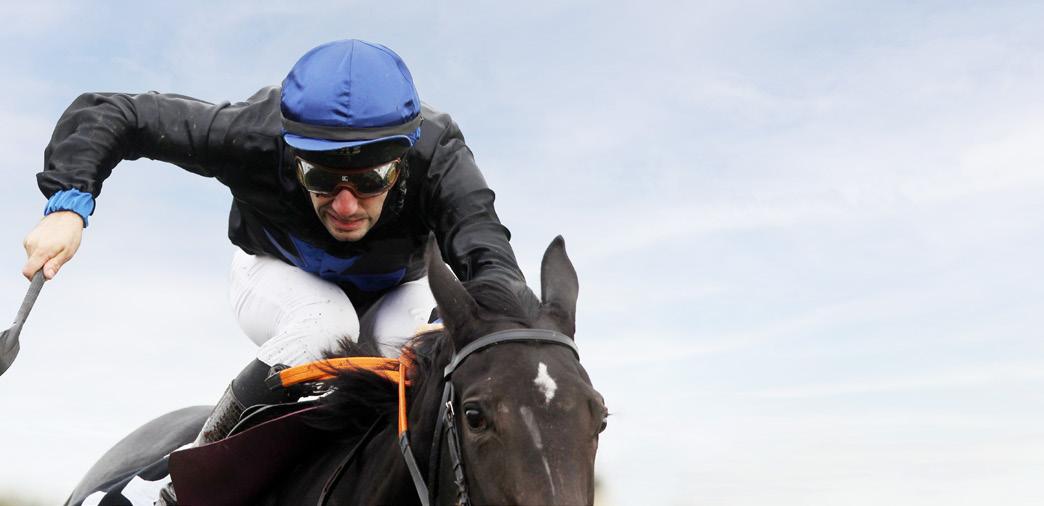
Is there any more emotive or divisive issue within racing than the whip? Admittedly, most racing professionals hold that it really is very difficult to hurt a horse with the mandated padded crops, even if one wanted to. And, with veterinary supervision at all tracks, it is impossible to get away with, even if one did. In brief, they don’t consider this a welfare issue, but rather one of public perception.
But it is then that the divisions set in. Some conclude that all that is necessary to do has been done, and that any further
restriction on the whip’s use would constitute pandering to an ignorant public. Others argue that, even if it is just a matter of public perception and the horses are not being hurt or abused, the sight of an animal being struck by a human is now anathema to increasingly broad swathes of society—in a similar way to the sight of a child being struck by an adult: a commonplace 50 years ago, but rare today. Therefore, the sport must act to be ahead of the curve of public sentiment in order to preserve its social licence.
How is this argument playing out? Let us look at a key element of the Rules of Racing in 18 European racing nations—the maximum number of strikes allowed in a race is a blunt measure, indeed, and one that takes no account of other variables such as the penalty regime for transgressions, but one that, nonetheless, paints a telling picture.
The first map shows how things stood 20 years ago. The majority of the countries are shown in black, denoting that there was no specified limit to the number of strikes. Just one appears in white – Norway banned the use of the whip as long ago as 1986.
The second paints the picture as it was 10 years ago. Eleven of the 18 countries had, in the intervening decade, changed their rules and applied a lower maximum number of strikes, and are shown in a lighter colour as a result.
Today’s situation is shown in the third map. All but one of the countries (excluding Norway) have tightened up their whip use rules still further over the past decade. None now allows unlimited use, and countries now banning the use of the whip for encouragement, number four.
It can be concluded that all countries across Europe are moving towards more restricted use of the whip. At different speeds and from different starting points, the direction of travel is common.
What will the situation be in another 10 years? Many administrators within EMHF countries, when asked to speculate on this, gave the view that there would be no whip tolerance within ten years and that the Scandinavian approach will have been adopted.
On the other hand, Britain has recently concluded that the biggest public consultation on the subject and the new rules that are being contemplated do not include a reduction in the number
ALL COUNTRIES ACROSS EUROPE ARE MOVING TOWARDS MORE RESTRICTED USE OF THE WHIP. AT DIFFERENT SPEEDS AND FROM DIFFERENT STARTING POINTS, THE DIRECTION OF TRAVEL IS COMMON.”
LEFT: Maps showing whip usage in Europe over the last 20 years.
No specified limit
9+ strikes max
7-8 strikes max
6 strikes max
5 strikes max
No strikes allowed
No data
of strikes, but rather a series of other measures, including the possible disqualification of the horse and importantly, the requirement only to use the whip in the less visually offensive backhand position.
Whether or not we will see a total ban within the next decade, it must be long odds-on that restrictions on whip use, across the continent, will be stricter again than they are today.
No specified limit
9+ strikes max
7-8 strikes max
6 strikes max 5 strikes max
2-3 strikes max
No strikes allowed
No data
Twenty years ago, little thought was given to the subject of aftercare. There were some honourable exceptions: in Greece, the Jockey Club required its owners to declare if they could no longer provide for their horse, in which case it was placed in the care of an Animal Welfare organisation. Portugal had a similar reference in its Code. Most tellingly, in Britain a trail-blazing charity, Retraining of Racehorses (RoR), had been launched, following a review by the former British Horseracing Board.
Ten years ago, RoR had nearly 10,000 horses registered, had developed a national programme of competitions and events in other equestrian disciplines, and was holding parades at race-meeting to showcase the abilities of former racehorses to enter new careers.
Di Arbuthnot, RoR’s chief executive, explains, “In the UK, a programme of activities for thoroughbreds had started to encourage more owner/riders to take on former racehorses. This was supported by regional volunteers arranging educational help with workshops, clinics and camps to help the retraining process. Other countries were looking at this to see if similar ideas would work in Europe and beyond.
No specified limit
9+ strikes max 7-8 strikes max 6 strikes max 5 strikes max 4 strikes max 2-3 strikes max
No strikes allowed
No data
“Racing’s regulators had begun to think that this was an area they should be looking to help; retraining operators and charities that specialised in thoroughbreds were becoming recognised and supported; and classes at equestrian events began in some countries. Owner/riders were looking to take on a thoroughbred in place of other breeds to compete or as a pleasure horse; the popularity of the thoroughbred was growing, not just by professional riders to use in equestrian disciplines, but also by amateurs to take on, care for and enjoy the many attributes of former racehorses.
“The aftercare of the thoroughbred was on the move.”
But not a great deal else was different in the European aftercare landscape.
Since then, however, there has been little short of an explosion of aftercare initiatives. In 2016, the International Forum for the Aftercare of Racehorses (IFAR) was born, “to advocate for the lifetime care of retired racehorses, to increase awareness within the international racing community of this important responsibility.” In this endeavour, IFAR is not in any way facing resistance from Racing Authorities – far from it. It is pushing against an open door.
The International Federation of Horseracing Authorities has, as one of its twelve objectives, the promotion of aftercare standards. And the chair of its Welfare Committee, Jamie Stier, said some years ago that there is ‘now a better understanding and greater recognition that our shared responsibility for the welfare of racehorses extends beyond their career on the racetrack’.
This direction from the top has been picked up and is increasingly being put into active practice. Also in 2016, France launched its own official charity Au Dela des Pistes, (‘beyond the racetrack’), in 2020 Ireland followed suit with Treo Eile (‘another direction’). By 2019, in Britain, remarkably, many more thoroughbreds were taking part in dressage than running in steeplechases!
So now the three main thoroughbred racing nations in Europe all have active and established aftercare programmes; and many other smaller racing nations are moving in that direction. It is not just a matter of repurposing in other equestrian pursuits – many of those horses retiring from racing that are not suited to competitive second careers are simply re-homed in retirement and others find profitable work in areas such as Equine Assisted Therapy.
Arbuthnot (also chair of IFAR) adds: “For racing to continue as we know it, we must assure the general public, those that enjoy racing, that thoroughbreds are not discarded when their racing days are over and that they are looked after and have the chance of a second career. It is up to all of us around the world to show that we care what happens to these horses wherever their racing days end and show respect to the thoroughbred that has given us enjoyment during their racing career, whether successful or not on the racecourse. If we do this, we help ensure that horse racing continues in our lifetime and beyond.”
It is important to publicise and promote the aftercare agenda, and the EMHF gives IFAR a standing platform at its General Assembly meetings. EMHF members have translated the IFAR ‘Tool Kit’—for Racing Authorities keen to adopt best practice— into several different European languages.
British racing recently established an independently chaired Horse Welfare Board. In 2020, the Board published its strategy ‘A Life Well Lived’, whose recommendations included collective lifetime responsibility for the horse, incorporating traceability across the lifetimes of horses bred for racing.

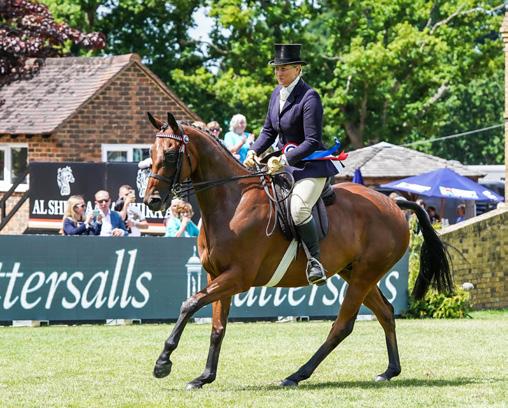
Traceability will be key to future progress, and initiatives such as the electronic equine passport, which has been deployed among all thoroughbreds in Ireland and Britain, will play a vital part. Thoroughbred Stud Book birth records are impeccable, and we know the exact number of foals registered throughout this continent and beyond. The aim must be to establish the systems that enable us to ascertain, and then quantify the fate of each, at the least until their first port of call after retirement from racing.
There can be nothing more distressing – for racing professionals and casual observers alike – than to see a horse break down. The importance of minimising racecourse injuries—and, worse still, fatalities—is something everyone agrees upon. What is changing, though, it would appear, is the potential for scientific advances to have a significant beneficial effect.
Of course, accidents can and do befall horses anywhere and they can never be eliminated entirely from sport. But doing what we can to mitigate risk is our ethical duty, and effectively publicising what we have done and continue to do may be a requirement for our continued social licence.
FOR RACING TO CONTINUE AS WE KNOW IT, WE MUST ASSURE THE GENERAL PUBLIC, THOSE THAT ENJOY RACING, THAT THOROUGHBREDS ARE NOT DISCARDED WHEN THEIR RACING DAYS ARE OVER AND THAT THEY ARE LOOKED AFTER AND HAVE THE CHANCE OF A SECOND CAREER.”
There is much that can be said. It is possible to point to a large number of measures that have been taken over recent years, with these amongst them:
• Better watering and abandonment of jump racing if ground is hard
• Cessation of jump racing on all-weather tracks
• Cessation of jump racing on the snow
• Safer design, construction and siting of obstacles
• By-passing of obstacles in low sunlight
• Colouring of obstacles in line with equine sight (orange to white)
• Heightened scrutiny of inappropriate use of analgesics
• Increased prevalence of pre-race veterinary examinations, with withdrawal of horses if necessary
• The outlawing of pin-firing, chemical castration, blistering and blood-letting
• Abandonment of racing in extreme hot weather
Many of the above relate to jump racing, and Britain has witnessed a reduction of 20% in jump fatality rates over the past 20 years. But there is more that must be done, and a lot of work is indeed being done in this space around the world.
One of the most exciting recent developments is the design and deployment of ground-breaking fracture support kits which were distributed early in 2022 to every racecourse in Britain.
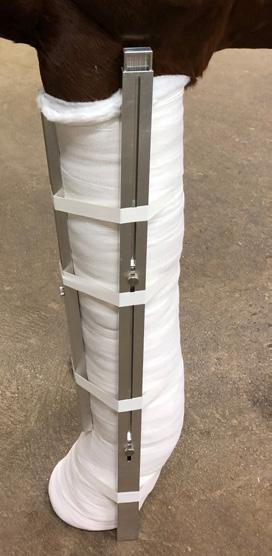
By common consent, they represent a big step forward – they are foam-lined and made of a rigid glass reinforced plastic shell; they’re easily and securely applied, adjustable for varying sizes of hoof, etc. They reduce pain and anxiety, restrict movement which could do further damage, and allow the horse to be transported by horse ambulance to veterinary facilities.
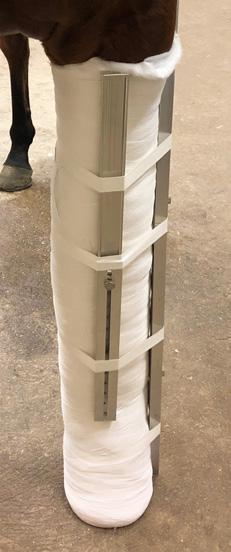
X-rays can then be taken through these boots, allowing diagnosis and appropriate treatment. These kits have proved their worth already: they were used on 14 occasions between April and December last year, and it would appear that no fewer than four of these horses have not only recovered but are in fine shape to continue their careers. It is easy to envisage these or similar aids being ubiquitous across European racetracks in the near future.
Perhaps of greatest interest and promise are those developments which are predictive in nature, and which seek to identify the propensity for future problems in horses.
Around the world, there are advances in diagnostic testing available to racecourse vets. PET scanners, bone scanners, MRI scanners and CT scanners are available at several tracks In America, genetic testing for sudden death is taking place, as is work to detect horses likely to develop arrhythmias of the heart.
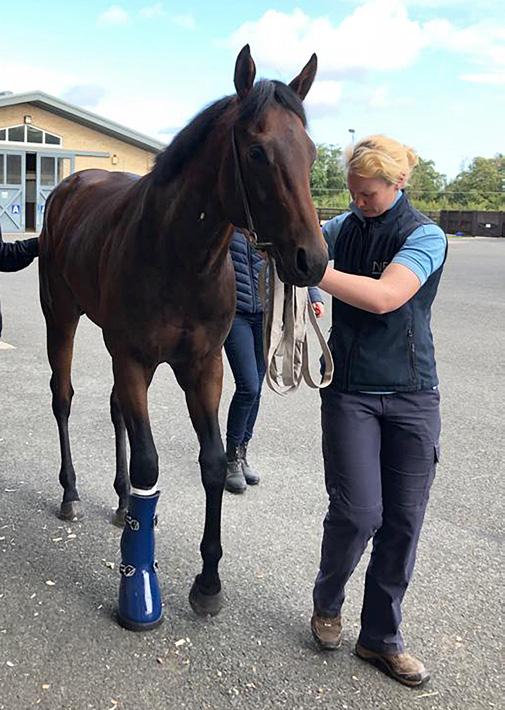
Then there are systems that are minutely examining the stride patterns of horses while galloping to detect abnormalities or deviations from the norm. In America, a great deal of money and time is being spent developing a camera-based system and, in parallel, an Australian-US partnership is using the biometric signal analysis that is widely used in other sports.
The company – StrideSAFE – is a partnership between Australian company StrideMASTER and US company Equine Analysis. They make the point that, while pre-race examinations that involve a vet trotting a horse up and down and looking for signs of lameness, can play a useful role, many issues only become apparent at the gallop.
There are, in any case, limitations to what is discernible to the naked eye, which works at only 60 hertz. StrideMASTER’s three-ounce movement sensors, which fit into the saddlecloth, work at 2,400 hertz, measuring movements in three dimensions – forward and backward, up and down and side to side, and building up a picture of each horse’s ‘stride fingerprint’.
In a blind trial, involving thousands of horses, 27 of which had suffered an injury, this system had generated a warning ‘red-flag’ for no fewer than 25 of them. The green lines in the centre of this diagram are this horse’s normal stride fingerprint; the red line was the deviant pattern that would have flagged up the potential problem, and the grey line was where the horse then sadly injured itself.
While the false-negative rate is impressive for such screening tools, another enemy of all predictive technologies is the false positive, and ways need to be found to take action on the findings without imposing potentially unnecessary restrictions on horses’ participation. At present, the StrideMASTER system is typically throwing up three or four red flags for runners at an Australian meeting—more in America.
A study in the spring by the Kentucky Equine Drug Research Council, centering on Churchill Downs, will seek to hone in on true red flags and to develop a protocol for subsequent action. David Hawke, StrideMaster managing director, expands, “Protocols will likely vary from jurisdiction to jurisdiction, depending on the imaging modalities available. At Churchill Downs, they will have a PET scan, and we will be going straight from red-flag to PET scan.”
There will be other approaches available to regulators involving, for example, discussion with the trainer, a requirement for a clean vet’s certificate, or perhaps for a normal ‘fingerprint’, before racing next.
There is a need for continued investment and resource allocation by Racing Authorities and others. But the will would seem to be there. In Britain, €7M will, over the next three years, fund an extensive array of no fewer than 26 horse welfare projects, covering such matters as education and support for re-homers, analysis of medication data and clinical records, fatalities occurring off the track, ground/going research and obstacle improvement and development. That is a serious statement of intent and an illustration of just how high in importance the welfare of racehorses has now become.
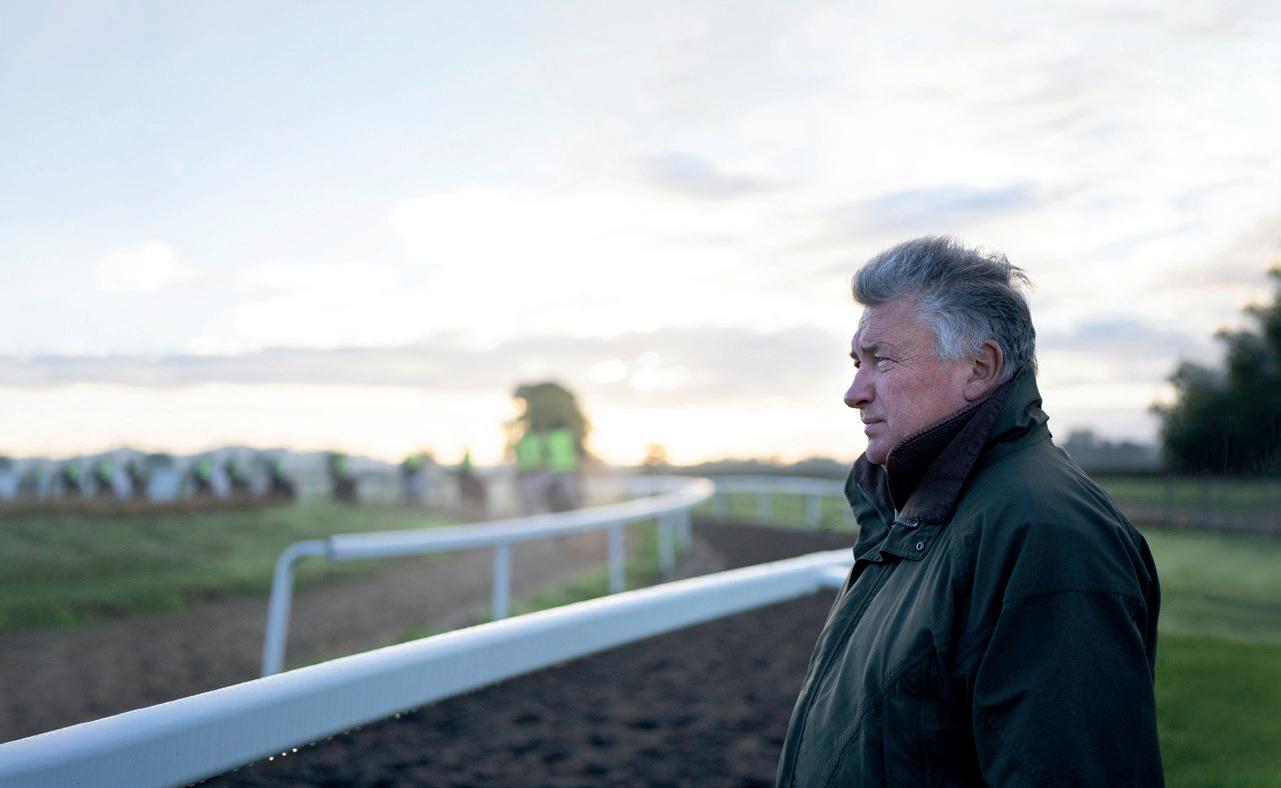
ABOVE: The ‘stride fingerprint’ of a racehorse.
Of course, not all racing nations have the resources to conduct such research. It will be vital, therefore, that the lessons learnt are shared throughout the racing world. In Europe, this is where the EMHF will play a vital role. The federation has always had, as primary aims, education and the adoption of best practice across its membership.
The hope must be that, through all these measures and many others in combination, we can assuage the concerns of the public sufficiently to retain our social licence. But let our ambitions not rest there. We must also strive to shift the debate, to move onto the front foot and invite a focus on the many positive aspects of racing, as an example of the partnership between man and horse that brings rich benefit to both parties.
On page 66 of this issue, there is a feature on racing in Turkey, and it was the founding father of that country, Kemal Ataturk, who famously said:
We should reinforce at every opportunity the fact that racing provides colour, excitement, entertainment, tax revenues, rural employment, a sense of historical and cultural identity and much more to the human participants. It is also the very purpose of a thoroughbred’s life and rewards it with ‘a life well lived.’
We have a lot more to do, but let’s hope we can turn the tide of public opinion such that people increasingly look at life as did Ataturk
1. Douglas J, Owers R, Campbell MLH, Animals 2022 12(15) Social Licence to Operate: What Can Equestrian Sports Learn from Other Industries? Available at https://www.worldhorsewelfare.org/
Waran N, Visser K. Equine Ethics and Wellbeing Commission. Report to the FEI General Assembly, South Africa November 2022
“Horseracing is a social need for modern societies.”
Since using B-Complete even the fussiest of eaters have licked their bowls clean. The summer jumpers have bounced out of their races very well and eaten up straight after racing. I feel it really helps their energy levels and I’m looking forward to using it through the winter. It will come into it’s own when the horses need the extra energy during the bad weather and heavy winter ground. “
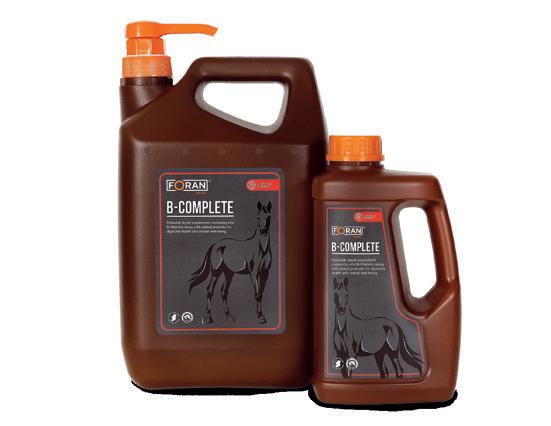 Paul Nicholls
Paul Nicholls

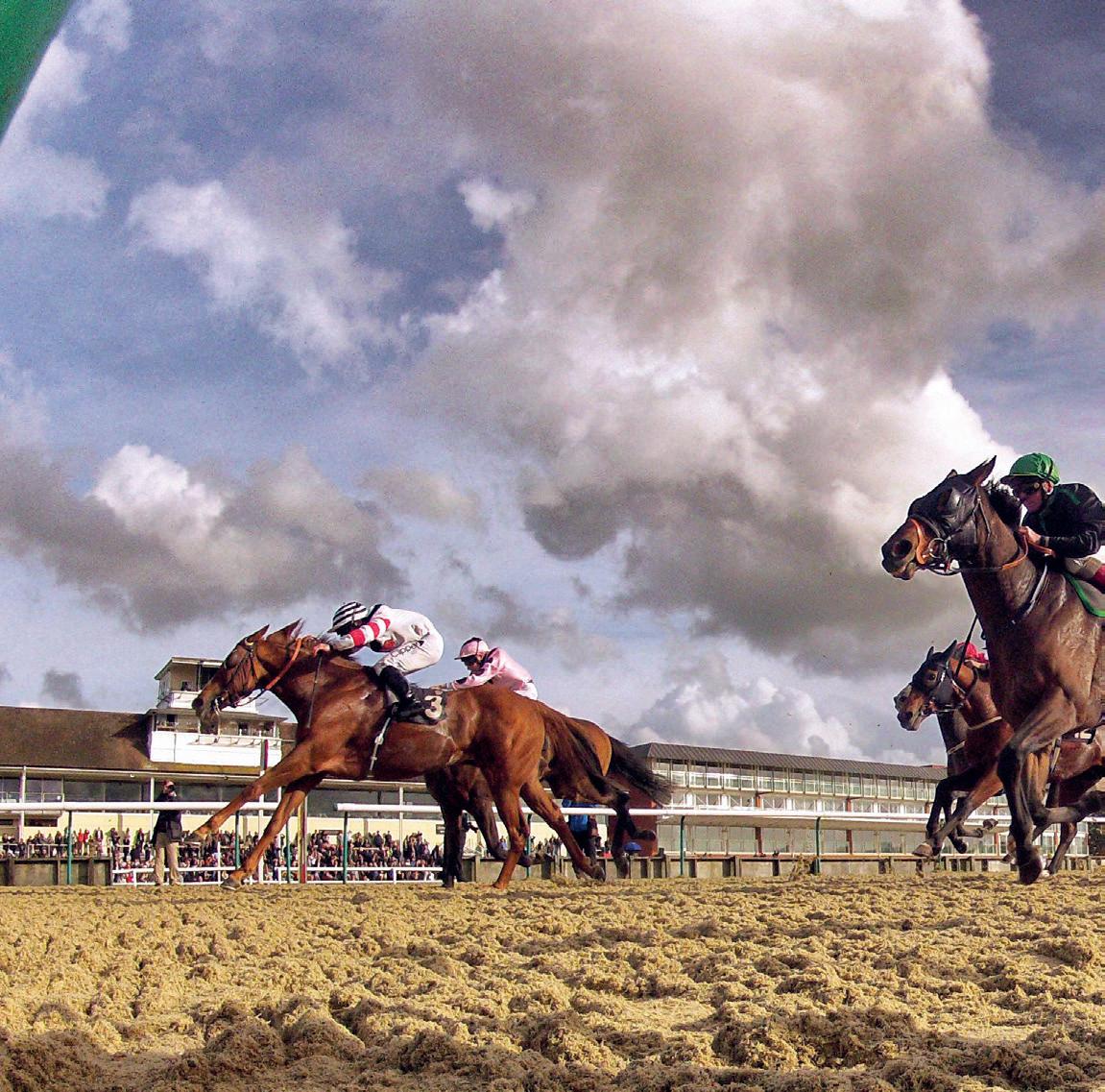
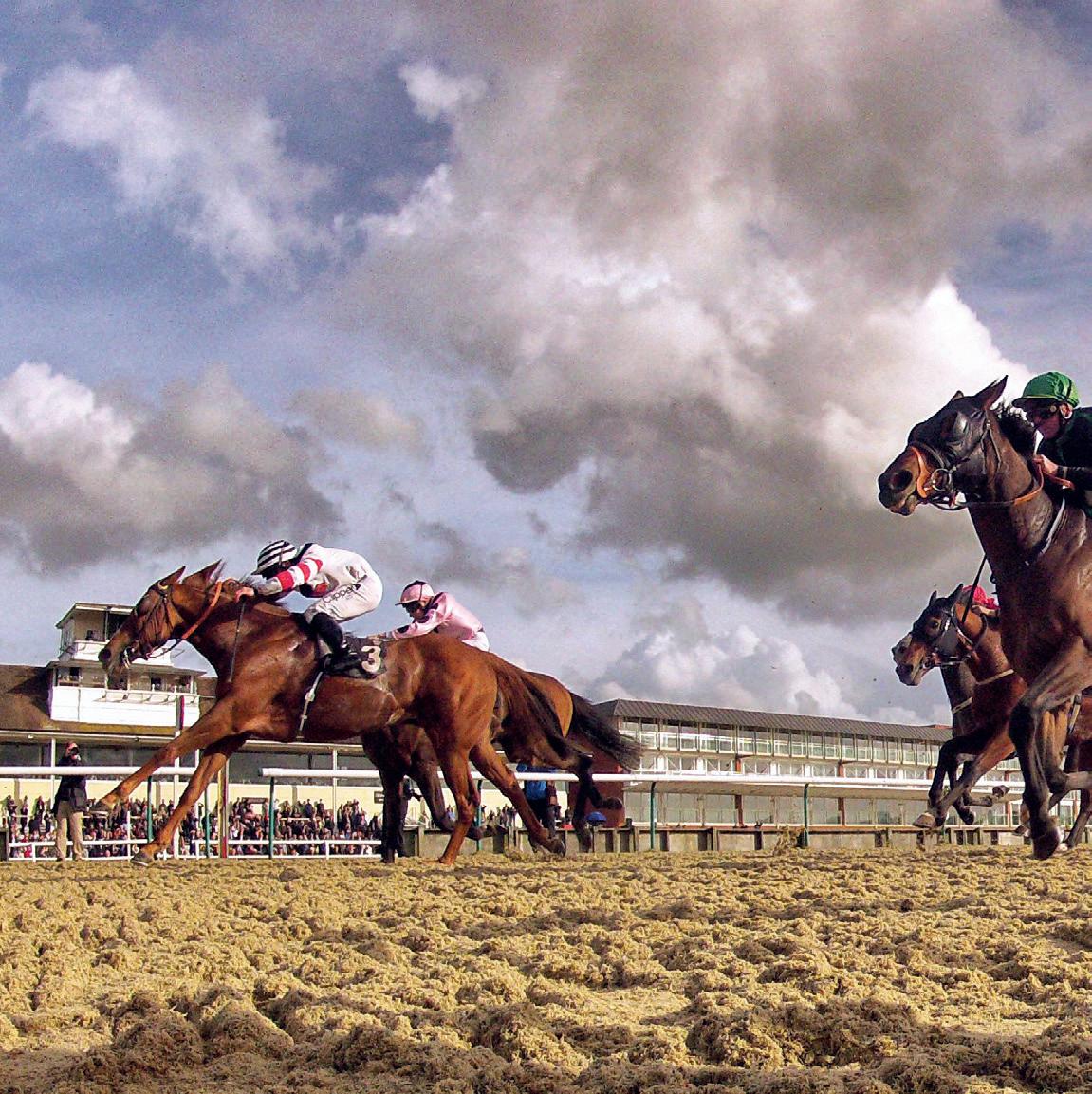
The European ‘all-weather’ racing scene has come a long way since racing on an artificial (non-turf) surface was first introduced in the UK at Lingfield Park in 1989. Today, ‘all-weather’ racing accounts for 23% of the French racing programme; and in the UK, racing has recently benefited from a major ‘all-weather’ prize money boost.
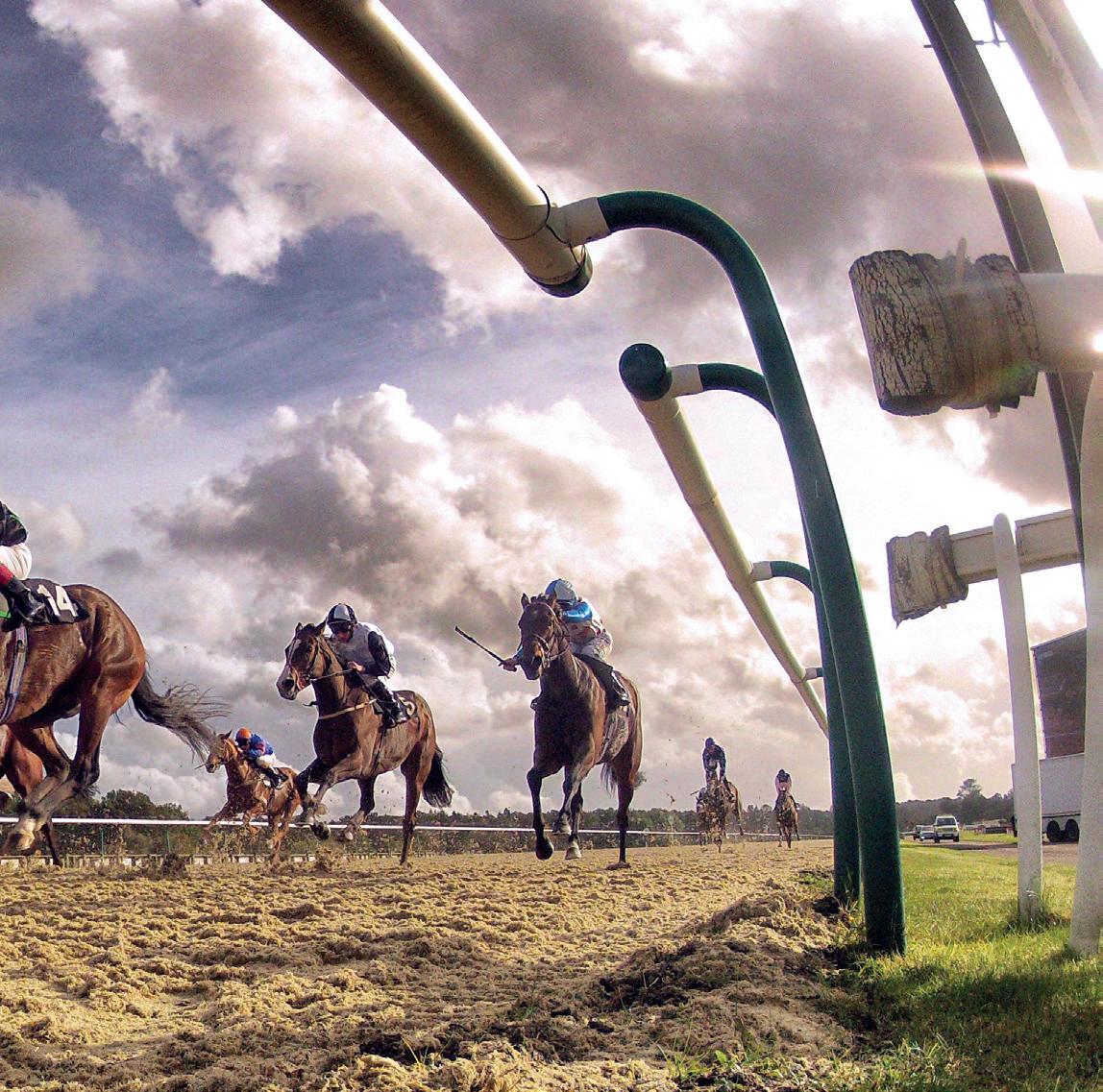
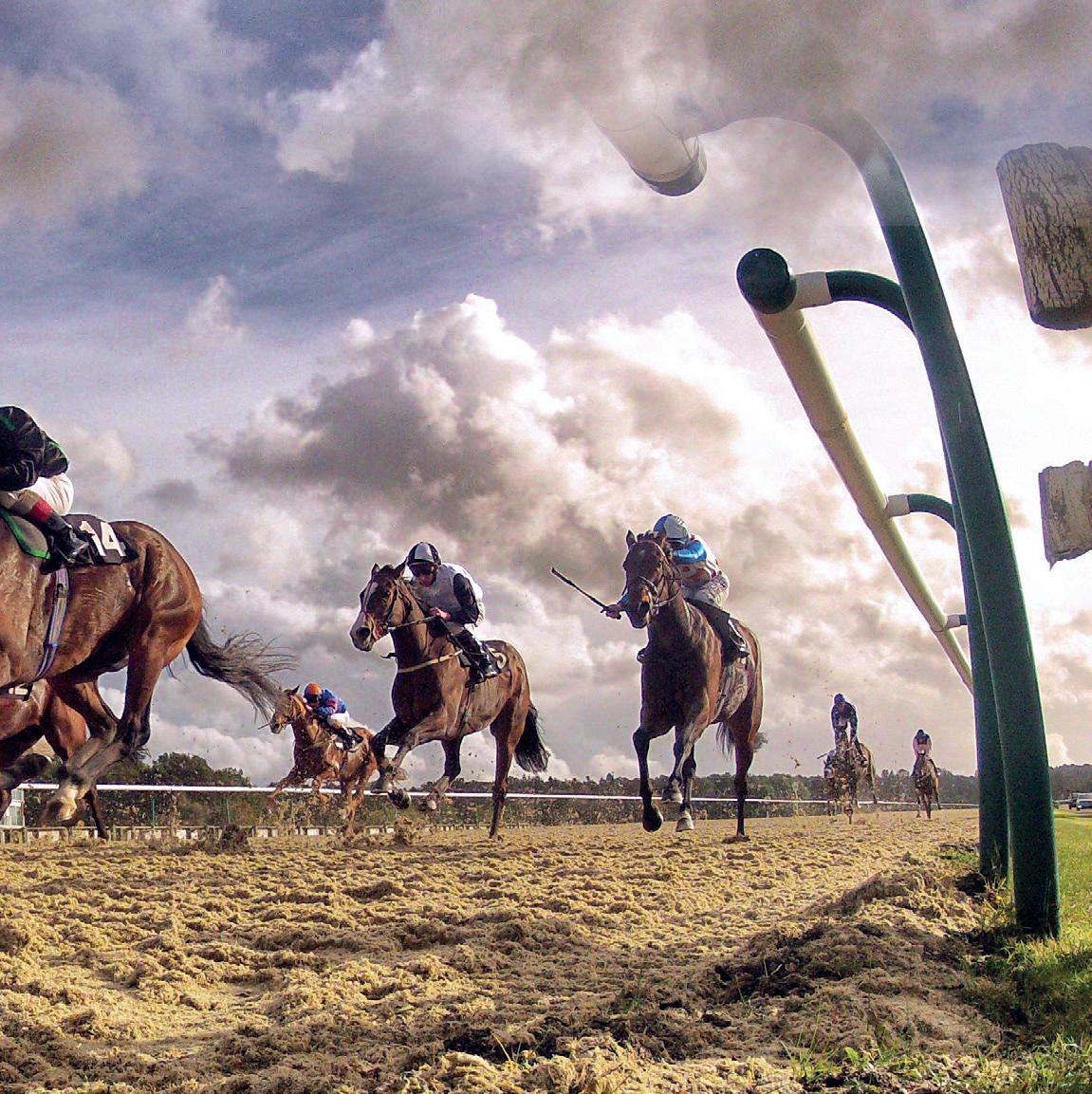
‘All-weather’ racing is enhancing the opportunities for those connections wishing to keep horses in training across Europe over the winter months.
But what are opportunities like on a country by country basis? Which countries are investing in ‘all-weather’ racing?
While trotting is still the main racing sphere by some way in France – and all their racing is on dirt tracks – all-weather in France has been gathering momentum for over a decade now. Of roughly 5,000 races run in France in 2021, 1,149 were staged on an all-weather surface, thus comprising some 23% of the race program.
Prestigious tracks such as Deauville and Chantilly have all-weather circuits; in total there are seven all-weather tracks in the country: Deauville, Chantilly, Pornichet, Lyon-la-Soie, Cagnes-sur-Mer, Pau and Marseille-Vivaux.
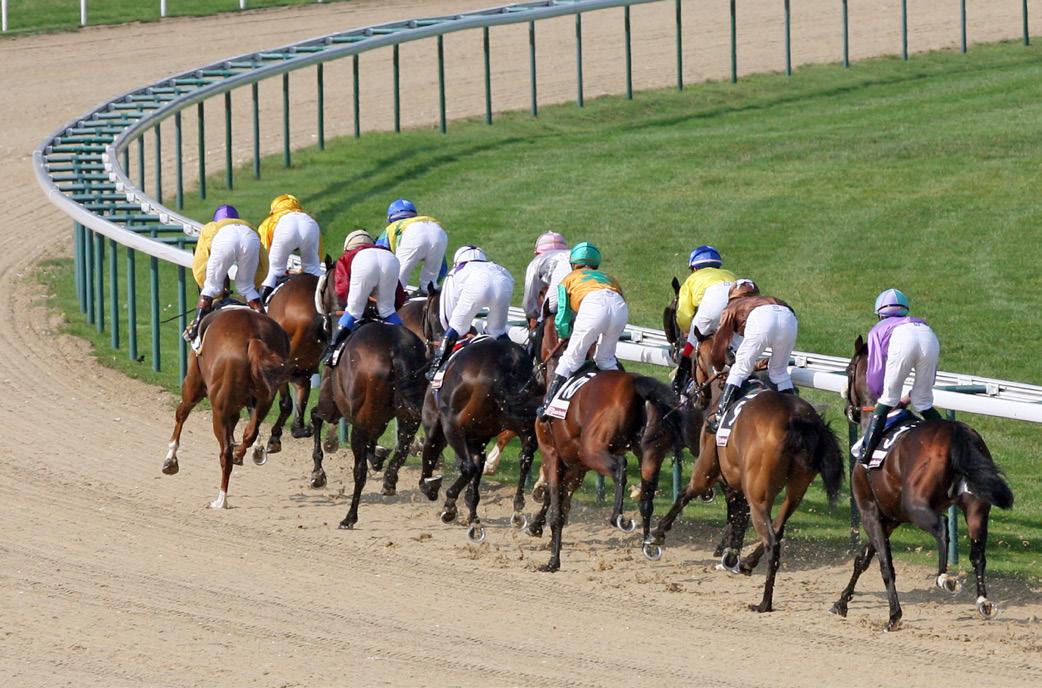
In contrast to other racing nations, where usually the whole raceday will take place on one surface, French tracks have mixed cards and use the all-weather (all with a Polytrack surface) in summer also.

While diversifying the programme, it also takes pressure off the grass tracks, with rising temperatures in southern Europe providing new challenges in turf maintenance. French racing has eight Listed races run on its all-weather surfaces, Cagnes-SurMer stage two, Chantilly one and five at Deauville. A review to enhance the Black-type programme is on the way, but plans are in the very early stages. French tracks are part of the All-Weather Championships programme to qualify for the finals on Good Friday in the UK – something French raiders did to good effect in 2022.
French racing receives the majority of its income – read prize money – from its betting turnover, as the PMU (the French Tote) has a monopoly on betting. The rise in all-weather racing has naturally seen a rise in betting turnover in this sphere –roughly 18% of all PMU-flat races are run on the all-weather circuit. Recent results suggest that the betting public is gradually switching from traditional jump-races to all-weather racing.
According to Adrien Cugnasse, allweather racing also caters well for a new type of owner. With syndicates still very scarce in France, a new type of ‘middle class’ owner has been emerging over the last couple of years – much needed new blood, but a type of owner that relies on a more regular income through prize money.
UKIt’s Year 10 since the creation of Arena Racing Company (ARC) backed All-Weather Championships, and racing on this surface does continue to increase in volume. Six racecourses in Britain stage all-weather racing, on either Polytrack (Lingfield, Kempton, Chelmsford) or Tapeta (Newcastle, Southwell, Wolverhampton); roughly one fifth of all flat races are now on a synthetic surface.
Huge investments have been made by the operator ARC across their four all-weather racecourses to improve the surface. With Southwell being the latest course to convert to a Tapeta surface (from Fibresand).

Mark Spincer, managing director of ARC’s Racing Division says that “changing the surface, particularly at Southwell, was the right thing to do and the feedback from trainers and owners has been very positive so far.”
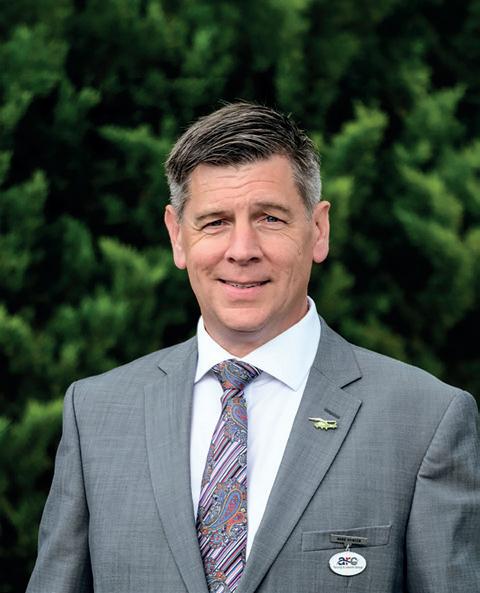
The creation of the All-Weather Championships 10 years ago can only be viewed as a major success story; the series now incorporates races from Ireland, France, Dubai and even races in Saudi Arabia, as well as the enhanced Fast-Track-Qualifying system.
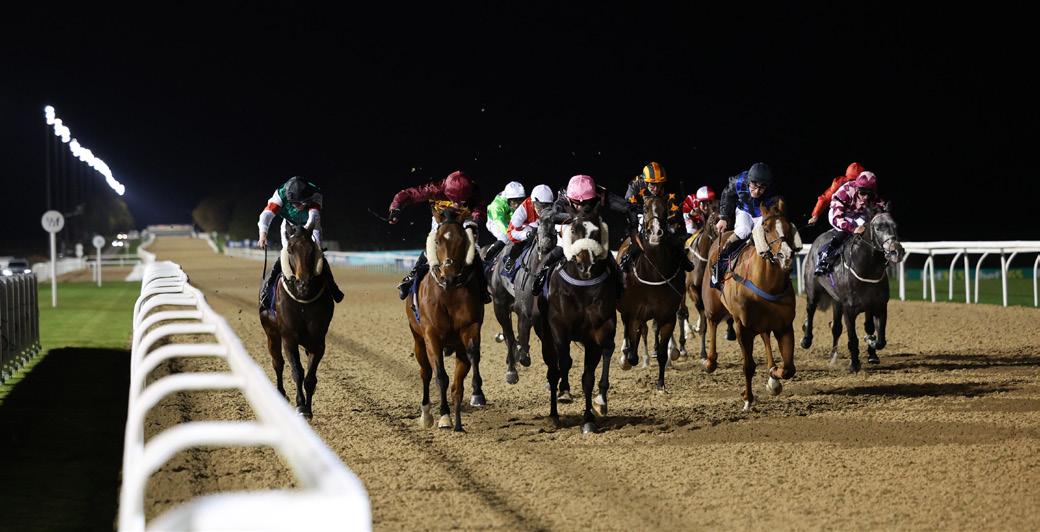
The switch of Finals day from Lingfield to Newcastle two years ago was followed by the creation of “All-Weather Vase Day” at Lingfield Park last year, also staged on Good Friday.
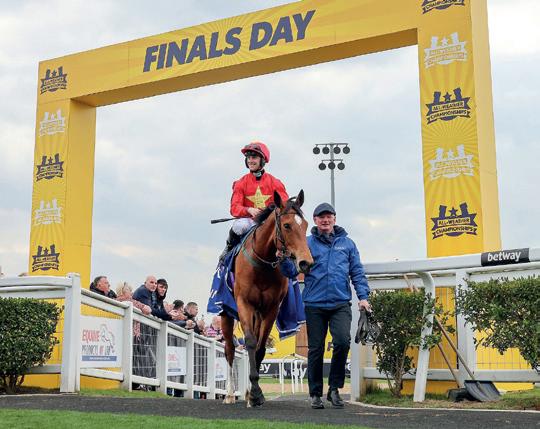
A day that traditionally saw no racing at all now has two highprofile all-weather meetings taking place – a definite illustration of the rise of racing on this surface. Along with geographically diverse racing in the north and the south, All-Weather Vase Day naturally comes with added prize money, the whole raceday is worth around £390,000.
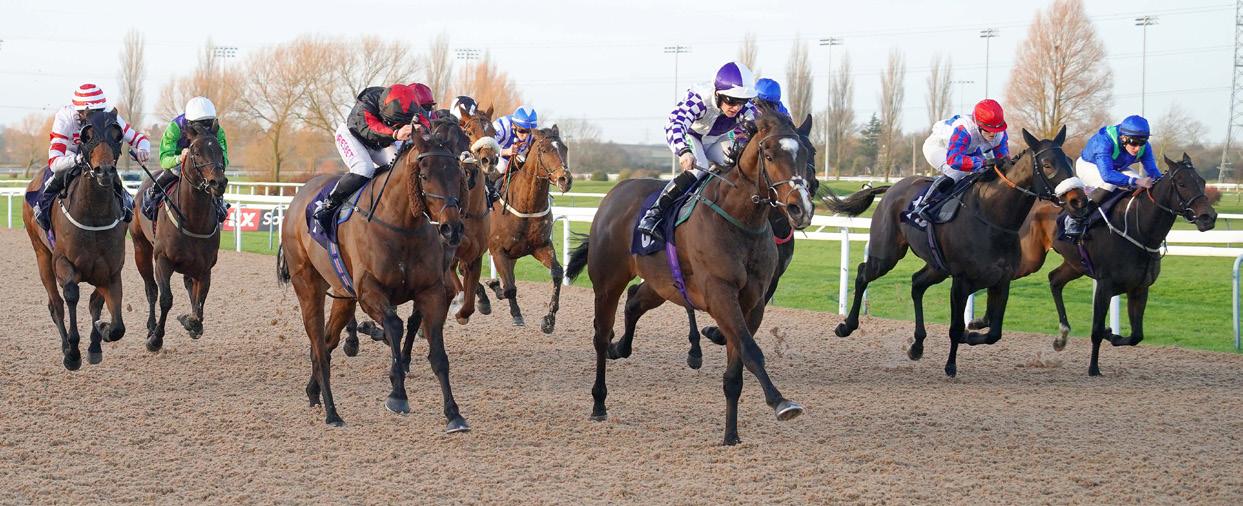
No fast-track-qualifying here, but at least three runs are needed akin to Finals Day, thus creating additional incentive to run on the all-weather. Even the quickest of glances at any given fixture list on the all-weather does reveal the extent to which these races are contested now; with even the choicest-bred horses from big yards coming under starters orders.
While headline names to race synthetic surface will forever include the mighty Enable and Stradivarius, Godolphin recently raced a half-brother to Guineas hero Coroebus to name just one. Tracks learn about the adaptability of the surface all the time, with the recent extreme temperatures providing a new challenge. “Without all-weather racing, there wouldn’t have been any racing in the recent cold snap,” remarks Mark Spincer.
2022 saw two ARC initiatives to increase the quality of racing their tracks, one of those aimed specifically for (winter) all-weather racing. The mother company of Lingfield Park, Newcastle, Southwell and Wolverhampton announced a further bonus of over £1,000,000 not just added to prize money, but to reward connections of the most consistent performers during the winter months.
“While it is early days, some eagle-eyed trainers have already seen the chance to bag a bonus, of course we would love to attract more horses and their connections to our four all-weather tracks. We know that, for many, jump-racing is the winter focus in the UK, but all-weather racing during this period has a wide fan base both domestically and abroad,” concludes Spincer.
Coinciding with the exact timeframe of the All-Weather Championships, the bonus aims to reward consistency in given periods, no matter what the rating of the horse. Points
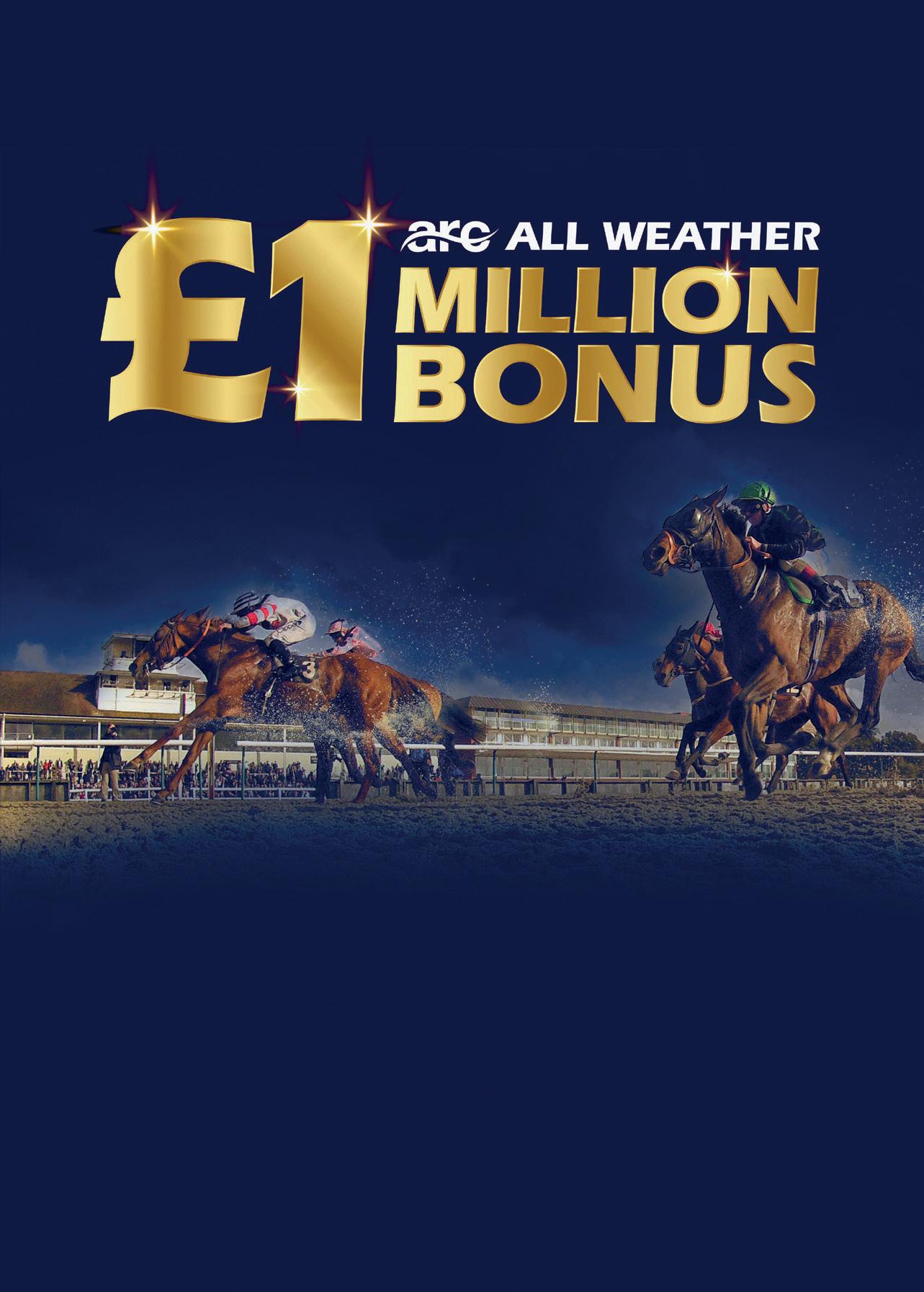
scored go towards a “Horse of the Month” prize with rising extra money paid out from February onwards as well as £700,000 in bonuses for the horses with the most points at the end of the season.
The scheme clearly aims to enhance field sizes. Giving trainers, owners, jockeys as well as stable staff monetary reasons to race on at ARC tracks.
Germany’s all-weather racing scene was quite vibrant at the end of the last century, but it has been in steady decline for some time now. In 2019, Neuss racecourse closed its doors for the last time, and along with 144 years of turf racing went the second of the all-weather tracks.
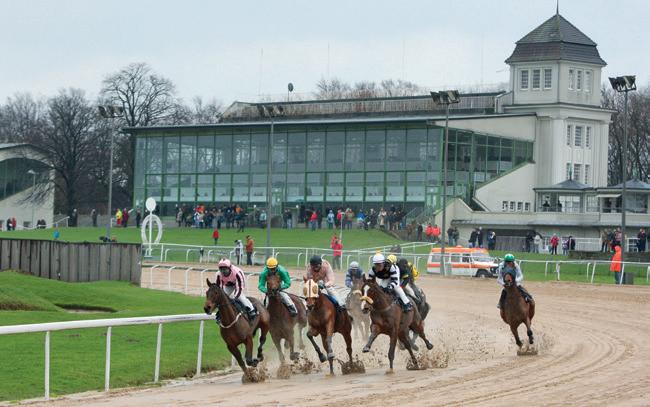
Winter racing is now taking place at Dortmund racecourse only. Dortmund has a grass and an all-weather track, thus providing racing literally all year round.
However, the all-weather surface is a dirt track, Germany does not have any tracks with an artificial surface. The surface has not been renewed for some time now and has a huge kickback.

Racing takes place on roughly 14-day intervals, at time of writing eight meetings are planned this winter. Races are part of the French PMU funding and receive other subsidiaries. Generally, there are six-race-cards, the quality being no better than class 3 handicaps – Germany’s second lowest class, with some sellers thrown in for good measure.
Prize money is at basic level for these types of races, meaning total purses per race do not exceed €5.500. Broadly speaking, all-weather racing in Germany caters for the very base level of the sport, with major trainers and owners very rarely venturing into this sphere. Racing on the sand does count towards the Trainer and Jockey Championships in Germany, and this might lure the odd runner from the bigger stables. Plans for a second track with a synthetic surface have been mulled over by Deutscher Galopp for some time, but along with the general dire financial situation of racing in Germany, it remains only a very distant possibility at the moment.
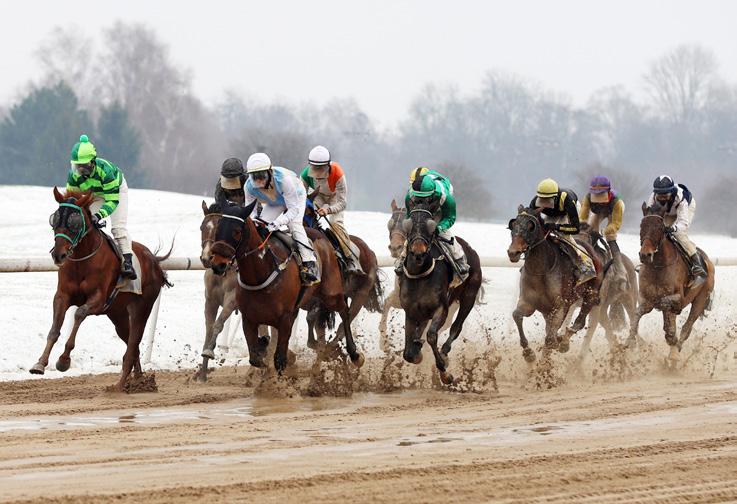
All-weather racing finally reached Ireland in 2007 with the remodelling and re-opening of Dundalk Stadium. It’s the only track in Europe to combine horses and dog-racing and judging by online reviews. This has been a huge success with fun-loving Dubliners.
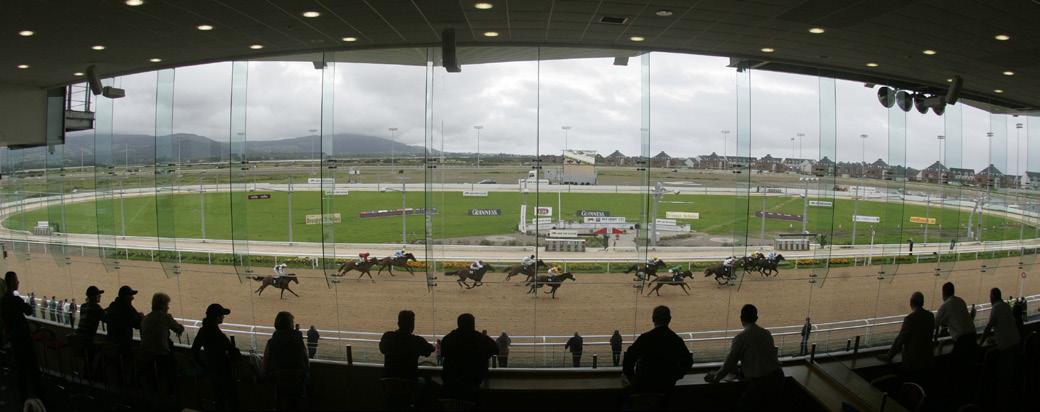
From October till March, the track stages some 43 meetings, with at least once a week racing – mainly on a Friday night with floodlight and dog-racing following. . Racing on the Polytrack continues sporadically throughout the year.
While the quality of handicaps is clearly not premium class, the track does stage a fair share of quite decent 2yo and 3yo maiden races, and these are contested by even the biggest yards in the country.
In addition, Dundalk stages two Gp.3 and three Listed races. Plans for the second Irish all-weather track have been developing for a number of years now, with planning permission for a new track at Tipperary expected to go ahead in early 2023.
This clearly points to an ever-increasing demand to stage flat racing all year round, largely independent from weather influences. In fact, many races on Dundalk’s cards continue to be oversubscribed and operate with reserves – a further pointer to huge demand.
Smaller yards definitely target horses for Dundalk races and have owners who buy horses for this sphere. While larger yards may pick and choose their races at Dundalk, smaller trainers rely on the extra income to keep the yard going through the long winter months.
As jump-racing starts losing its tag of catering for the ‘small man,’ the domination of just a few trainers and owners is becoming more and more blatant by the year. All-weather racing gives a different type of trainer and owner a new lease of racing life.
With added entertainment around the product, Dundalk has created a largely vibrant scene; being in a prime spot no doubt helps, but all-weather racing with regular consistency is clearly a success story in Irish racing.


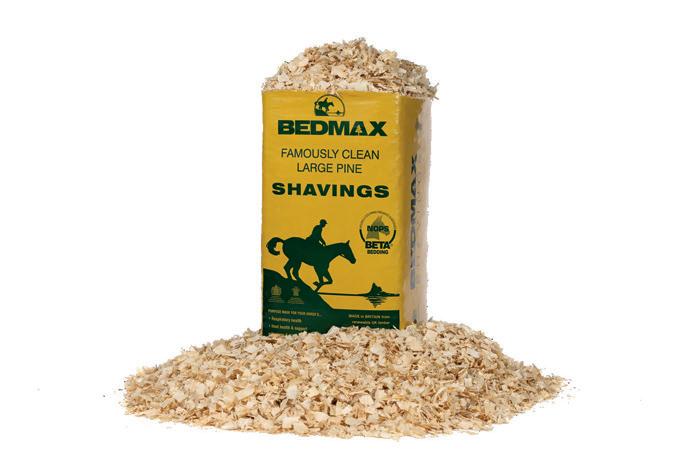

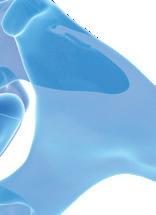
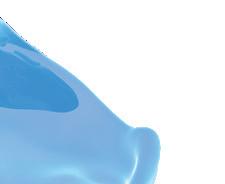

Even though the sacroiliac joint (SI) was on veterinary radars long ago, due to its location buried under layers of muscle in the equine pelvic region, the joint and surrounding ligaments were tough to diagnose and treat.
The sacroiliac joint is often a source of lower back discomfort in race and performance horses. Trainers may notice several clinical signs of a problem. These hints include sensitivity to grooming, objections to riders getting legged up, stiffness of motion, pain to manual palpation of the rump or back, resistance to being shod behind and poor performance.
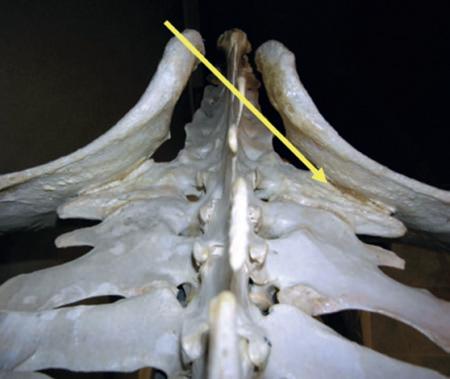
Of course, those symptoms could describe other hind limb soundness issues, making the origin of the problem arduous to ascertain. A thorough physical examination with complete therapeutic options can relieve sacroiliac pain. The treatments are complicated, however, by the anatomy of the SI area.
The equine pelvis is composed of three fused bones: ilium, ischium and pubis. The sacrum, the lower part of the equine back, is composed of five fused vertebrae. The sacroiliac joint is located where the sacrum passes under the top of the pelvis (tubera sacrale). The dorsal, ventral and interosseous sacroiliac ligaments help strengthen the SI joint.
The SI and surrounding ligaments provide support during weight bearing, helping to transfer propulsive forces of the hind limbs to the vertebral column — creating motion much like the thrust needed to break from the starting gate.
Sound complicated? It certainly can be.


It wasn’t until modern medical technology advanced that the SI could be explored seriously as a cause of hind lameness.
“The sacroiliac is one of the areas that’s very hard to diagnose or image,” explained Dr Michael Manno, a senior partner of San Dieguito Equine Group in San Marcos, California. “[Diagnostics] of the area probably correlated with bone scans or nuclear scintigraphy. You can’t really use radiographs because the horse is so massive and there is so much muscle, you can’t get a good image.
“About the only time you can focus on the pelvis and get a decent radiograph is if the horse is anesthetised— you have a big [x-ray] machine and could lay the horse down. But, it’s hard because with anything close to a pelvic injury, the last thing you want to do is lay them down and have them have to get back up.”
The nuclear scintigraphs give a good image of hip, pelvis and other anatomical structures buried deep in the equine body, according to Manno, a racetrack practitioner. “Those images can show areas of inflammation that could pretty much be linked right to the SI joint.”
The other modern technological workhorse in the veterinary toolbox is the digital ultrasound machine. Manno pointed out that veterinarians improved diagnostics as they improved their ultrasounding skills and used those skills to ultrasound areas of the body they never thought about before. Using different techniques, frequencies and various heads on the machine’s probe, the results can be fairly remarkable.
“The ultrasound showed you could really image deeper areas of the body, including an image of the sacroiliac joint,” Manno said. “It can also show some ligament issues.”
THE SACROILIAC IS ONE OF THE AREAS THAT’S VERY HARD TO DIAGNOSE OR IMAGE.”
Horses that present as sore in the hindquarters can be perplexing to diagnose. Sometimes the problem is found in the last place you look – the sacroiliac joint.

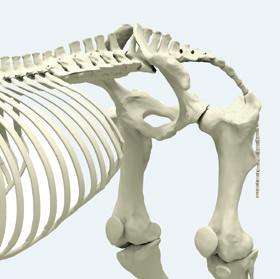
Where the SI is buried under the highest point of a horse’s rump, and under heavy gluteal muscles, there are two sets of ligaments that may sustain damage and cause pain. The dorsal sacroiliac ligaments do not affect the sacroiliac joint directly, but help secure the ilium to the sacral spine. The ventral sacroiliac ligaments lie deeper, in the sacroiliac joint area, which they help stabilise. These hold the pelvis tight against its spine. The joint itself, being well secured by these ligaments, has little independent movement and therefore contains only minimal joint fluid.
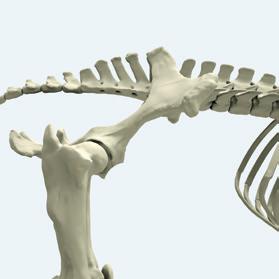
Diagnosing the SI can be complex because horses often travel their normal gait with no change from normal motion—no signs of soreness. Other horses, however, are sore on one leg or another to varying degrees, sometimes with a perceptible limp.
“I don’t know that there is a specific motion,” Manno explained. “You just know that you have a hind end lameness, and I think a lot of performance horses have mildly affected SI joints.
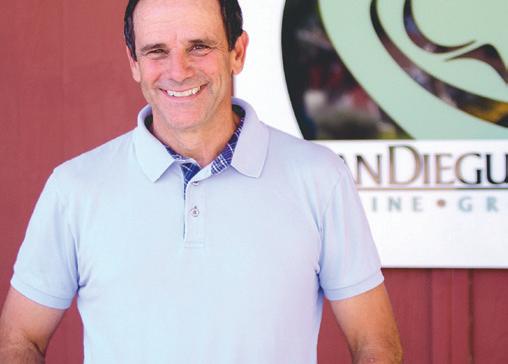
“The horses that are really severe become acutely lame behind, very distinct. You go through the basic diagnostics, and I think most of these horses will show you similar signs as other issues behind. We palpate along the muscles on either side of their spine and they are sore, or you palpate over their croup and you can get them to drop down—that kind of thing. Other times you do an upper limb flexion on them and they might travel weird on the opposite leg. So, it can be a little confusing.”
In the years prior to the early 2000s, the anatomical location of the SI hindered a definite diagnosis; decisions on hind soreness were more of a shrug, “time and rest” treatment evaluation. As one old-time practitioner called it, a SWAG – “Scientific Wild Ass Guess.”
Even with modern tools, making a conclusive diagnosis can be opaque.
“The less affected horses, through exercise and with medications like Robaxin [muscle relaxer] or mild anti-inflammatories, seem to be able to continue to perform,” Manno said. “I don’t know how you can be perfectly sure of an inside joint unless you try to treat it and get results.”
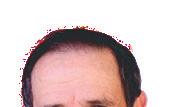
DIAGNOSING THE SI CAN BE COMPLEX BECAUSE HORSES OFTEN TRAVEL THEIR NORMAL GAIT WITH NO CHANGE FROM NORMAL MOTION –NO SIGNS OF SORENESS.”Dr Michael Manno
“That’s why bone scans came into play and are really helpful,” Manno added. “You can image that [SI] area from different angles with the machine right over the path of the pelvis, looking down on it or an angle view into it, and then you see it from the side and the back very often. We can get an idea from the different views and angles of where the inflammation is and pinpoint the problem from that.”
Once Manno has a generalised idea of where the problem is, he fine-tunes his hypothesis using more diagnostics with a digital ultrasound machine.
“You can ultrasound from up above and see the joint that way,” he said. “As ultrasound has progressed, we’ve found that the rectal probes the breeding vets have used can also be tuned in to start looking for other things. If you turn them upwards, you can look at the bottom of the pelvis and the SI joint. You can see things through the rectum by just looking straight up. That is a whole new thing that we probably never thought about doing. I don’t profess to be very great at it; it’s not something I do a lot, but there are people that are just wonderful at it.”
But, if the diagnosis is incorrect, the prescribed treatment may be anything but helpful.
“In many cases, if a horse is really sore, you need to be very careful,” cautioned Manno. “What you don’t want to do is go from a strain or some sort of soft tissue injury into a pelvic fracture by trying to keep them going.
In many cases, you are back in the old rest and time type of treatment.”
Manno pointed out one treatment that has advanced over many years is injecting the SI joint directly. There are a couple of techniques used when injecting the SI. With a blind injection the practitioner directs a long, straight needle into the joint by relying solely on equine anatomy. The other technique employs an ultrasound machine to guide the placement of the needle into the joint.
“Normally, we are just injecting cortisone in those cases,” Manno noted. “We are trying to get the inflammatory response to settle down. Hopefully that gives the horse some relief so that they’re a bit more relaxed in their musculature. You know how it is when you get a sore back—it’s hard to keep yourself from cramping, which makes everything worse.”
A slight tweak of that technique is to use a curved needle. When you are positioning the curved needle, it follows the curve of the horse’s anatomy and helps the practitioner direct the injection into the joint.
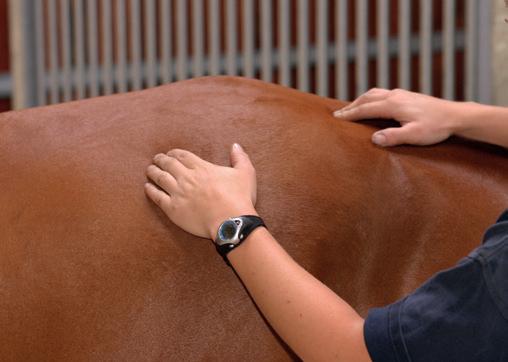
“It curves right into position for you—it gives you a little help,” Manno confirmed of the curved needle. “Some people are really good with that technique; others still like to go to the straight needle. [The curved needle] helps you approach the site without interference from the bones in that area.”
SI joint injuries affect most performance horses, including standardbred trotters and pacers, Western performance athletes as well as hunters, jumpers and dressage horses.
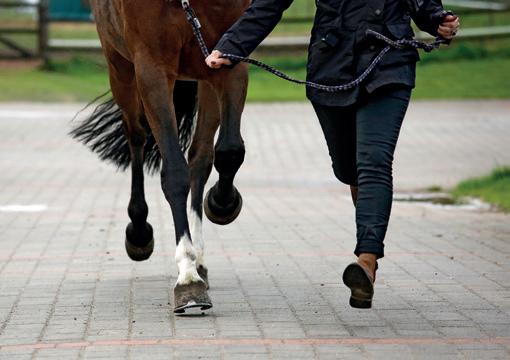
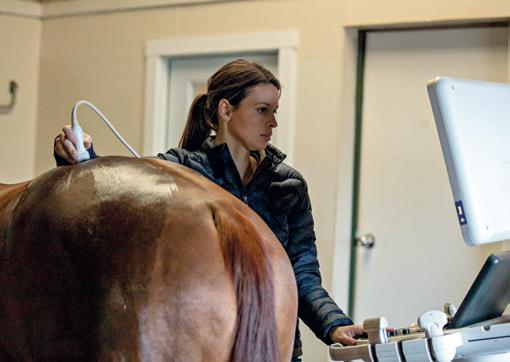
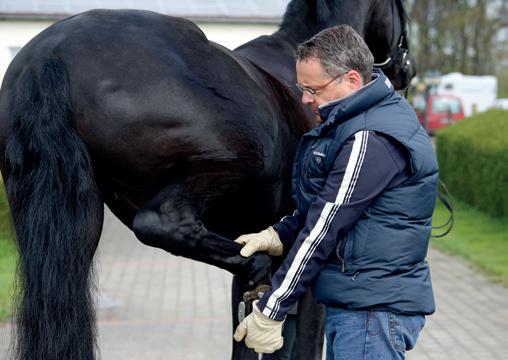
Palpation
Trot
Other treatments utilised to ward off SI pain include shockwave, chiropractic, acupuncture, therapeutic laser and pulsed electromagnetic therapy.
The older show horses are often diagnosed with chronic SI pain, sometimes complicated by arthritis. These chronic cases— and admittedly some racehorses—are treated with different therapies. These conservative, nonsurgical treatments have been proven effective.
In addition to stall rest and anti-inflammatories, physical training programmes can be useful in tightening the equine patient’s core and developing the topline muscles toward warding off SI pain. Manno, a polo player who also treats polo ponies, believes the hard-working ponies avoid having many SI injuries due to their fitness levels.
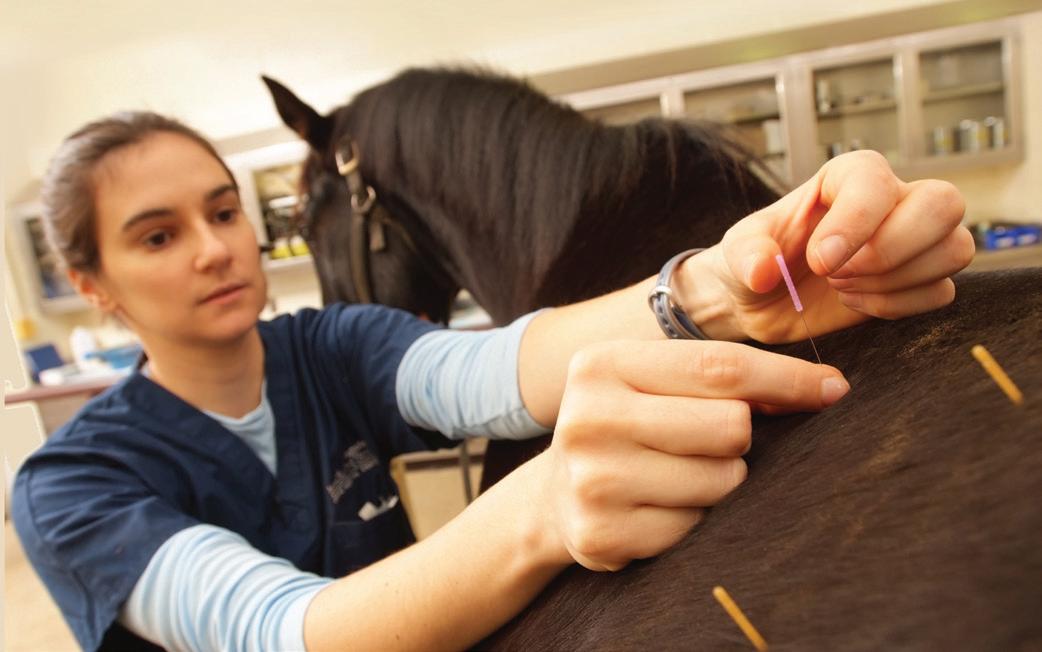
“I think these polo horses are similar to a cross between a racehorse and a cutting horse,” Manno opined. “They are running distances and slide stopping and turning.”
Other treatments utilised include shockwave, chiropractic, acupuncture, therapeutic laser and pulsed electromagnetic therapy.
With the new diagnostic tools and advanced protocols in their use, veterinarians can pinpoint the SI joint and surrounding areas much closer. This gives them an improved indication that there definitely is an issue with the sacroiliac.
When there is a question about what is causing hind end lameness, most practitioners begin with blocking from the ground up.
“In many cases, with hind end lameness that we can’t figure out, we block the lower leg; if it doesn’t block out down low, we conclude the problem is up high,” Manno said. “Once you get up to the hock, you’re out of options of what you can figure out. You start shooting some x-rays, but by the time you get to the stifle, you’re limited. Bone scans and ultrasounds have certainly helped us with diagnosing.”
Manno doesn’t see a lot of SI joint injuries in his practice, but he noted there were cases every now and again. He also opined that there were probably other cases that come up in racehorses on a short-term basis. He also noted that, although it may not be a real prominent injury, that’s not to say it has not gone undiagnosed.
“I think we realise, in many of the horses we treat, that the SI joint is something that may have been overlooked in the past,” Manno concluded. “We just didn’t have the ability to get any firm diagnosis in that area.”
I THINK WE REALISE, IN MANY OF THE HORSES WE TREAT, THAT THE SI JOINT IS SOMETHING THAT MAY HAVE BEEN OVERLOOKED IN THE PAST. WE JUST DIDN’T HAVE THE ABILITY TO GET ANY FIRM DIAGNOSIS IN THAT AREA.”
Cavalor ArtiTec gives our equine athletes what they need during periods of intense work. Cavalor ArtiTec is the result of 7 years of scientific research (in collaboration with UGent) on optimum nutritional supplements for healthy tendons and joints in top-class sport horses. The resulting specific combination and balance of substances not only promotes healthy tendons and joints, it also offers ideal protection against damage caused by strain.
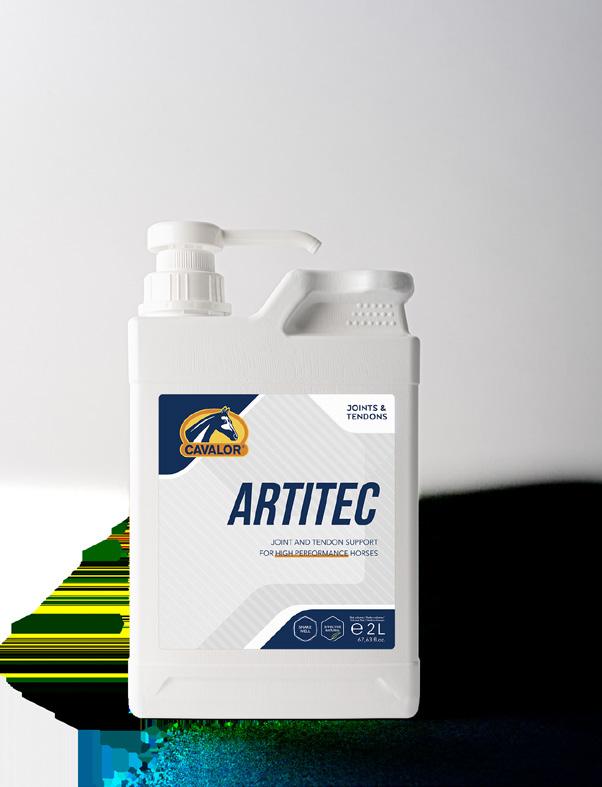
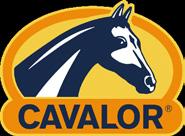
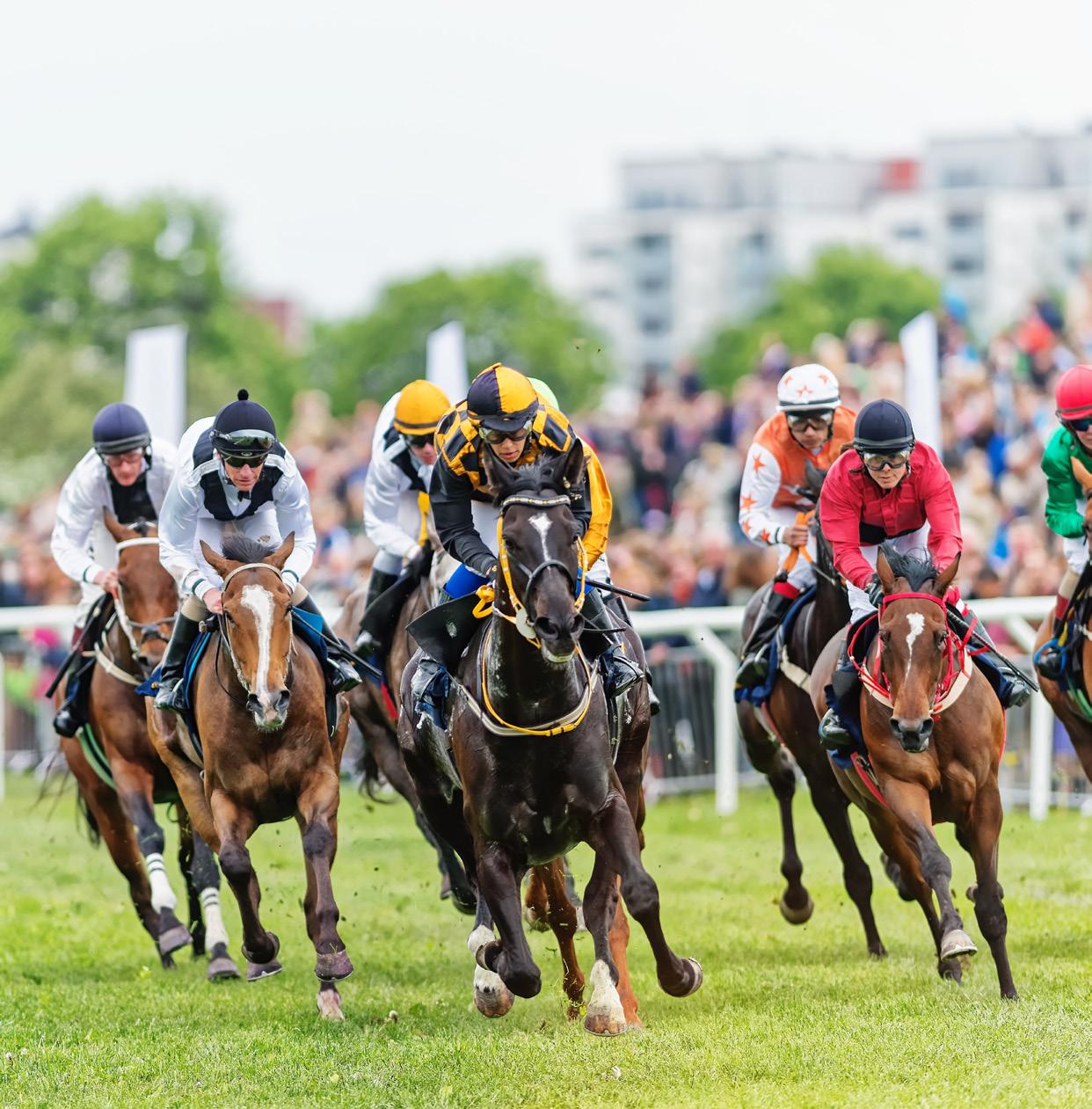
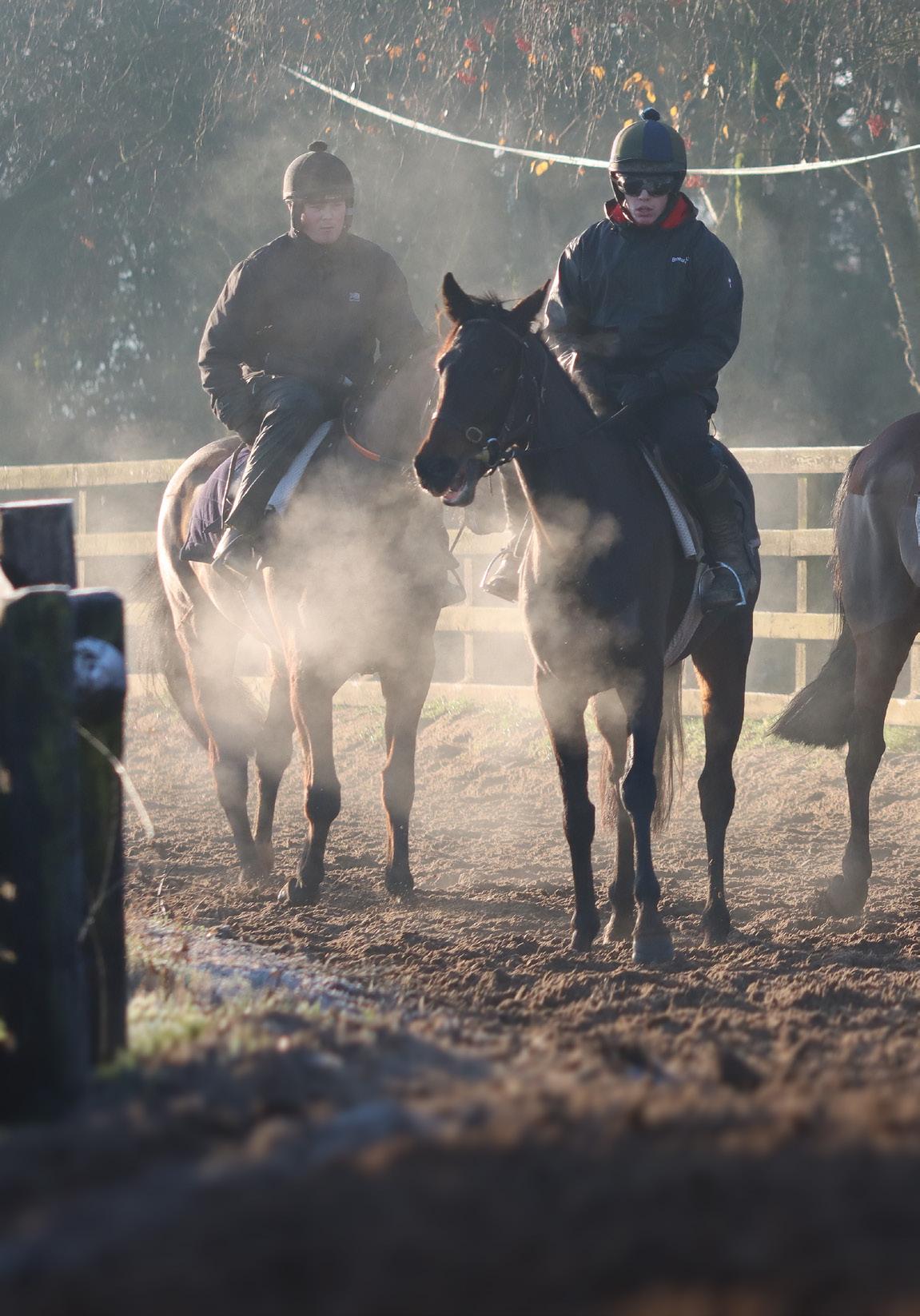
Pre-trainers have always existed but there is far more prevalence in recent times, be that to lighten the loads of trainers themselves or, ever increasingly, within a business model of providing licensed conditioners with readyto-run horses, or as near as dammit.

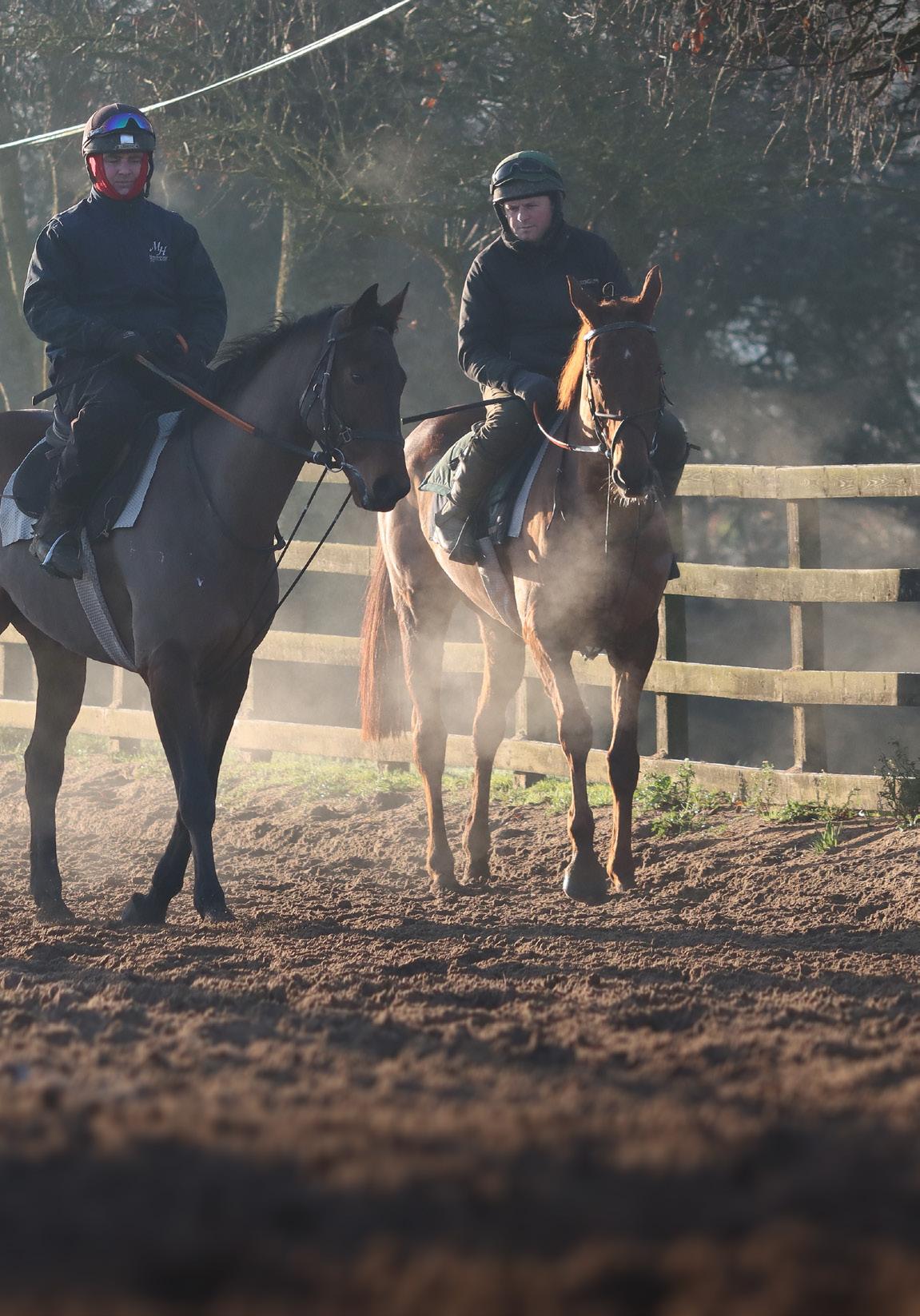
It was interesting to see former Irish Racehorse Trainers’ Association chief executive, Michael Grassick opine in The Irish Field on December 17 that pre-trainers were actually impacting negatively on the men and women he used to represent – and indeed was one of, before handing over the reins to his son, Michael Jnr – as it made it more difficult for them to retain staff.
Surely, though, the only reason a yard uses such services is because it doesn’t have the time, manpower or expertise to do the job. It makes no sense for trainers to add to an already hefty catalogue of expenses if they and their staff are twiddling their thumbs for “three, four and five months,” as Grassick seemed to suggest.
Trainer Tom Mullins isn’t a fan of the point-to-point production line in Ireland, believing that more potential owners are choosing to invest in stores with a view to a quick return at the boutique NH Sales, rather than going in on a young horse to race. But that route is available to everyone within the industry. If you want to work full-time with horses, you have to find a niche, or create one.
We all know Barry Geraghty as the former champion jockey who won the Grand National, and counted two Gold Cups, five Champion Chases, four Champion Hurdles and two Stayers’ Hurdles among his 43 Cheltenham winners.
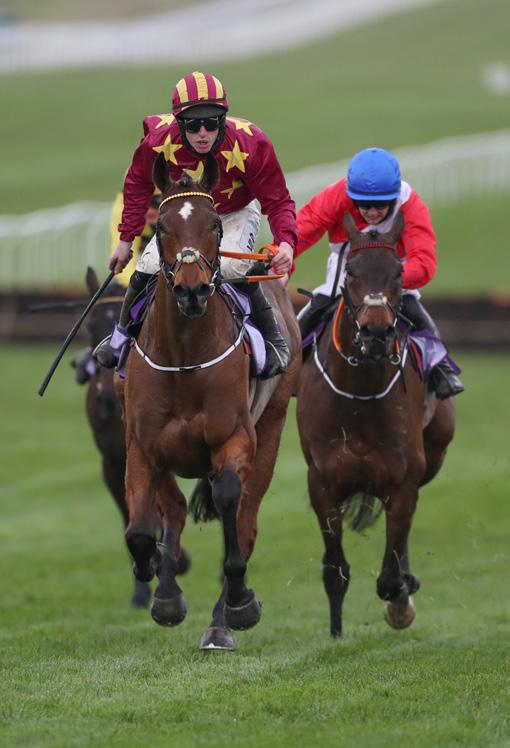

Long before he called time on his career in 2020, Geraghty was pre-training young horses at home in Hallstown, just outside Dunshaughlin, and moving them on, most of the time through the point field via Warren Ewing and Aidan Fitzgerald. His second Gold Cup triumph came in 2013 on Bobs Worth, a horse he had sold to Nicky Henderson as an unbroken store.
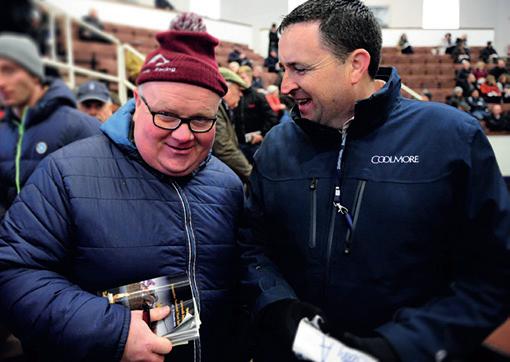
There have been plenty others that have had good careers but Supreme Novices’ Hurdle winner, Champion Hurdle favourite Constitution Hill and Tipperary 4yo maiden runner-up, does have the potential to be the best of his many graduates.
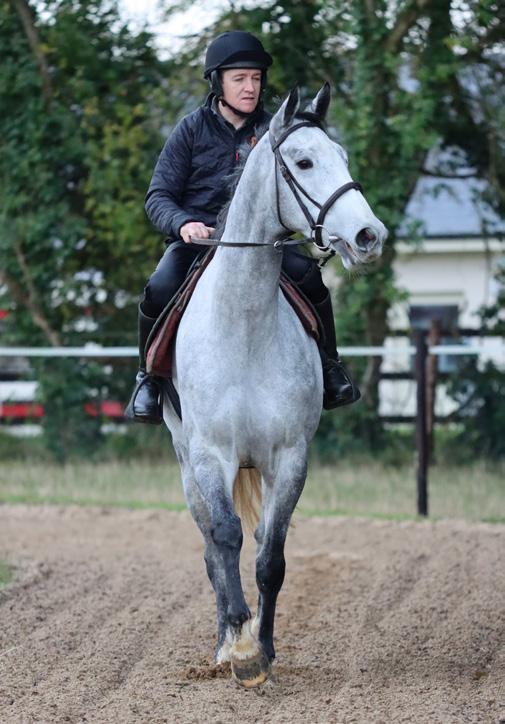
“It’s getting harder at all levels,” as Geraghty explained. “With the price of foals, the price of stores, it’s harder to get what you’re looking for. Bobs Worth—he was bought as a yearling and sold as a four-year-old unbroken store. As I got older, I would have got involved with Warren Ewing buying stores and going straight to the point-to-point field with them. But then we’ve been buying foals as well since then.
“For example, Constitution Hill was bought as a foal. I would have kept him for three years, broken him as a two-year-old, pre-trained him as a two-year-old, pre-trained him as a three-yearold until the autumn, and then he went up to Warren’s to be trained for a point-to-point.”
John Nallen, famous for the Minella soubriquet in honour of his Clonmel hotel and who produced Minella Indo and Minella Times to win a Gold Cup and Grand National within a few weeks of one another in 2021, is another who focuses on foals. Focussing on foals also includes Walter Connors, the man who found Gold Cup winner Don Cossack as a foal in Germany, as well as ill-fated Champion Hurdle hero Espoir D’Allen and multiple Gr1 victors Envoi Allen and Bacardys.
More can go wrong in that length of time, but the outlay is lower and there is less intensity required with the work. And to be able to break them younger is a considerable advantage.
In days of yore, National Hunt horses might not have come out of the field until they were five or six. But all athletic pursuit has advanced and science tells us that once the loading is appropriate, earlier development and conditioning work pays off in the long run.
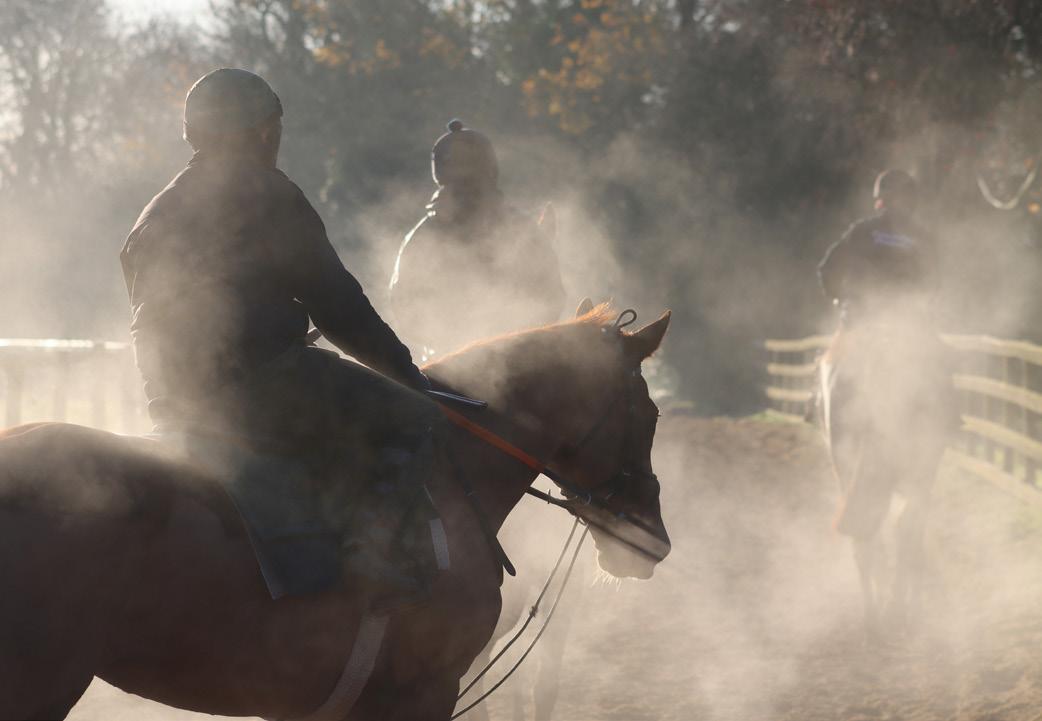
“It’s like the underage structure with county teams, the strength and conditioning that’s being done with 15- and 16-year-olds. They’re your two-year-olds and three-year-olds. So then you’ve a young lad coming out of minors and he’s as big as (GAA footballer of the year) David Clifford.
“And it’s only teaching them graft. It’s not hardship. You’re not galloping them. You’re conditioning them. If you’re to keep a horse right through from a foal to running in a point-to-point or a bumper, it’s an awful lot easier physically to break them at two than it is at three, but there’s great development in it for them too, both physically and mentally. I think you can connect with them well. Because you’re not having the struggle that you might have with a bigger horse, it makes them more amenable, which is a positive thing for when they go into training. They’ve learned rather than been taught.”
As the Meath native acknowledged, acquiring the raw material is the key starting point.
“You’re looking for the best individual you can get, in every sense and obviously a certain level of page to back it as well – sire, damsire. Your budget won’t allow you to buy perfection (so) you just have to pare back as to where you are with your budget and what are the acceptable faults.”
Judging from the laugh that greets the query about what flaws you might be willing to accept, it isn’t always straightforward.
“It’s very hard to sell one by an unfashionable sire. It doesn’t help. There’s lots of different things. A horse is probably judged at his harshest at the store sale. Whereas he goes and wins a point-topoint, his faults might be more acceptable.”
IF YOU’RE TO KEEP A HORSE RIGHT THROUGH FROM A FOAL TO RUNNING IN A POINT-TO-POINT OR A BUMPER, IT’S AN AWFUL LOT EASIER PHYSICALLY TO BREAK THEM AT TWO THAN IT IS AT THREE, BUT THERE’S GREAT DEVELOPMENT IN IT FOR THEM TOO, BOTH PHYSICALLY AND MENTALLY.”
Connors is renowned as the pioneer of sourcing foals in France –Envoi Allen and Espoir D’Allen were in the same field at Bruno Vagne’s Elevage Allen when the Waterford man picked them out – and he chooses what route he takes to disperse his stock in accordance with those faults Geraghty refers to.
“It’s pretty random with us, the selection of what goes to the sales and what doesn’t,” Connors told me. “A horse could be backward and not fit for the sales so we might point-to-point him; but it’s a blank canvas on the first of January, and while we aim for the sales, there’s always one reason or another why a horse doesn’t make it and we’ll point-to-point instead.”
After the best part of three years growing up at Sluggara Farm in Dungarvan, Envoi Allen was prepped by Colin Bowe for a facile triumph in a Ballinaboola maiden because Muhtathir was not a
sire that got the market’s pulse racing. But Connors would not like to have his entire investment, or anything like it, relying on form, albeit that the decision to focus on foals is budget-driven.
“Buying foals has worked out okay for us, but it’s full of risk,” the vet stated. “All you can see at that stage is whether they’re big or small. We try and have a look at them as they’re coming along and see how they’re developing. But when did I know Envoi Allen was a good horse? When he jumped the second-last in Ballinaboola. That’s the reality of it. All we can do is try and improve the way we rear them, to make sure they get the best chance they can.
“Buying foals and selling as three-year-olds means you have a lot of capital tied up. You have three years of stock on hand before you have something to sell. Then when those horses are sold, hopefully it takes the pressure off the horses in training. I am full of admiration for the lads depending on form for everything.”
Nallen and Pat Doyle are in that latter category, though Nallen acquires foals mostly and Doyle focuses primarily on the more expensive but more immediate turnaround of stores.
Doyle, who broke Champion Hurdle legend Monksfield and subsequently educated and sold Grand National and Gr1 winner Minnehoma as well as other top-flight victors Bob Olinger, Shattered Love, First Lieutenant and Brindisi Breeze, bought Appreciate It and Asterion Forlonge as stores the same day for €60,000 each before selling the future Gr1 winners.
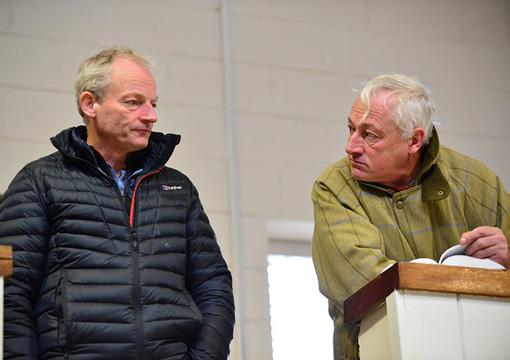
“Nowadays, horses are pretty well done from the time they’re foals,” Doyle detailed.” It’s not like it was 20 years ago. Threeyear-olds weren’t touched until six weeks before sales. It’s totally different now. Most of the three-year-old stores have been to a sale as stores and they’re very professional men, the men that buy them.
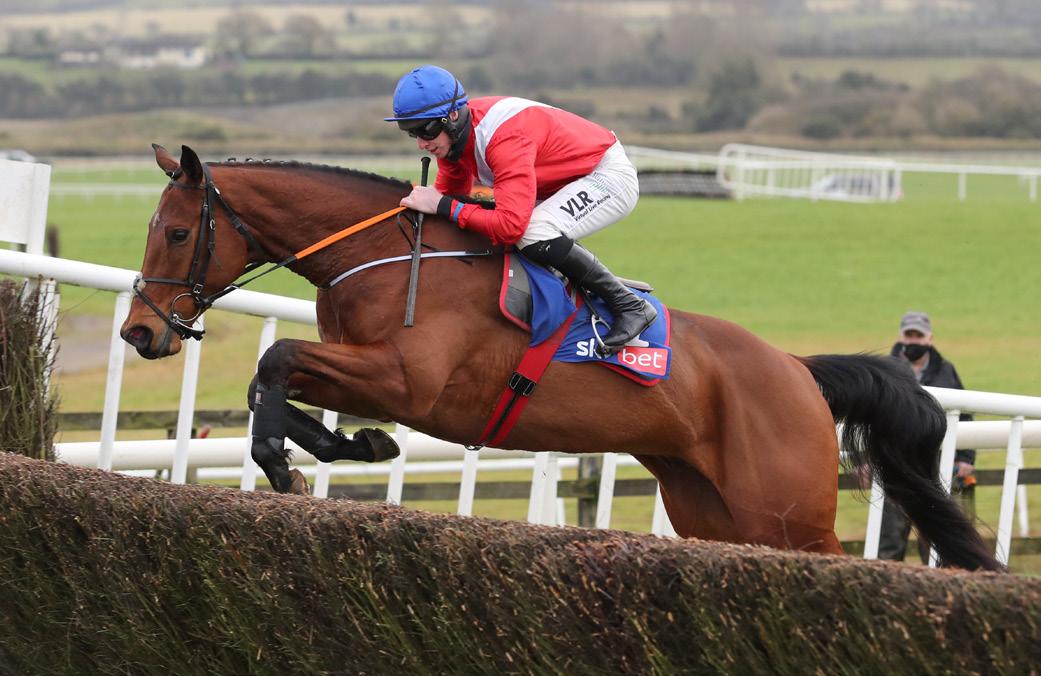
“We’ve a few fellas around here, and they would bring their yearlings in for the winter and probably put breaking tack on them and drive them on long reins, and probably do that for the months of December, January and February, and probably do it again their two-year-old days. They’re so well-handled, horses are a lot more forward than they were.
“We don’t like to do things too quick. It actually takes me probably between four and five months to get a horse to where I want to get him. You will get the odd horse that will get there in four months. We break them, let them out for a month and bring them back in the middle of August. We do an awful lot of conditioning work before we’d do anything else. You’re talking five good months.“
There is an important theme here. Sometimes, the charge is levelled at the point-to-point producers that they don’t leave much in the tank. But that wouldn’t make sense from a business perspective because you want clients to return. You don’t get the best of the horse by finding out about them before you need to.
Minella Indo is another fine example of the benefit of patience. Nallen bought him as a foal from breeder Dick Lalor, of Carrigeen fame, and kept him until he was five.
“He could have made it at four but we always want to do right by the horse and played it cautiously with him,” Nallen revealed. “He is a Beat Hollow; it’s a good family, but his dam was 22 and people thought we were a bit mad buying out of a 22-year-old mare. He came through the system well and we just didn’t rush him to get him out at four.
“When we saddled him up at Dromahane, the day after St Patrick’s Day in 2018, he was ready and he won easily. And the rest is history… It’s about getting them over the line. Find out as much as you can about their ability without wrecking them.”

That said, when you have them for years rather than months, there are various landmarks along the way that you know should be hit.
“You’re going through all the stages from a foal and a two-yearold to three-year-old,” Geraghty noted. “Some will grow, some won’t grow. There are different stages, and some will grow into a horse you’d hope them to be; and Constitution Hill would have
WE DON’T LIKE TO DO THINGS TOO QUICK. IT ACTUALLY TAKES ME PROBABLY BETWEEN FOUR AND FIVE MONTHS TO GET A HORSE TO WHERE I WANT TO GET HIM.”
been that horse as an individual, but desperately laid back. But he always found everything really easy, and it was then a case of doing everything right for what you would expect a horse to do at every stage. But it’s only when you look under the hood that you see what’s there. It’s only when you give them a squeeze; and with him (when he went in training with Ewing), it was instant.”
Unfortunately for Doyle, he chose the same point-to-point for future multiple Gr1 winner Appreciate It as Envoi Allen ran in; and his charge tired to finish third having gone toe-to-toe with his good friend Connors’ star. The vital win was recorded next time out, and Willie Mullins bought him privately.
Mullins sends a lot of his horses to Sonny Carey for the other side of pre-training – readying horses for a full-time training regime. While Carey also buys a few stores himself and has a permit to train a few horses on the track for family and friends, it is breaking horses for trainers or readying them for their routines that is the core of his operation, which is based in Arthur Moore’s yard outside Naas.
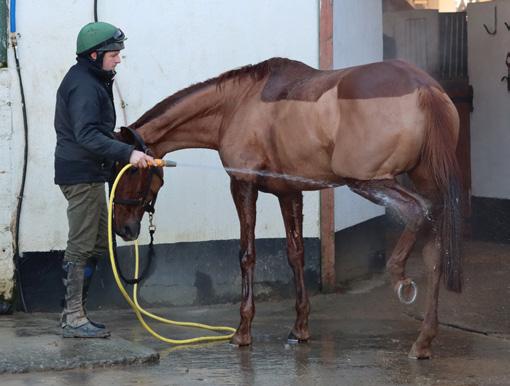
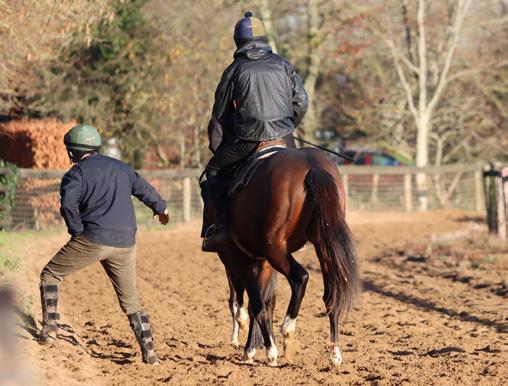
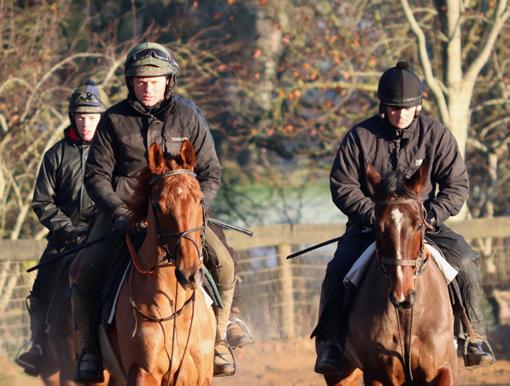
Appreciate It, Laurina and Captain Guinness are just some of high-calibre talent he and his team have been entrusted with.
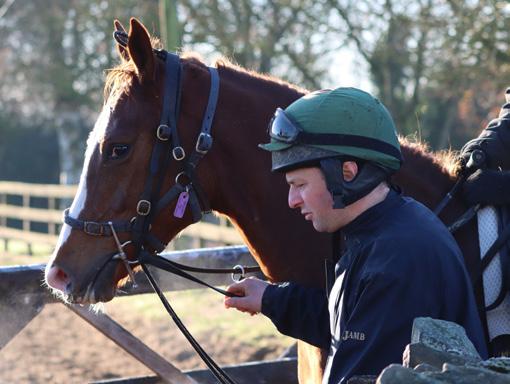
“The way I work it is we break them, educate them and get them ready to go into a string so that from the day they arrive into the yard, they can just go into the string,” said Carey.
“It all depends on what the trainer will want. Some trainers will want them to just fit into the string. Some trainers will want to know how good they are, what you think of them. Owners sometimes
THE WAY I WORK IT IS WE BREAK THEM, EDUCATE THEM AND GET THEM READY TO GO INTO A STRING SO THAT FROM THE DAY THEY ARRIVE INTO THE YARD, THEY CAN JUST GO INTO THE STRING. SOME TRAINERS WILL WANT TO KNOW HOW GOOD THEY ARE, WHAT YOU THINK OF THEM.”Sonny Carey
INDOOR STABLING CAN EXPOSE OUR HORSES TO TWICE THE RESPIRATORY RISKS OF LIVING OUTDOORS
INDOOR STABLING CAN EXPOSE OUR HORSES TO TWICE THE RESPIRATORY RISKS OF LIVING OUTDOORS
Hay is a major source of these risks.
INDOOR STABLING CAN EXPOSE OUR HORSES TO TWICE THE RESPIRATORY RISKS OF LIVING OUTDOORS
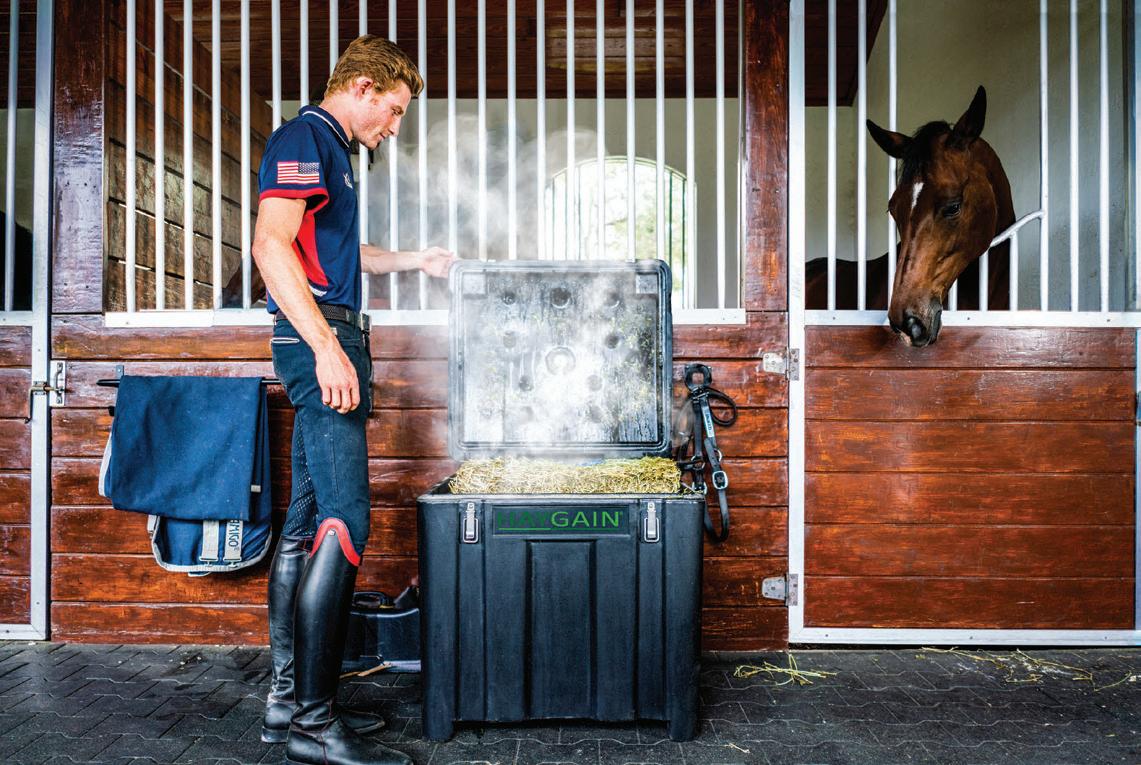
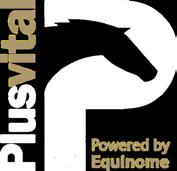
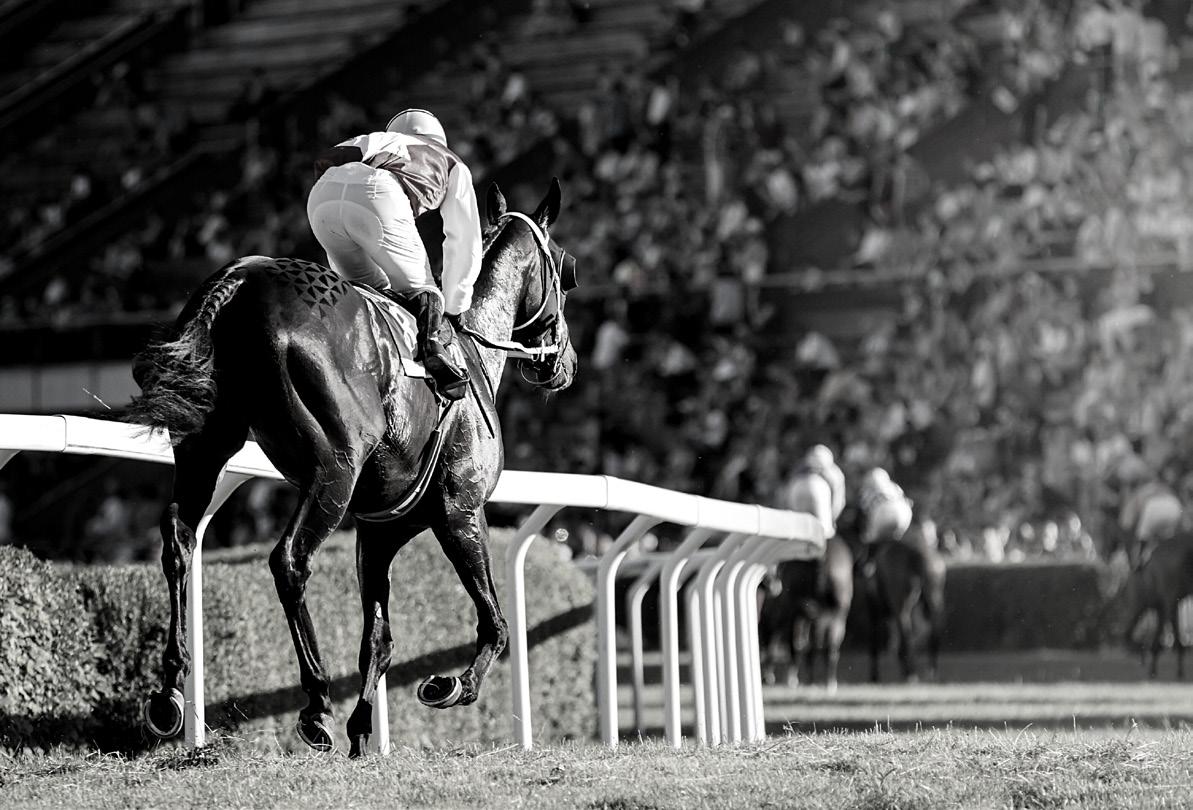
Hay is a major source of these risks.
Hay is a major source of these risks.
LET HELP THIS WINTER STABLING SEASON! By reducing up to 99% of the respirable particles in hay, Haygain Hay Steaming significantly reduces those risks.
By reducing up to 99% of the respirable particles in hay, Haygain Hay Steaming significantly reduces those risks.
LET HELP THIS WINTER STABLING SEASON! By reducing up to 99% of the respirable particles in hay, Haygain Hay Steaming significantly reduces those risks.
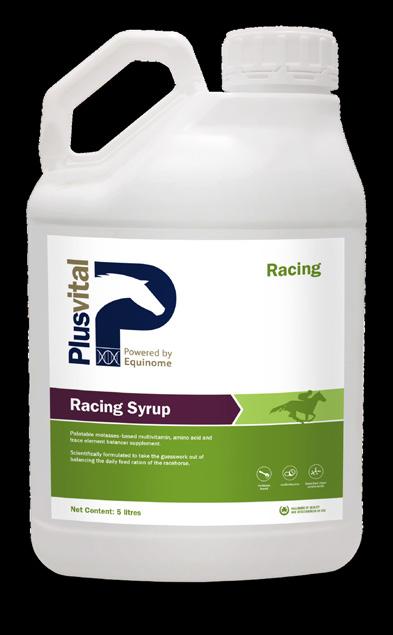
PROVEN RESEARCH. PROVEN RESULTS. haygain.co.uk | 01488 854005
PROVEN RESEARCH. PROVEN RESULTS. haygain.co.uk | 01488 854005





want to find out if a horse is worth putting into training. It just all depends on the client. And the horse.
“We more or less start them off steady, get them hacking away, step them up to cantering away; then, and if the trainer wants them worked, they can start working and be schooled along as well.
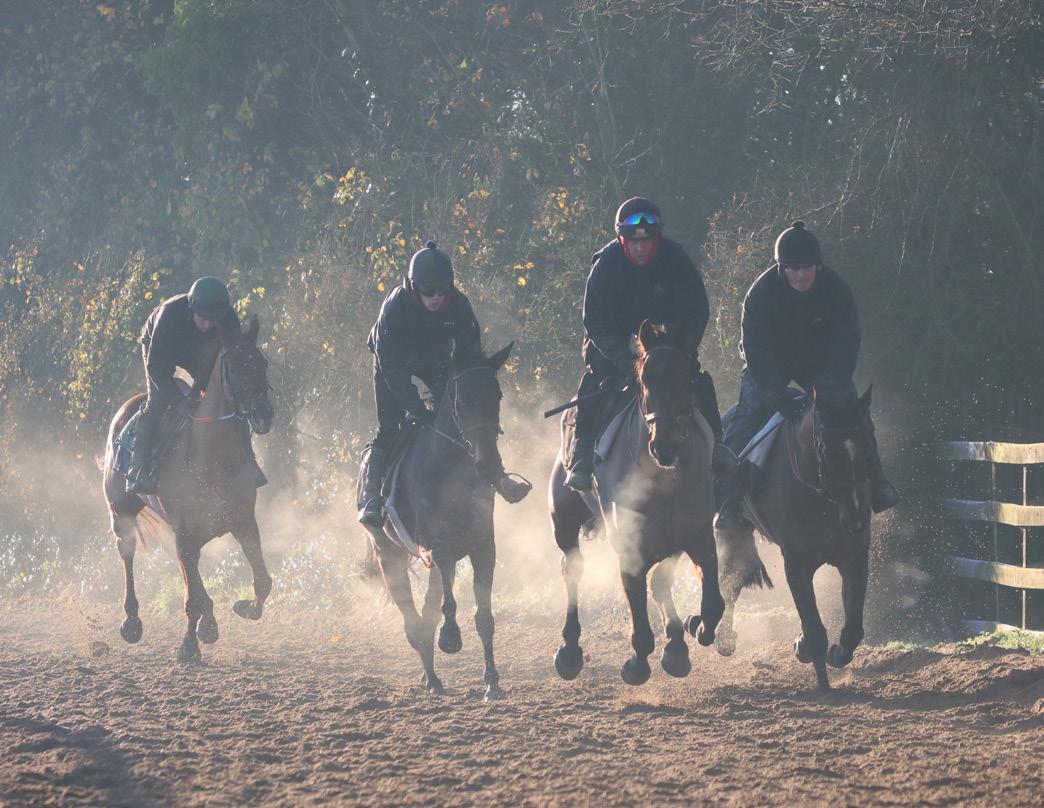
“It’s all in collaboration with the trainer but it’s down to the individual horse. Some horses will take plenty and be ready for rocking, and some horses fall away or get little injuries or the normal young horse kind of things. They’ll all get their ringworm and they’ll get sick at some stage—just the things that young horses get. It’s better for those things to happen in my yard than the trainer’s yard.”
Carey explained how he goes about breaking young horses.
“Everyone has their own way of doing it. It’s what works for you, isn’t it? I was lucky; my father did it for. I’d say. the guts of 50 years and I learned it off him.
“You’re handling, starting them lunging, getting them used to a bit in their mouth, start with a roller, which simulates a girth. Once they take that, you’ve no problem and we’ll stick a second rope on them then and start turning them on a long reign, which simulates a rider steering them. Some horses would do no better for three weeks driving than they would three days. They just have it. Some horses need more driving.
“After that, in the stable, you just start lying over them, patting them away. And slowly get in on them, and then you’ll start riding them around the box, putting your leg on them, teaching them. We’ll go from the box then to the lunge ring, ride them in the lunge ring and then introduce another horse into the lunge ring with them after a day or two.
“Then we might have four or five in the ring together … so that when they head out to the gallop, they’re fairly straightforward.”
Captain Guinness is an example of the advantage of having more time with horses and breaking them younger. He won quickly for Henry de Bromhead, but proof that the lemon hadn’t been squeezed to the pips was that he was a Gr2 victor just last November, three years later.
“For a National Hunt horse now you’d be better off breaking them at two and get a little pop into them. That’s in a perfect world. Store horses are so well handled now coming from the sales that there’s not much work in them in that way. There’s a massive difference between a sales horse and a homebred.
“We broke Captain Guinness at two, he came back in at three and came back in again at four. When he came back, it was just hacking away steady, getting miles under the built and schooling him away. He’d go on another little break then and come back in. We had him cantering away, and when he went down to Henry as a four-year-old he’d a good bit done, over a good period of time. He won as a four-year-old for Henry.”
FOR A NATIONAL HUNT HORSE NOW YOU’D BE BETTER OFF BREAKING THEM AT TWO AND GET A LITTLE POP INTO THEM. THAT’S IN A PERFECT WORLD.”
Carey never had any interest in going into training fulltime, more enthused by teaching youngsters.
“You’ll never be rich but you’ll always have a wage. We bring along a few horses ourselves, and we’ve been lucky trading the last few years and that slots into it as well. We’d always have a store or two and we’d always have a yearling or two as well for the Flat. We might run a couple over in France and have had a bit of luck there.”
Carey was almost apologetic as he continually reverted to the importance of the raw material. But it’s the key tenet of the pre-training process. It can’t be a one-sizefits-all routine.

“Treat them as individuals. We’d a filly gone away there that you couldn’t get a second rope on her. She kept kicking herself. So we had to skip that step. We had to ride her rather than drive her. But you’ll get that. We’d a horse last year; we had to ride him on the walker because he kept bolting. So that was what we did to get him to accept the rider. There’s lots of different things that can come up and it’s all about the individual.”




Clearly, while the process is vital, it will never make a bad horse a world beater. But it can turn a potentially good one into a plug if it isn’t done properly. We’ll give the last word to Geraghty.
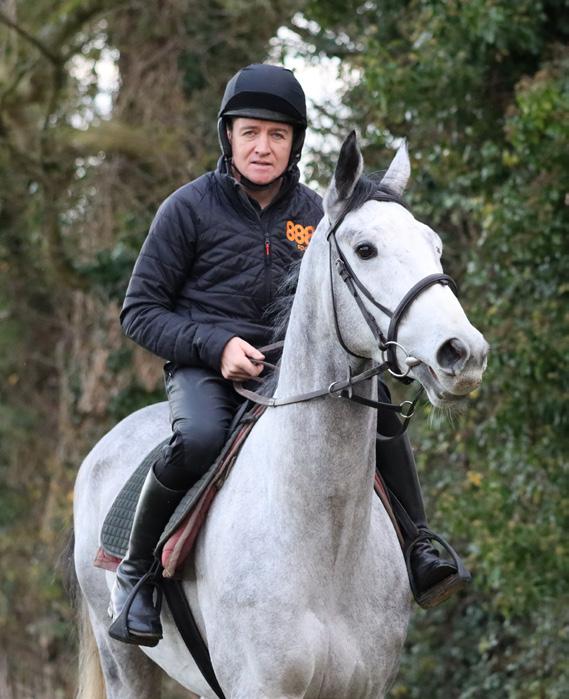
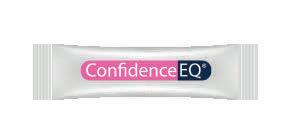
“The most important thing is that you’ve a nice horse in the first place. It’s a bit like the silk purse. You need the horse. A good pre-training system will make the best of a horse, but there’s no magic.”
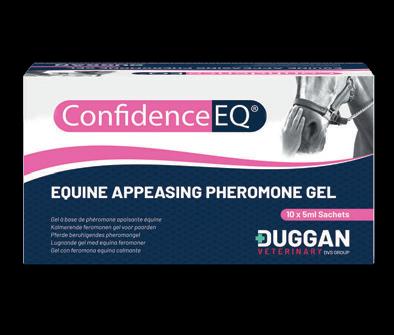
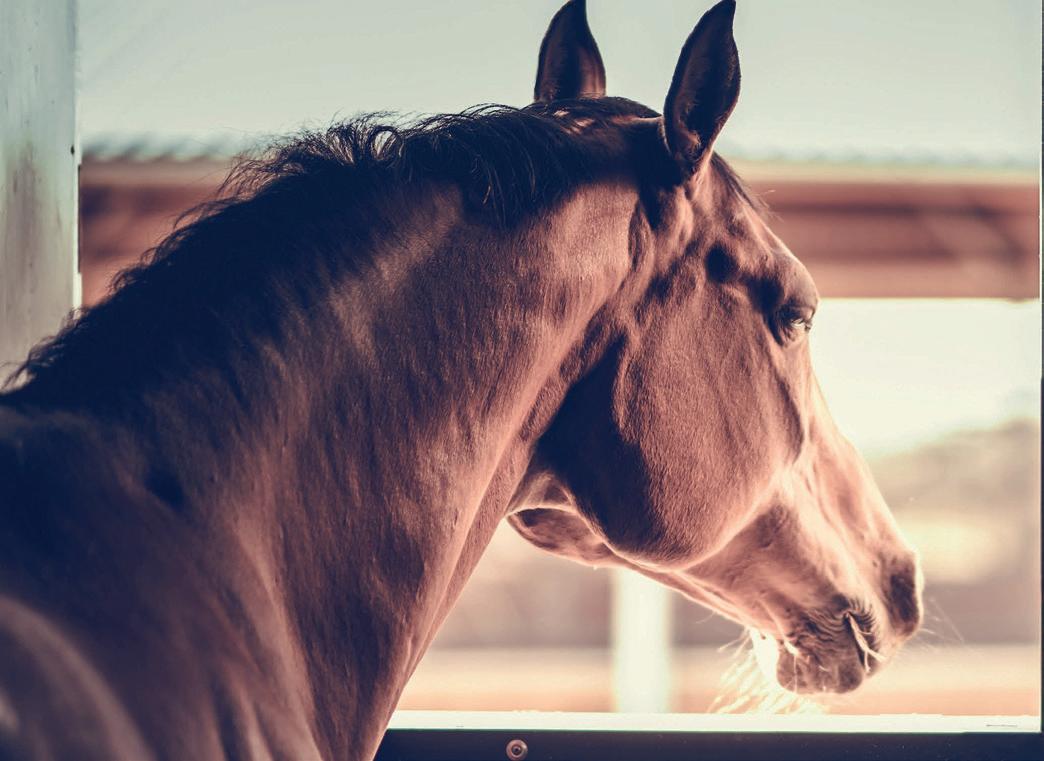
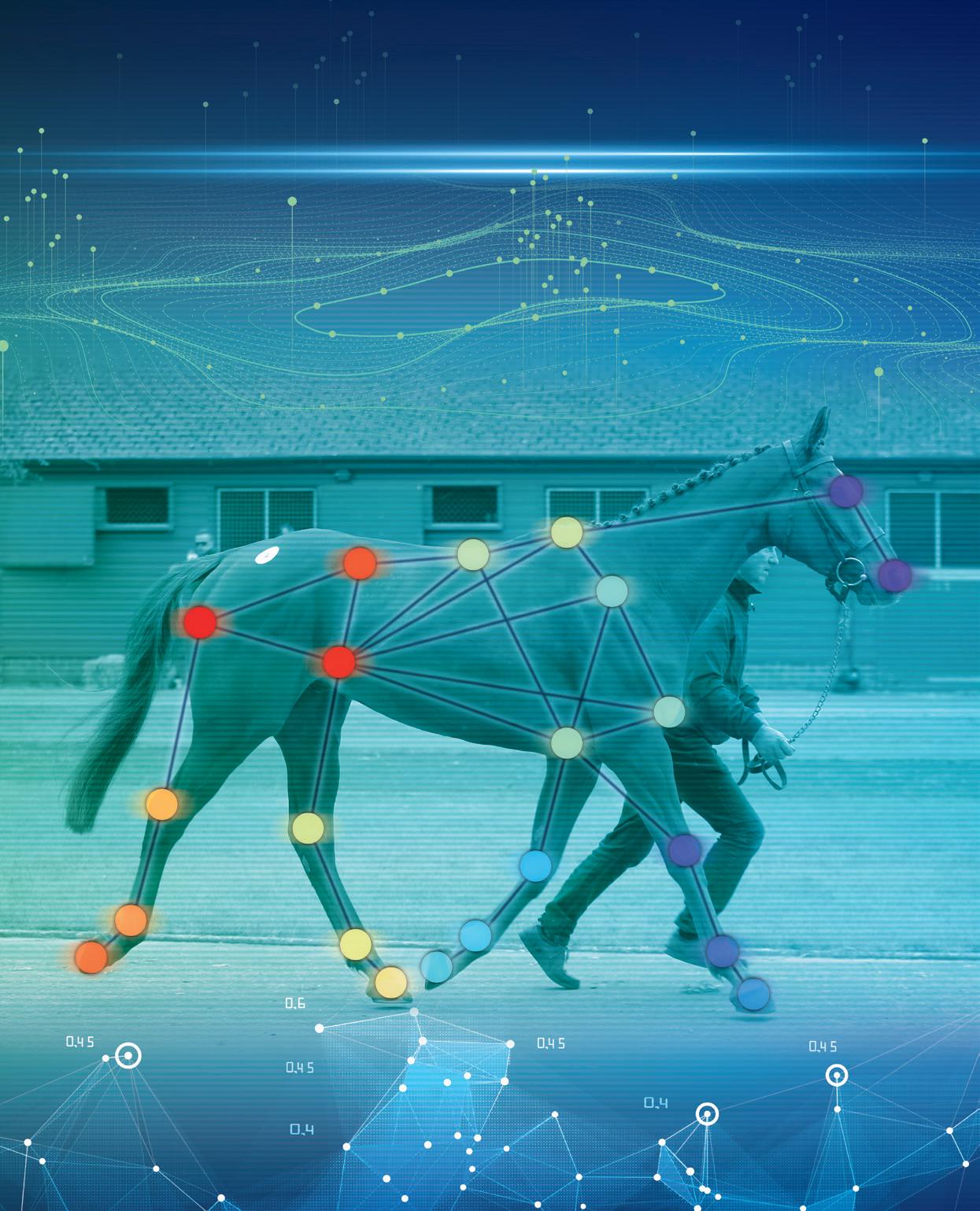
Book 1 of the Tattersalls October Yearling Sale is traditionally where some of the finest horseflesh in the world is bought and sold. The 2022 record-busting auction saw 424 lots pass through its hallowed rotunda for a total of 126,671,000 guineas.
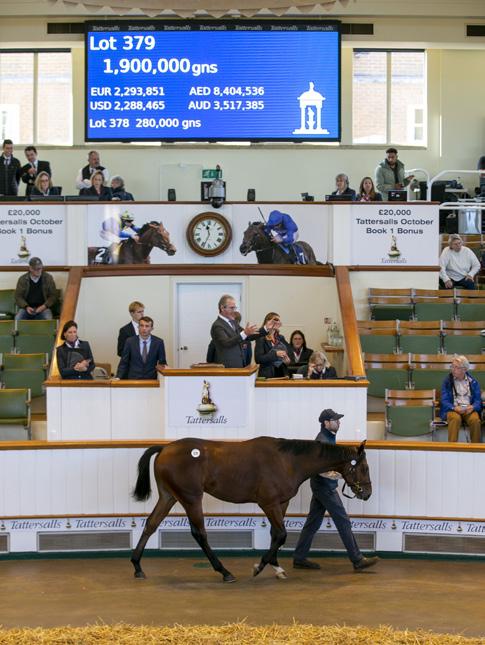
One of the jewels in the crown was undoubtedly lot 379, a Frankel colt out of Blue Waltz, who was knocked down to Coolmore’s M.V. Magnier, joined by Peter Brant, for 1,900,000 guineas.
It is easy to see why lot 379 made Coolmore open its purse strings. He has a stallion’s pedigree, being out of a Pivotal mare. His sire has enjoyed a banner year on the track, with eight individual Gp/Gr1 winners in 2022. He is a full brother to the winning Blue Boat, himself a 450,000 guineas purchase for Juddmonte Farms at Book 1 in 2020. Lot 379 is undeniably impressive on the page.
But it is not his impeccable pedigree that makes Tom Wilson believe lot 379 has the makings of a future champion. “The machine doesn’t have any biases. It doesn’t know whether it’s a Galileo or a Dubawi or a Havana Grey,” he says. “The machine just looks at the movement of the horse and scores it as it sees it. It has no preconceptions about who the elite sires in the market are. It’s completely neutral.”
The ‘machine’ to which Wilson is referring is, in reality, a complex computational model that he claims can predict with 73 percent accuracy whether a horse will be elite (which he defines as an official rating of 90 or above, or the equivalent in its own jurisdiction) or non-elite (rated 60 or below) based on its walk alone. It’s a bold claim. So how does he do it?
First, Wilson taught an open source artificial intelligence tool, DeepLabCut, to track the movements of the horse at the walk. To do this, he fed it thousands of hours of footage. He then extracted around 100 frames from each video and manually labelled the body parts. “You teach it what a hock is, what a fetlock is, what a hip is,” he explains. “Eventually, when you feed new videos through, it automatically recognises them and plots the points. Then you can map the trajectories and the angles.”
He then feeds this information into a separate video classification algorithm that analyses the video and compares it to historic data in order to generate a predicted rating for the horse. “Since 2018, I’ve taken about 5,000 videos of yearlings from sales all around the world with the same kind of biometric markers placed on


them and then gone through the results and mapped what performance rating each yearling got,” he says. “So we’re marrying together the video input from the sale to the actual results achieved on track.”
Lot 379 has a projected official rating of 107 based on his biomechanics alone, the highest of all the Frankels on offer in Book 1 (yes, even higher than the 2,800,000 gns colt purchased by Godolphin). Wilson’s findings have been greeted with scepticism in some quarters. “There’s so many other factors that you can’t measure,” points out trainer Daniel Kübler. “There’s no way an external video can understand the internal organs of a horse, which you can find through vetting. If it’s had an issue with its lungs, for example, it doesn’t matter how good it looks. If it’s inefficient at getting oxygen into its system, it’s not going to be a good racehorse.”
“It’s not a silver bullet,” concedes Wilson. “There are multiple ways to find good horses. It’s just another metric, or set of metrics, that helps.” But is it really “just another metric,” or the opening salvo in a data revolution that has the potential to transform the way racehorses are bought and sold?
Big data. Analytics. Moneyball. It goes by many names, but the use of data in sports is, of course, nothing new. It was brought to popular attention by Michael Lewis in his 2003 book Moneyball and by the 2011 film of the same name, starring Brad Pitt.
It charted the fortunes of the Oakland Athletics baseball team. You know the story: Because of their smaller budget compared to rivals such as the New York Yankees, Oakland had to find players who were undervalued by the market. To do this, they applied an analytical, evidence-based approach called sabermetrics. The term ‘sabermetrics’ was coined by legendary baseball statistician Bill James. It refers to the statistical analysis of baseball records to evaluate and compare the performance of individual players. Sabermetrics has subsequently been adopted by a slew of other Major League Baseball teams (in fact, you would be hard pressed to find an MLB team that doesn’t employ a full-time sabermetrics analyst), and ‘moneyball’ has well and truly entered the sporting lexicon on both sides of the Atlantic.
Take Brentford FC. As recently as 2014, the West London club was languishing in the third tier of English football. Today, Brentford is enjoying its second consecutive season in the top flight (Premier League), bucking the trend of teams that gain promotion only to slingshot back down to the lower leagues after one season.
What is their secret? Moneyball. Brentford’s backroom staff has access to vast streams of data that detail how their players rank across a number of key metrics. This information helps them make day-to-day training ground decisions. But crucially, it also shapes their activity in the transfer market by helping them to identify undervalued players to sell on for a profit. Players such as Ezri Konsa, purchased from Charlton for a rumoured £2.5 million in 2018 before being sold, one year later, to Aston Villa for a £10 million profit. Think of it as the footballing equivalent of pinhooking.
The bottom line is that data analysis has already transformed the way athletes are recruited and trained across a range of sports. It stands to reason, therefore, that statistical modelling could help buyers who are spending, on average, 298,752 guineas for a yearling at Book 1 make informed purchasing decisions.

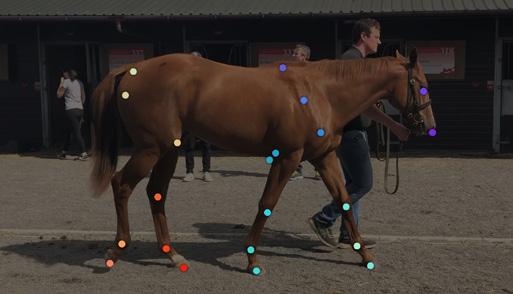
“I’ve always been interested in applying data and technology to an industry that doesn’t exactly embrace technology.” That’s according to star bloodstock agent Bryon Rogers. Rogers is widely regarded as the godfather of the biometrics movement in racing. “The thoroughbred industry is one that moves slowly, rather than quickly,” he adds, with a dash of irony.
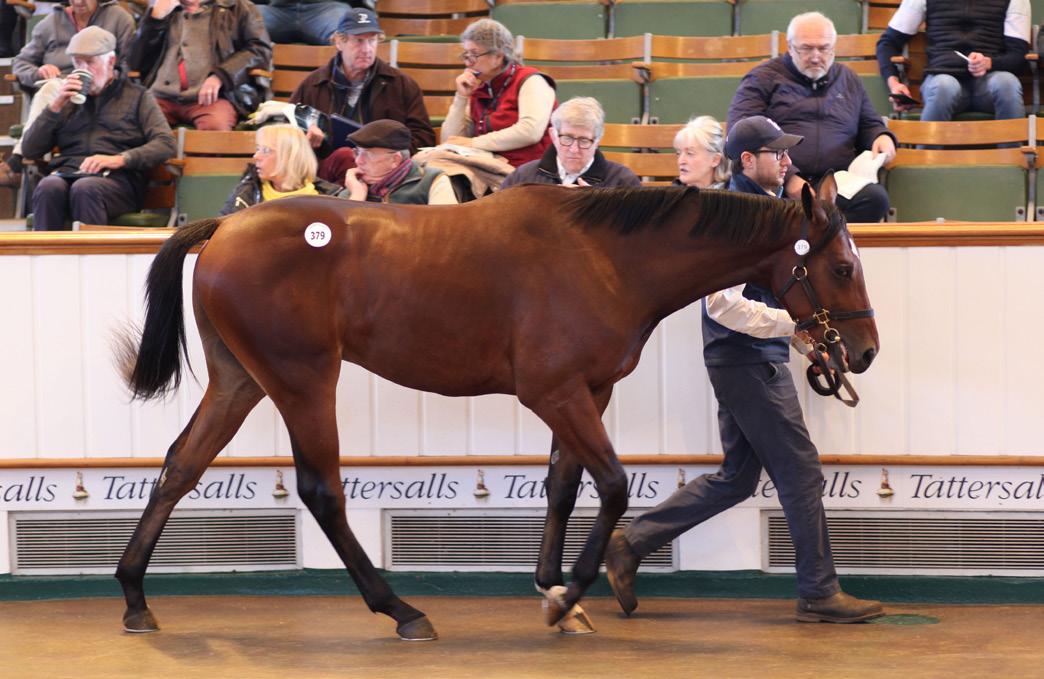
Having cut his teeth at Arrowfield Stud in his native Australia and Taylor Made Farm in Kentucky, in 2011 he started his own company, Performance Genetics. As its name implies, the company initially focused on DNA sequencing, attempting to identify markers that differentiated elite and non-elite horses.
From there, it branched out into cardiovascular and biomechanical research. Rogers quickly discovered that it was the biomechanical factors that were the most influential in terms of identifying future elite horses. “When you put all the variables in, the ones that surface to the top as the most important are actually the biomechanical features: the way the horse moves and the way the horse is constructed. They outweigh DNA markers and cardiovascular measurements,” he explains. According to Rogers, roughly a fifth (19.5 percent, to be exact) of what makes a horse a horse is explained by the way it moves. “That’s not to say that [those other factors] are not important. It’s just that if
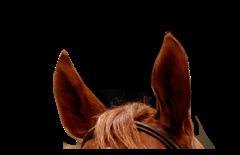
you’re ranking them by importance, the biomechanical features are more important than the cardiovascular ones.”
His flag bearer is Malavath. Purchased at the 2020 Goffs Premier Yearling Sale for £29,000, she was first sold for €139,200 at the Arqana Breeze Up Sale the following year. “I know when I’ve found one,” recounts Rogers. “I walked up to her [at the sale], and there was nobody else there. At that time, [her sire] Mehmas wasn’t who he was. But her scores, for us, were an A plus. She shared a lot of the common things with the good sprinter-milers that we’ve got in the database. A lot of the dimensions were very similar, so she fit into that profile.” She has since proven herself as a Gp2 winner and most recently finished second behind Kinross in the Prix de La Forêt on Arc day.
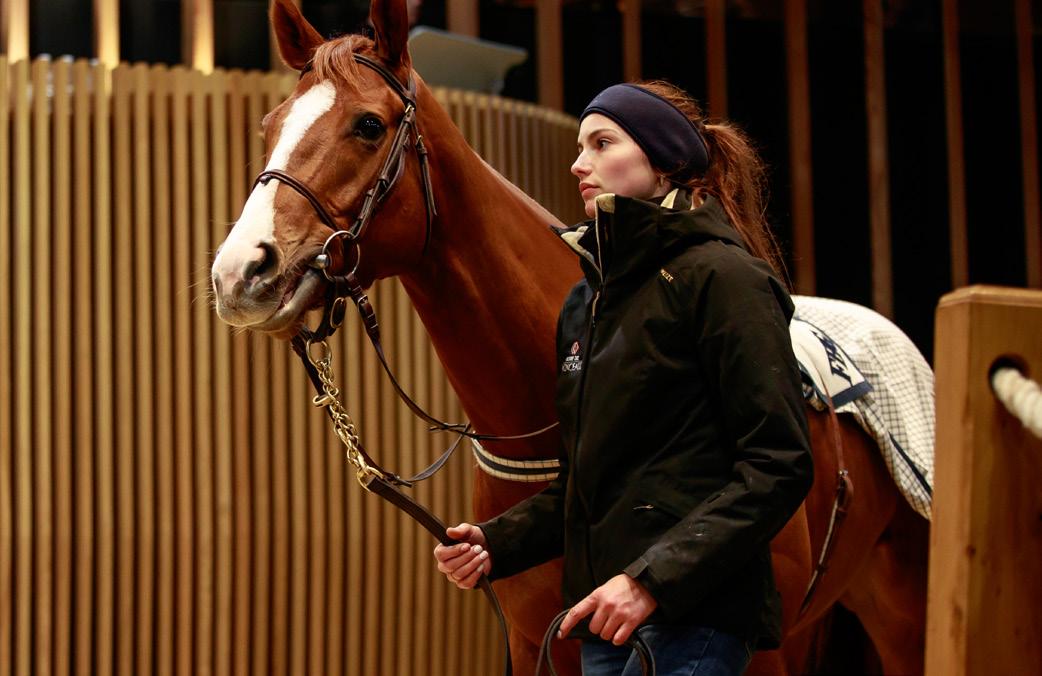
In December 2022, Malavath sold again, but this time for €3.2m to Moyglare Stud and is set to continue her racing career in North America under the tutelage of Christophe Clement.
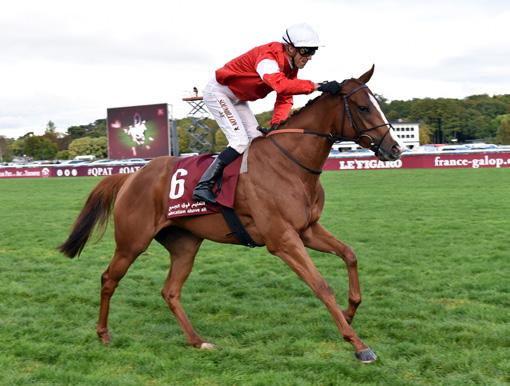
A find like Malavath has only been made possible through the rapid development of deep learning and artificial intelligence in recent years. Rogers’s own models build on technology originally developed for driverless cars—essentially, how a car uses complex visual sensors and deep learning to figure out what’s happening around it in order to make a decision about what to do next.
But wait. What is deep learning? Here comes the science bit! Machine learning and deep learning are both types of artificial intelligence. ‘Classical’ machine learning is A.I. that can automatically adapt with minimal human interference. Deep learning is a form of machine learning that uses artificial neural networks to mimic the learning process of the human brain by recognising patterns the same way that the human nervous system does, including structures like the retina.
“My dad’s an eye surgeon in Australia, and he was always of the opinion that what will be solved first in artificial intelligence will be anything to do with vision,” says Rogers knowingly. Deep learning is much more computationally complex than traditional machine learning. It is capable of modelling patterns in data as sophisticated, multi-layered networks and, as such, can produce more accurate models than other methods.
Chances are you’ve already encountered a deep neural network. In 2016, Google Translate transitioned from its old, phrase-based statistical machine translation algorithm to a deep neural network. The result was that its output improved dramatically from churning out often comical non-sequiturs to producing sentences that are closely indistinguishable from a professional human translator.
So does this mean that the received wisdom around how yearlings are selected is outdated, subjective and flawed? Not exactly. “There are so many different ways of being a good horse; I don’t think [selecting horses] will ever completely lose its appeal as an art form,” says Rogers. “But when we get all this data together and we start to look at all these data points, it does push you towards a most predictable horse.” In other words, following the data will not lead you to a diamond in the rough; rather, it’s about playing the percentages. And that’s before all before the horse goes into training.
After that point, the data only gets you so far. “I would say [the use of biomechanical modelling] probably explains somewhere between 30 to 40 percent of outcome,” says Rogers. “It’s very hard to disentangle. The good racehorse trainer has got all the other things working with him: he’s got the good jockeys, the good vet, the good work riders. He’s got all of those things, and their effect on racetrack outcomes is very hard to model and very hard to disaggregate from what we do.”
Nevertheless, it does not look like big data is going away any time soon. “It might be a couple of years away,” says Rogers. “As bloodstock gets more and more expensive and as the cost of raising a horse gets more and more expensive, the use of science is going to rise.” He believes there’s already an analytics arms race happening behind the scenes.
“For me, it isn’t a case of if it’s valuable; it’s a case of when it will be recognised as being valuable.” That’s Wilson again. “What you see in every sport is a big drive towards using statistical analysis and machine learning to qualify and understand performance. Every other sporting sector tells us that these methods will be adopted, and the ones that adopt them first will gain a performance edge over the rest of the field.”
Comparisons to Deep Blue’s defeat of Garry Kasparov might be premature, but it is clear that the racing industry is fast approaching a tipping point. “I don’t think the machine on its own beats the human judge,” says Wilson. “But I think where you get the real benefit is when you use the information you’ve been given by machine learning and you combine that with deep human expertise. That’s where the application of these types of things are the most successful in any sport. It’s the combination of human and machine that is power. Humans and machines don’t have to compete with each other.”
So will more trainers be adopting the technology? “There’s lots of different data points that you can use to predict a horse’s potential, and it’s understanding all of the pieces together,” says Kübler. “I’d want a bit more proof of concept. Show me that your system is going to save me loads of time and add loads of value. We’ll see in three or four years’ time how good it was.”
In the meantime, all eyes will be on Lot 379.
BELOW: racing² uses a combination of data, analytics and technology to inform owners, trainers and bloodstock agents with racehorse purchases.

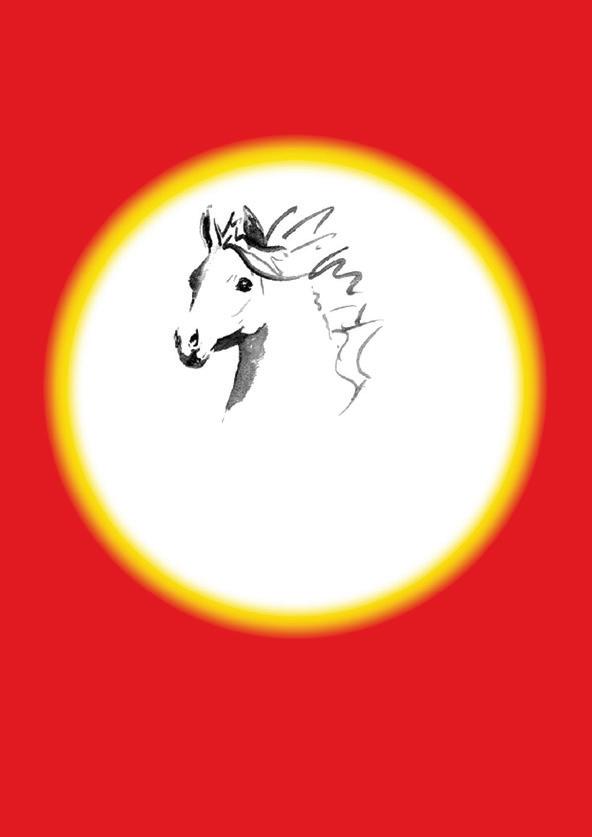



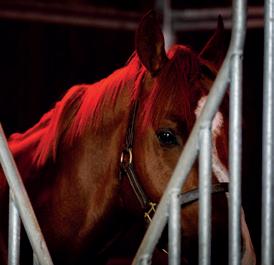
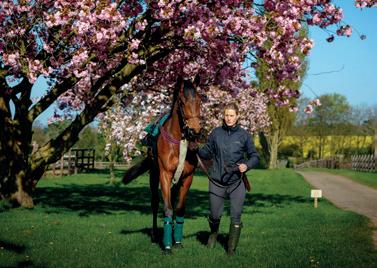
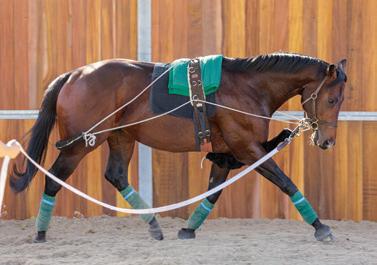
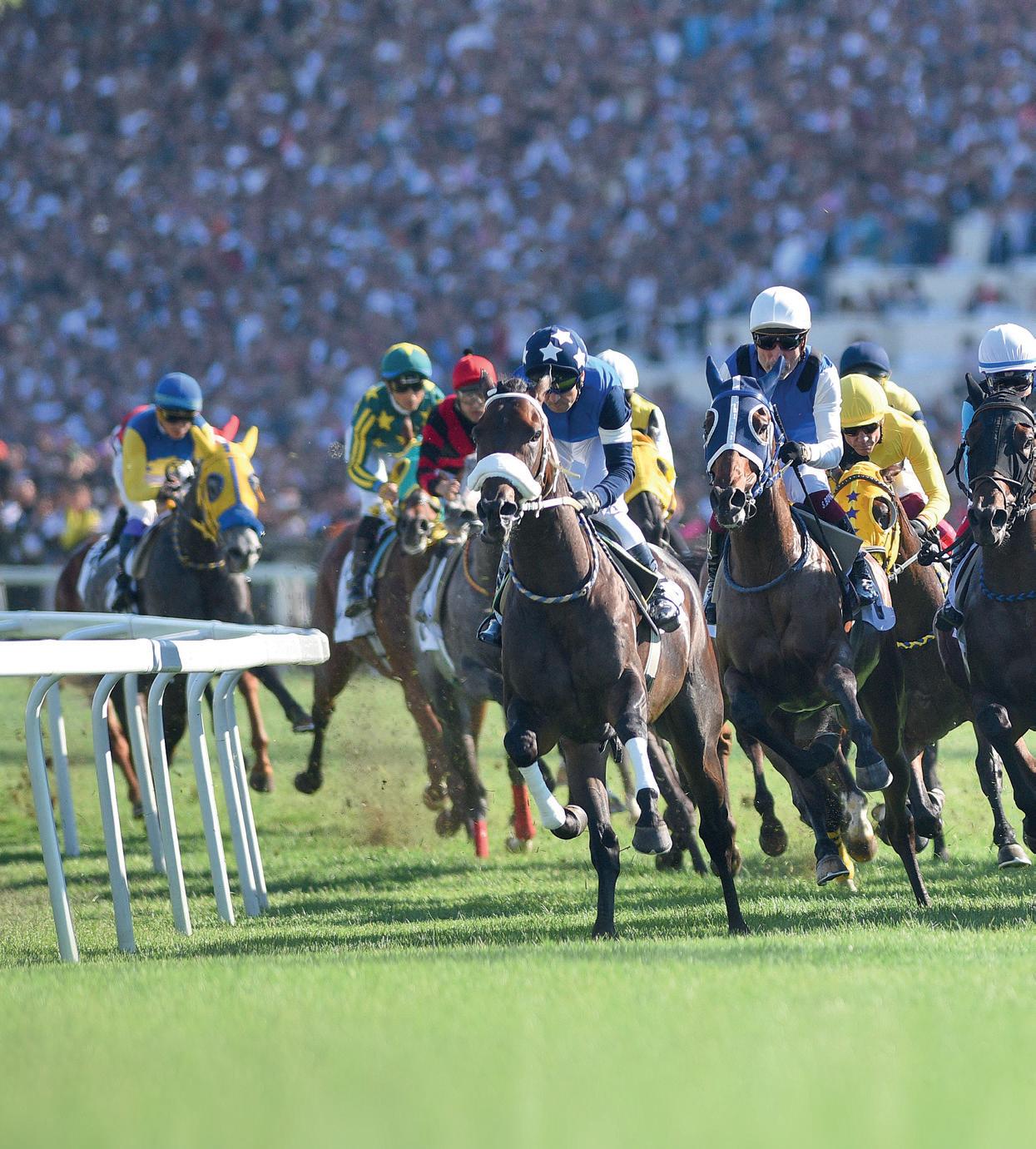
The true scale of the thoroughbred industry in Turkey is surely widely underestimated. Turkey is indeed a big hitter in the racing and breeding world, but much of its activity flies under the international radar. This is perhaps not unsurprising, as Turkish racing is almost completely closed. Of the 3,159 thoroughbred races run in the country annually, all but six are closed to foreign-trained runners. All its races may be broadcast across two television channels, but pictures of Turkish racing are rarely seen abroad; and unless one has a Turkish identity number, one cannot place a bet on those races on the Turkish Jockey Club’s platforms. There are only 10 foreign-based owners in the country, and hardly any of its racehorses were bred anywhere other than in Turkey.
But shine a light on this sunniest and most welcoming of countries, and the vibrancy of the industry is remarkable.
Let’s take breeding first. The latest figures available to the International Stud Book Committee (the 2020 foal crop) show that Turkey is one of the few major thoroughbred breeding nations whose foal numbers have actually grown over the past decade. In 2010, Turkey ranked 15th in the world, in terms of number of foals bred, with 1,500. She now ranks as high as 9th in the world, with 2,103 foals – a 40% increase, no less, at a time when global production is in marked decline. Turkey is, in fact, the fastest-growing major breeding nation in the world. Amongst the top ten, only Ireland’s and Japan’s foal crops have increased over this decade, and both have seen much more modest growth than Turkey’s (15% and 11% respectively). And this Turkish expansion continues: some 2,280 foals were registered in 2022 – a further 8% rise.
Look down a racecard in Turkey, and you would be lucky to see a foreign-bred suffix beside any of the runners’ names. With only 24 out of 3,500+ horses having been foaled outside the country, such a racecard would be something of a collector’s piece.
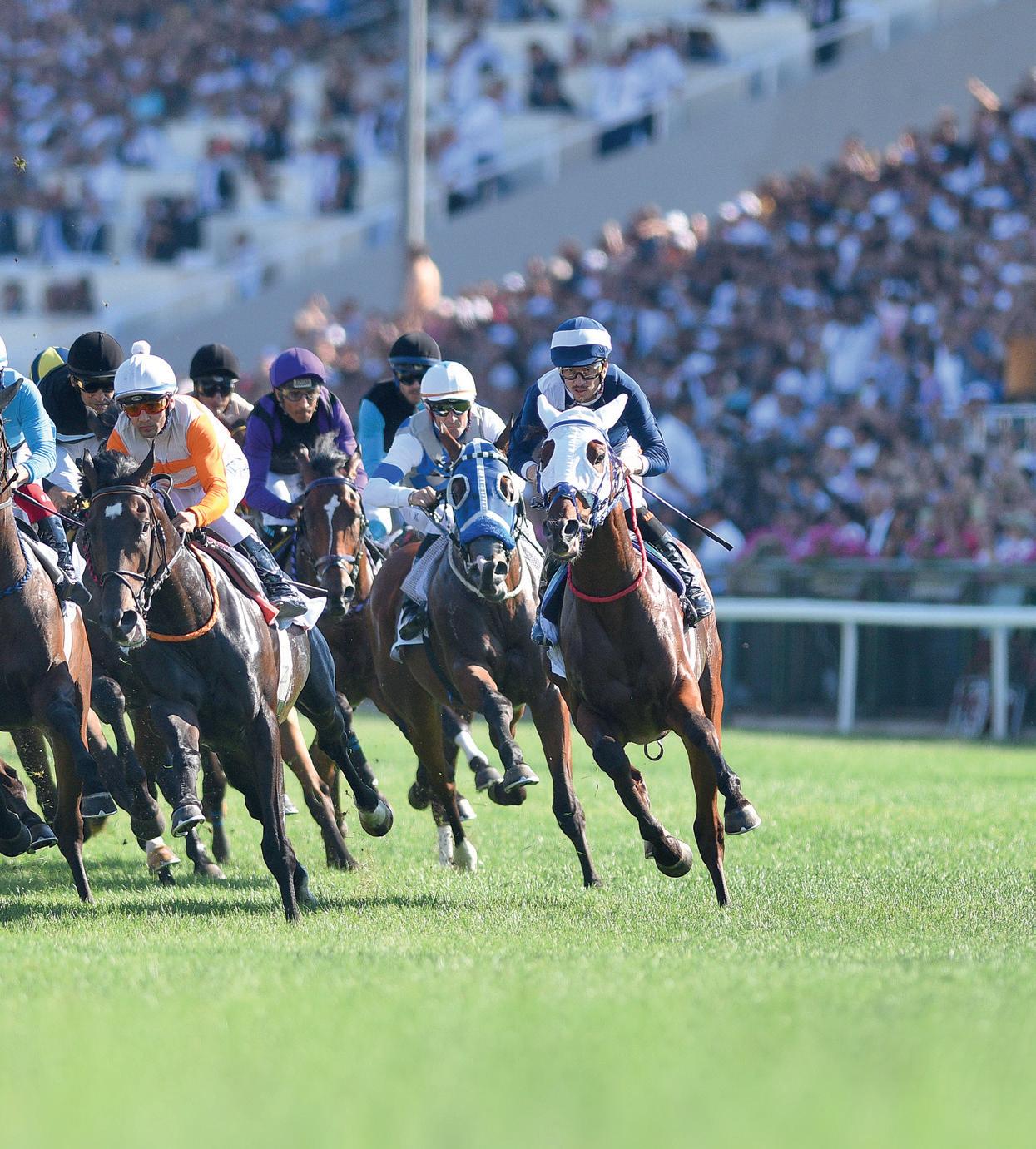
The explanation can be found in a regulation that only allows Thoroughbreds to be imported in the year of their birth. A striking example of the closed nature of Turkish racing, this rule is in place to support local breeders. Another disincentive to buying foreign-breds is that imported horses only receive 75% of the normal prize money.
So, it is domestic production that, almost exclusively, fuels Turkey’s racing product. But that does not mean Turkey is closed to the purchase of foreign bloodstock. Far from it. It has embraced a long-term policy of importing stallions and broodmares strategically to build up the quality of its herd over time. Ten of these stallions are currently owned by the Turkish Jockey Club (TJC) and stand at one or another of their various Stud Farms, which also host 47 privately owned stallions. In this way, they are able to offer world-class stallions to their mare owners at knock-down prices.
The most expensive stallion, at least of those whose fees are in the public domain, Luxor, stands at under €8,000.
Current Champion Sire, 1998 Belmont Stakes winner Victory Gallop (CAN), heads the roster of TJC-owned stallions. By the time TJC bought him from America in 2008, he was the sire of multiple-stakes winners. His nomination fee: around €3,000.
A more familiar name to many European Trainer readers among the TJC’s team is 2007 Derby hero Authorized (IRE). Having stood at Dalham Hall, Newmarket and Haras de Logis in France, this sire of six individual Gp1 winners, as well as of Grand National winner Tiger Roll, was acquired by the TJC in 2019, where he stands at some €2,500.
Daredevil (USA), dual Gr1 winner for Todd Pletcher, was purchased by the TJC in 2019 and stood the 2020 season in Turkey, before returning to his native USA to stand at Lane’s End Farm. However, the TJC have retained ownership of the horse.
Ahmet Özbelge, General Secretary of TJC, explains the rationale behind this arrangement and the Turkish philosophy on stallion purchases. “After we bought Daredevil, his offspring Shedaresthedevil and Swiss Skydiver performed incredibly well; and we subsequently received many offers from various US stud farms to buy or to stand him. We evaluated all offers and decided not to sell him because of his young age but to stand him at Lane’s End. This is a first for the Turkish breeding sector, and we are glad to be in such a collaboration, to the benefit of the global breeding industry.
“In Turkey, we have very strict criteria for breeding stock purchases from abroad, based on performances of the stallion or the mare in question but also of his/her progeny’s performances. On top of that, we work hard to select the best-suited ones for our country’s specific conditions, including racetrack types, race dıstances, conformation and bloodlines. We also try to build up a good variety in our stallion pool in order to meet the various expectations of our breeders.”
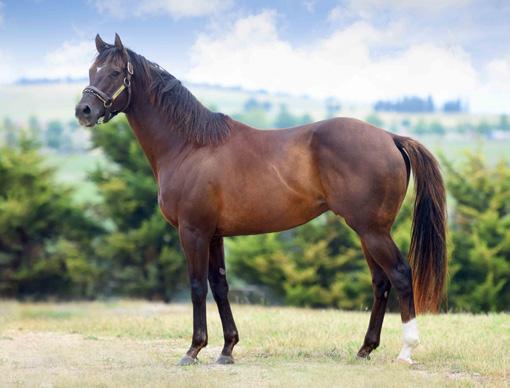
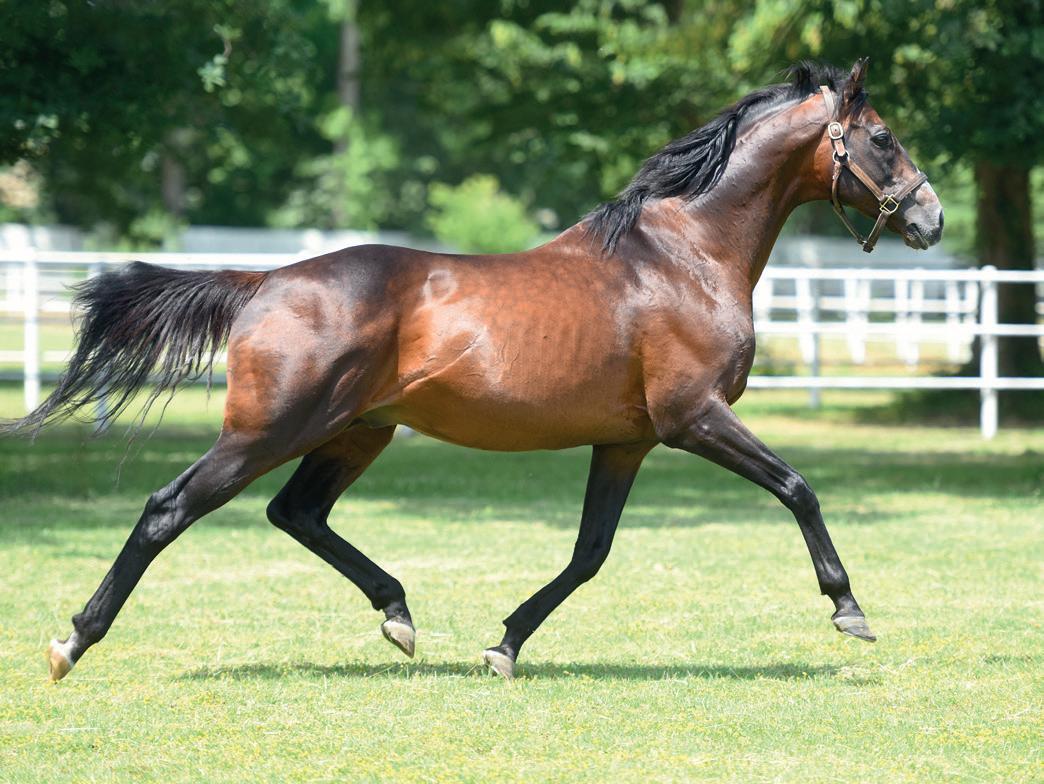
Rising foal numbers are but one example of how Turkey is, in many ways, swimming against the tide. While many countries are seeing a slow decline in their racecourse numbers, Turkey is adding to its roll. Antalya is the latest addition, and it would take a brave punter to bet against further tracks opening their doors in the coming years.
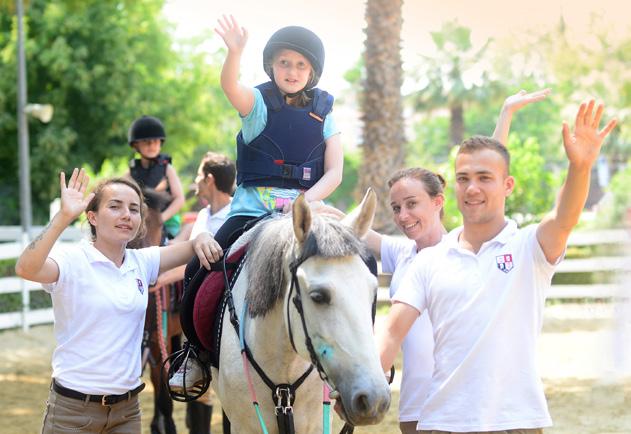
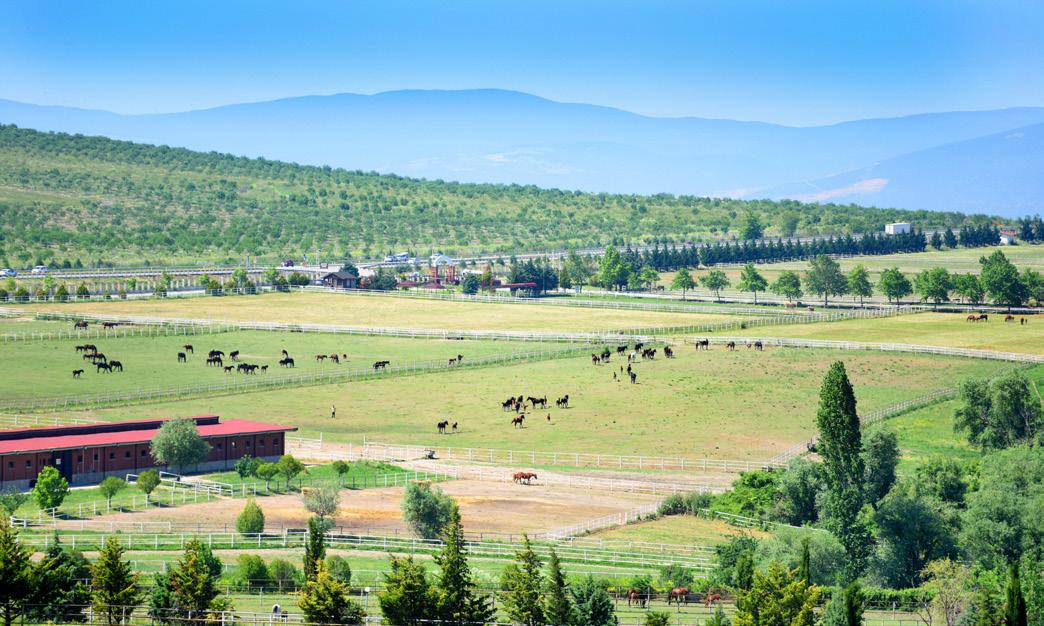
Some €70M will be distributed across Turkey’s national race programme, creating a more than respectable average prize money of €8,200 per race, with owner’s and breeder’s Premiums boosting this to €11,300 per race.
The TJC has no fewer than 2,300 people on its payroll and an outlook that places social engagement higher up the list of priorities than do many racing authorities – perhaps in part to win over the hearts and minds of a populace which tends to be disapproving and to conflate racing and betting. For example, the racecourses offer not only pony and horse rides for the general public but also free equine assisted therapy for the handicapped.
How is an industry of this size sustained? In a word – and unsurprisingly – through betting. Horserace betting has long provided a rich seam of income for the TJC via a formula of which most racing governing bodies can only dream and which is likely to have yielded some €190M in 2022.
By international standards, the Turkish punter gets a raw deal, indeed, with only a 50% return on his stakes. The TJC retains an eye-watering 22% of monies staked, with the remaining 28% slice going to the government. Other income streams for the TJC pale into insignificance: any money from sponsorship, for example, is heavily taxed at a rate of 74%.
Enviable though the TJC’s position may be to many Racing Authorities, it rues the fact that sports betting enjoys yet more favourable treatment. “This is a key point, actually,” explains Özbelge. “There is a seven-point tax gap between the two sectors in favour of sports betting, which allows them to offer higher payouts. As football is so popular and the most beloved sport in Turkey, we have so many common punters to both racing and football. As a result, they can easily be driven away from the lower payout environment to high payouts.” The paucity of the horseracing return is most evident in single bets, and least apparent in exotics such as the Pick 6 – the Turks’ favourite bet.
To support Özbelge’s point, sports betting dwarfs horserace betting, accounting for no less than 90% – to racing’s 10% – of legal betting activity. To what extent this is due to the payout differential is difficult to tell. There is also the underlying relative
popularity of football which he alludes to; and a further factor may be that, while racing offers pool betting, sports betting is fixed odds. (Exchange betting is outlawed in the country due to integrity concerns).
What is clear is that, with payouts so low, the temptation to bet via the illegal websites is high. “We import race meetings from different countries to prevent Turkish citizens from betting on illegal sites on these races,” continues Ahmet Özbelge. Even so, it is estimated that the scale of illegal betting at least matches that of legitimate betting.
If European punters and bloodstock agents are likely to find the Turkish landscape somewhat alien, so too might trainers and owners, as the structure is, again, very different.
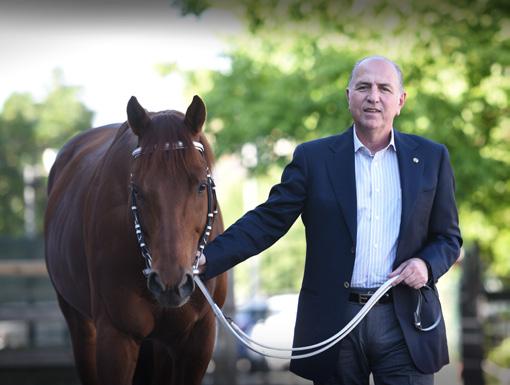
There are 795 trainers in the country whose licences allow them to train thoroughbreds or purebred Arabians. There are almost as many Arab races as thoroughbred races, and the prize money is similar. Between the codes, there are over 8,000 horses in training.There is no jump racing nor trotting. A quarter of the race programme is on turf: the majority of races are run on sand with around 10% on a synthetic surface.
To retain their licences, trainers must attend compulsory training sessions, which have heretofore been annual, but are about to be moved onto an ‘as required’ basis. The great majority of trainers train US-style on the racetracks, and each track has plentiful boxes for the local horses-in-training.
But here’s the thing: for the most part, trainers do not charge a fee to their owners, in the manner of those in Western Europe. Their sole remuneration is, rather, a percentage of their horses’ earnings – 5% or 10%. (Some do strike separate agreements with their owners for a fixed salary, but this is not the norm).
The owner, for his or her part, is then responsible for all their horses’ expenses. However, what one might imagine would be a hefty part of those costs – that of the horse’s stable at the
racetrack – is again heavily subsidised by the TJC, who charge just €15 to €20 (depending on the racecourse) per annum per box. The owner’s total expenses – including the salary and insurance of the stable staff, feed, bedding, veterinary expenses, etc. – are not far in excess of €1,000 per month. But, lest this information should start a goldrush amongst European owners, salivating at the potential returns on investment, it should be explained that not everyone can become an owner in Turkey. One must have a Turkish residence permit and be able to demonstrate financial sufficiency. This explains why there are only 10 foreign-national owners on the TJC’s books.
Turkey is one of a select few European countries with internationally recognised Group races (the others being France, Germany, Great Britain, Ireland, the three Scandinavian countries and Italy). The Gp2 Bosphorus Cup (3yo+, 2,400m/12f) and Gp3 Topkapi Trophy (3yo+, 1,600m/8f) are the richest, worth north of €150,000. The Istanbul Trophy (Gr3), for fillies and mares, makes up its Group-race trio. All are run over the turf course at
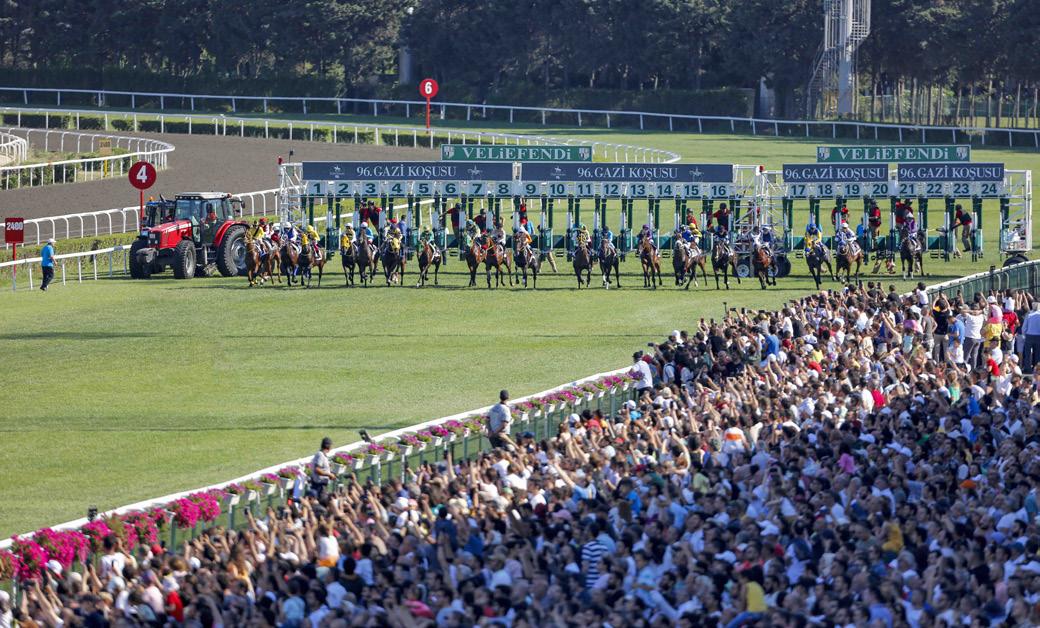
Istanbul’s impressive Veliefendi racetrack – the main centre and flagship of Turkish racing. They are joined by the International Thrace Trophy (turf) and International France Galop FRBC Anatolia Trophy (dirt), both of which are international Listed Races. The only other open race takes place at the nation’s capital, Ankara, being the Queen Elizabeth II Cup for two-yearold thoroughbreds; but this has never attracted any European runners.
Richer than all of these is the Gazi Derby, a €330,000 race run over the classic mile and a half in late June.
Veliefendi is not, however, Turkey’s oldest racecourse. That honour goes to Izmir, at which members of the EMHF’s Executive Council spent a most enjoyable day’s racing in September, following this year’s annual meeting.
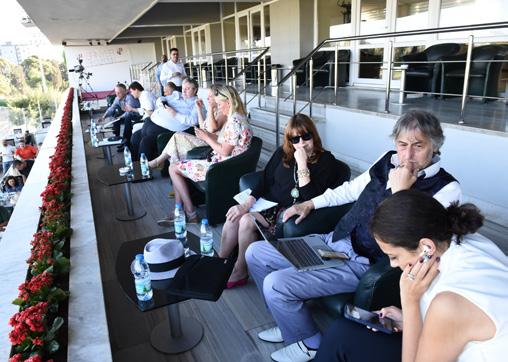
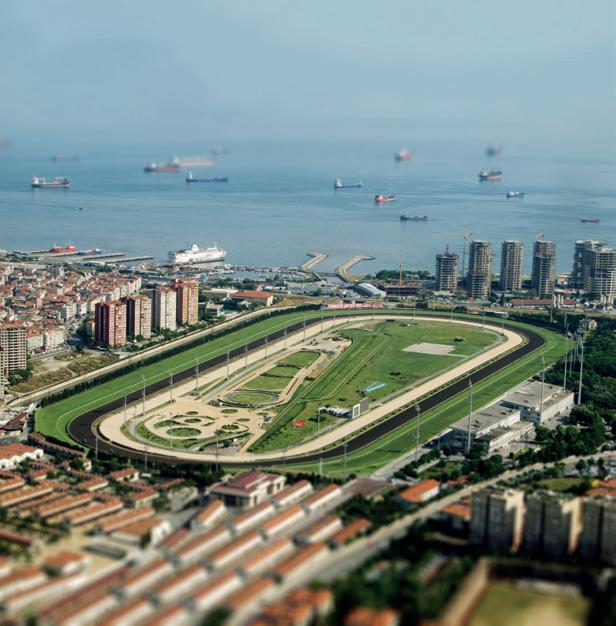
The window into Turkish racing has for some years been its International Festival, at which all Veliefendi’s international races are run. Its wide – up to 36 metres – turf track and attractive prize money once proved highly popular with foreign trainers, who frequently made the journey to Istanbul in September. The Topkapi Trophy , for example, saw a 10-year unbroken spell of foreign-trained winners, with Michael Jarvis, Mike De Kock, William Haggas, Richard Hannon Snr., Kevin Ryan, Andrew Balding and Sascha Smrczek all making the scoresheet. However, COVID has brought about a sea-change in behaviour, and there has not been a foreign-trained winner of any Turkish Group race for the past five years.
Inevitably, the quality of the race fields has suffered. In 2022, the Topkapi Trophy had to be downgraded from Gp2 as a result, and the pressure on all the Turkish Group races is unlikely to ease unless and until the raiders can be enticed back.
Turkey’s governance structure is also a little unusual. The Ministry of Agriculture and Forestry plays a very hands-on role when it comes to regulation – appointing the Stewards and
taking responsibility for race day operations and doping control. The Jockey Club itself operates under the provisions of a triad agreement with the Ministry of Agriculture and the Turkish Wealth Fund, which is the holder of the licence for racing and betting in Turkey.
The TJC prides itself on its not-for-profit status and ethos. Özbelge explains: “Having a centralised governing system of the racing, breeding and betting activities by a nonprofit organisation with a non commercial approach, but rather a ‘horsemen’ one, with a main goal being to develop [the] racing industry by improving the racehorse breed in the country, has many advantages. This system supports the horse owners and breeders by offering them world-class stallions for very reasonable covering fees, offering boarding and veterinary services of high quality for minimum possible costs to them. Also, supplying the industry with welleducated jockeys in its own Apprentice School and delivering live broadcasting of all races through two TV channels and so on.
“But when one thinks about the cost of all of these investments as well as all the facilities that the Club has to operate with its staff of 2,300 experienced people, with betting revenue being its sole income, it’s easy to see that this has many challenges that come with it. But the main challenge is the unfortunate general perception of ‘gambling’ of our beloved sport, which is considered the king of sports and the sport of kings throughout the world. With a little bit of support or at least a ‘fair approach’ in comparison to betting on other sporting activities, Turkey has great potential to be a major player in the world league of horse racing.”
So, what are the prospects of the veil over Turkish racing being lifted?
There is hope of a new media rights deal which promises to bring pictures of Turkish races to an international audience. But those hoping to see Turkey adopt the policy of most of its European neighbours – namely that of having open races – are likely to be disappointed. Özbelge again: “As Turkey is not in close proximity to major racing countries in Europe, horses cannot travel frequently by road as between central European countries, but only by air in order to participate in international races. As one can imagine, this is quite costly, and in order to attract some horses from abroad, the prize money is the key factor here. So, it all comes down to the economics of the industry and of the country for sure. We do plan and hope to have more international races, but we can realise it only if and when we have the right infrastructure and dynamics for it.”
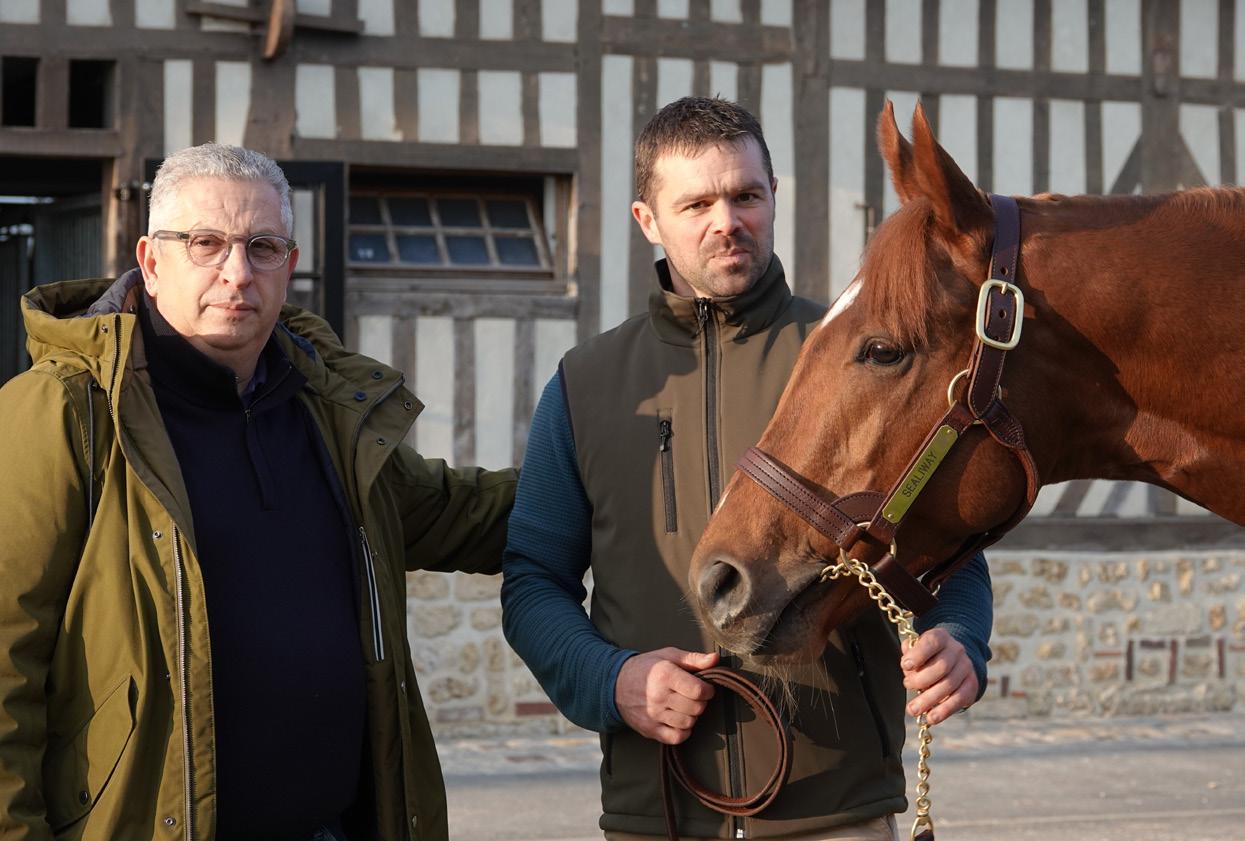
The Chehboub family have started an exciting new breeding development in Normandy, through purchasing the Haras de Beaumont stud. The deal also included a part of the adjacent Haras du Quesnay land, which is being sold by the Head family in two parts. The other part is being bought by Businessman Stephane Courbit. “We will know in a few months whether Haras du Quesnay will continue as a stud,” indicated Freddie Head. The stud, which was made famous by his father Alec Head, was originally bought by his grandfather William Head in 1958.
Buying Haras de Beaumont and part of the neighbouring Haras du Quesnay has certainly created the environment for Kamel Chehboub to develop his racing and breeding interests. His daughter Pauline Chehboub is responsible for day-to-day operations.
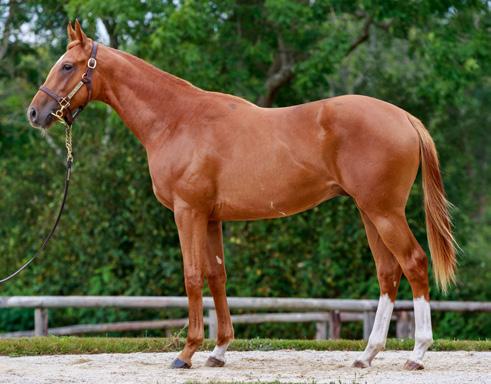
The Chehboub family have for the past eight years, owned the Haras de la Gousserie, in the Loire region of France. That farm is due to be sold, with all the mares and stallions being relocated to Haras de Beaumont. As a result, the Chehboub racehorses, which previously ran under the name of Haras de La Gousserie, will now be changed to ‘Ecurie de la Gousserie.’
Overall, it’s been an eventful past couple of years for the Chehboub family. Their filly Rougir, winner of the Gp 1 Prix de L’Opera, went through the ring at the Arqana Breeding stock sale December 2021 as a 3-year-old for a record €3m, selling to Peter Brant’s White Birch farm and Coolmore partnership.
Rougir is now trained in the United States by Chad Brown and has since justified the high price tag, with a first time out three-length facile victory at Belmont when capturing the Gr3 Beaugay Stakes in May and stepping up in October to take the Gr1 EP Taylor Stakes at Woodbine Canada.
Rougir’s sale was certainly a jackpot pay day for Kamel Cheboub and his Haras de la Gousserie breeding and racing enterprise. Rougir was bought as a yearling for €55,000 at the Arqana yearling sale, after previously being sold as a foal through the same auctioneers for just €11,000.
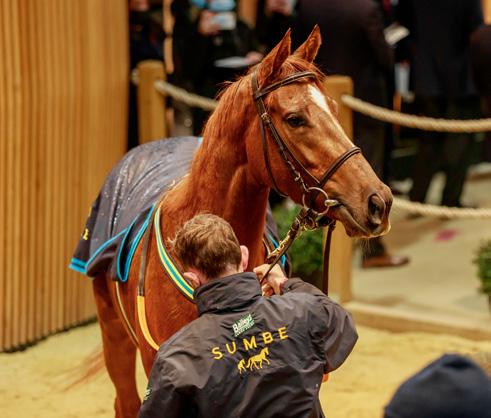
The 2021 Champion Stakes winner Sealiway, which the Chehboub family owns in partnership with Guy Parente, will be a major attraction at Beaumont. His stud fee has been set at €12,000.
Additionally, another high-profile Gp1 winner Intello, who the Wertheimer brothers own and previously stood at the Haras du Quesnay, will be transferred next door to take up stud duties at Beaumont for an €8,000 euro.
“We thought it was an appropriate stud to place Intello, as Champion Stakes winner Sealiway will certainly be popular, which could also add interest from breeders to our 2013 Prix du Jockey Club winner, stabled in the same place,” said PierreYves Bureau Breeding and Racing manager for the Wertheimer brothers.
Sealiway was originally a €62,000 yearling purchase at Arqana. Both Rougir and Sealiway’s performances on the racecourse have certainly put Haras de la Gousserie on the map. They have also expanded their racing presence through
acquiring a new yard at Chantilly, in addition to their other main training yard in Marseille.
It’s a far cry from those early days more than 30 years ago for property businessman Kamel Chehboub, which first sparked his initial interest in racing. “My father first started going to the racetrack with friends who were punters and gradually began to enjoy the sport himself”, explained Pauline Chehboub.
“After a while, my father began to take shares in racehorses sourced from claiming races. The first was Onegar in 1987, bought out of Andre Fabre’s stable.” The big breakthrough came with the filly Lavayssiere, who was placed 5 times in 13 runs on the flat but proved a revelation at stud. Lavayssiere produced 5 Black Type horses from 8 runners, including her second foal Gp1 winner Spirit One, born in 2004.
“Spirit One and jockey Ioritz Mendizabel’s enterprising all the way win in the Gr1 Arlington Million race at Chicago in August 2008, trained by Philip Demcastel, was a tremendous boost to my father’s racing operations-enabling him to start developing the business and buy more racehorses.”
The €403,504 pot of prize money for the Arlington Million victory, boosted Spirit One’s career earnings to €974,269, which included winning 5 races from 19 starts.
Spirit One entered the Haras de Lonray in the Herault southern region of France and later relocated to Sablonnets in the Sarthe department (western France) from 2013. The best of his 36 winning offspring was Eleuthera, who won the Gp3 Prix de Royaumont in 2013 and was subsequently purchased by Teruya Yoshida. Spirit One sadly died of a tumour at Haras des Sablonnets in April 2016.
Pauline Chehboub has been working for her father and Uncle Bouzid Chehboub’s racing interests for the past 7 years, after obtaining her commercial business licence. Previously in her youth she rode in show jumping events to a high level. “I was show jumping champion of France at 16 years old and have been riding since I was a child. So working within the horseracing industry was always something I wanted to do, especially as my father was very involved in the industry.”
She added, “My father has had more than 20 years’ experience in this business, through regularly going racing, visiting the sales, and observing the training. Over the past few years, he has taken the trouble to pass on this valuable knowledge to me, concerning key points of what to first look out for in a racehorse and their development through observation, physique and origin.”
Pauline Chehboub is now manager of the family racing and breeding operations, which operates two training yards in Chantilly and Marseille, plus stud activities. She is often seen at the racecourse and regularly on the early morning gallops in Chantilly.
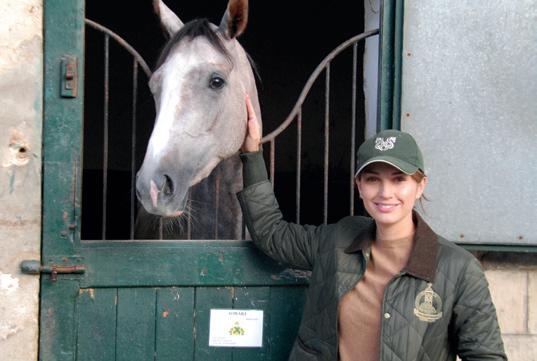
“It’s a seven-day-a-week job, with 35 horses in training at Chantilly, and a further 20 at Calas-Cabriès training centre in Marseille. Apart from keeping tabs on the racehorses, there is also the stud. Not forgetting the administration side, which includes discussing the wellbeing of the racehorses, future race entries with the trainer, accounts work, buying yearlings, horses to sell and the breeding nominations.”
“In September 2021, we bought the yard in Chantilly on the Chemin des Aigles as we thought it was important to have a presence for all the main meetings in the Paris region, as well as in Marseille. In this way we can cut down on travelling, through having yards both in the North and South, with the better horses generally based in Chantilly.”
Marseille-based trainer Cedric Rossi trained for a number of different clients, including the Haras de la Gousserie up until December 2021. The subsequent revelation of alleged doping and stopping horses’ investigation by the police three days after Rougir went through the ring, concerning several people including Cedric Rossi, was a major shock for French racing.
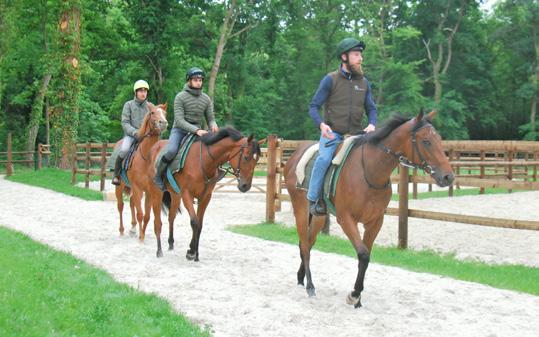
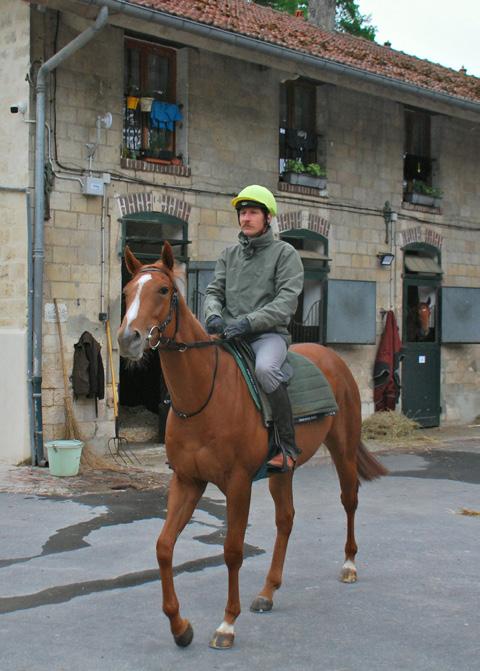
“Cedric Rossi was our principal trainer at the time, and after the alleged doping investigations, we transferred our horses to other trainers, with many at the time going to Richard Chotard and Sealiway to Francis Graffard at Chantilly,” said Pauline Cheboub.
“We transferred Sealiway to Francis Graffard’s stables in Chantilly this season, because his record shows the trainer has a lot of talent. Sealiway has not really had conditions in his favour this season. His best races have been when coming off a fast pace and on soft ground conditions, as in the Champion Stakes.” After a disappointing run in this year’s Arc de Triomphe, Sealiway was subsequently retired to stud.

The Haras de la Gousserie racing and breeding business has worked in a certain tried and trusted way. The stud was bought eight years ago; after the Haras de Lonray, in the South of France Herault region, where the Chehboub breeding stock was previously lodged, went into financial difficulties. Finally they chose choosing to purchase Haras de la Gousserie in the Loire region because it also offered pre-training facilities.
“We do not sell many of our breeding stock at the sale, as we breed to race. Each year we buy around 20 yearlings at the Arqana August and October sales, looking for French-bred horses with precocity and the possibility to win as two-year-olds, and not by yearlings with expensive leading stallion pedigrees.”
“The objective is to find some good horses each year to eventually add to our breeding stock. Those that turn out to be not future breeding prospects may end up in claiming races to be claimed, or sold through the in-training sales. We like to keep around 20 broodmares to breed from.”
Now they hope to continue to develop and progress, after transferring their entire breeding stock to their new stud venture in Normandy.
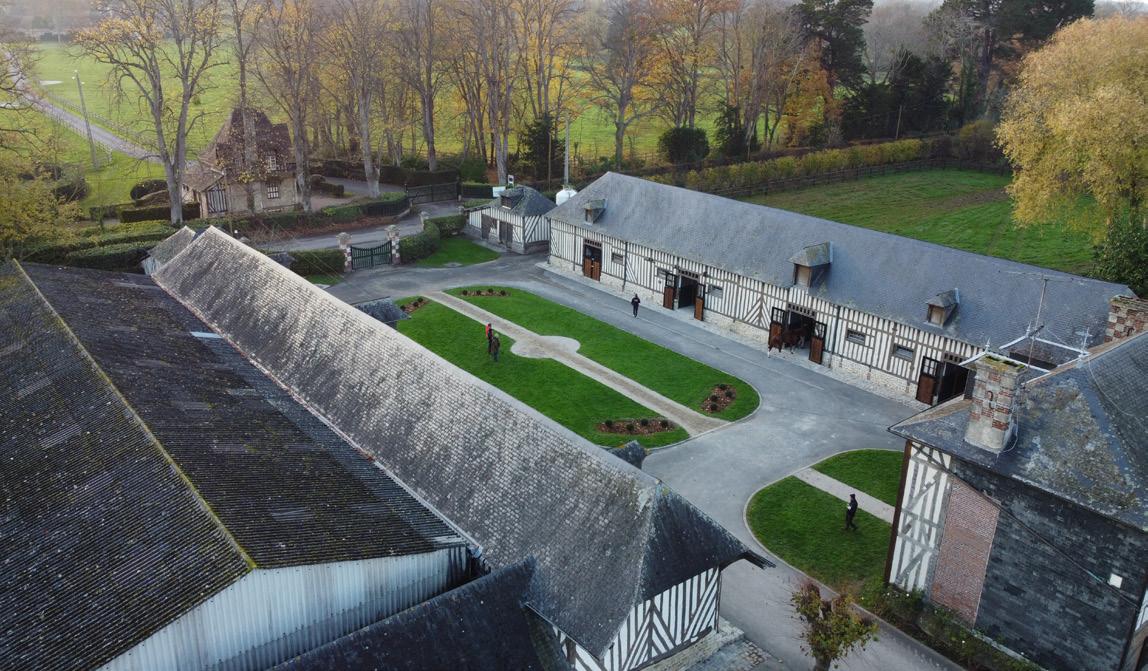
It is clear the Chehboub’s racing and breeding operations has been developing over the past decade, through its policy of buying more and better quality yearlings at the Arqana August and October sales, that has borne fruit as results on the track clearly show.
In 2013, just 19 racehorses won €573,853 in prize money and premiums; and last year, 41 racehorses earned €2,107,125—nearly 4 times as much.
They have now progressed to be one of the top ten racehorse owners in France, finishing 9th in 2021; and in early December, nearing the end of the 2022 season, they were once again in 9th position.
It would seem the Chehboub family name has now been firmly established, to become a major player in the French breeding and racing industry. 2023 looks set to be another milestone year
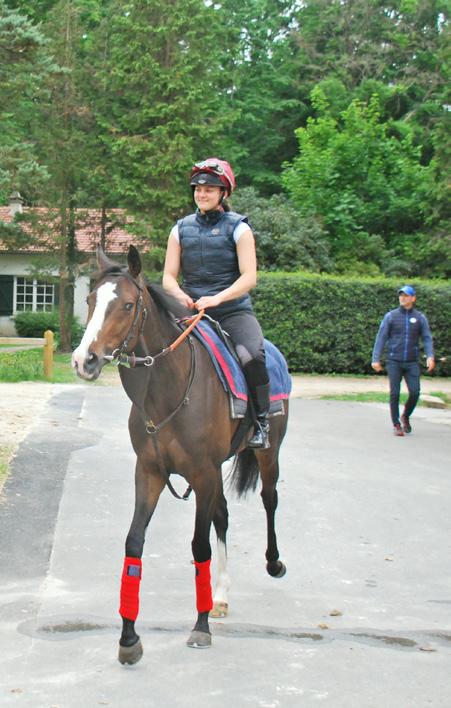
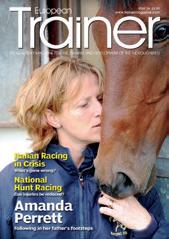
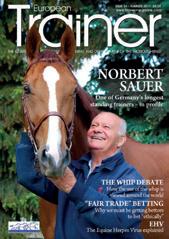
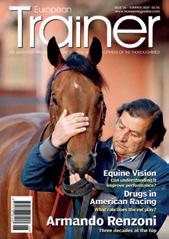
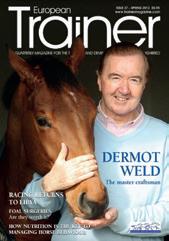
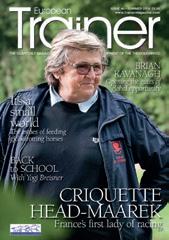
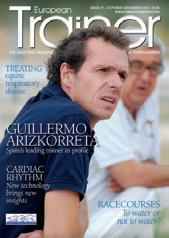
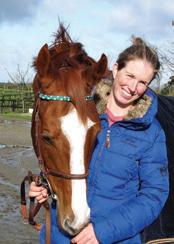



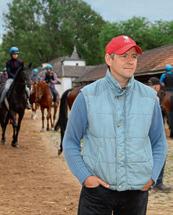







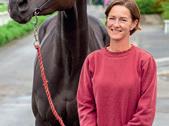
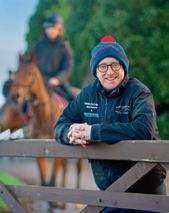
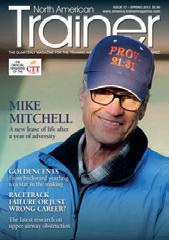
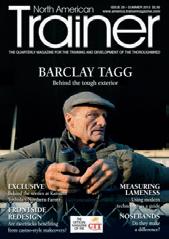
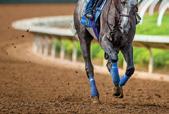
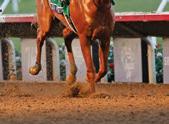



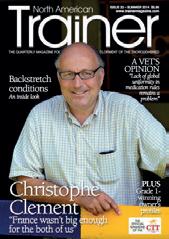
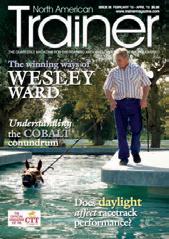










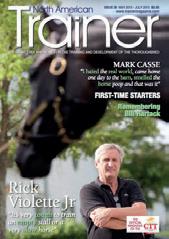
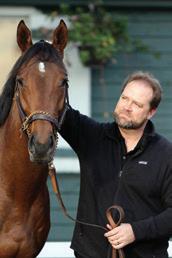
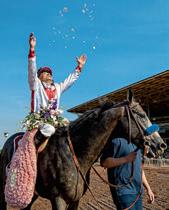








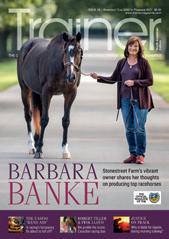











Indeed, infectious disease outbreaks are often related to new arrivals at, or movement of animals on and off premises, such as to competitions and race meetings. As well as having a negative impact on horse health and welfare, disease outbreaks can have further reaching consequences in terms of: treatment costs, economic losses due to movement restrictions and an inability to compete, as well as disruption to the breeding schedule, which may have effects in racing in future years. Additionally, restrictions imposed in the face of the diagnosis of certain diseases can prevent the free export of horses between countries, impacting trade and equestrian sport. Infectious diseases are truly trans-boundary, and such a problem necessitates global cooperation and communication, echoing the mantra that ‘prevention is better than cure’.
In 1977 in Newmarket, UK, there was widespread development of vulval discharge in thoroughbred mares post-covering that adversely affected their fertility and to an extent that caused temporary closure of stallion barns and stud farms. Initially unknown, the cause of this outbreak was later identified as the bacterium Tayorella equigenitalis, the causative agent of Contagious Equine Metritis (CEM) and often referred to as the CEM organism, or CEMO.
The impact on the 1977 breeding season was significant enough for the Horserace Betting Levy Board (HBLB) to consider a serious need to control CEM in future years and in reaction to this, the Codes of Practice (CoP) were created. First developed by HBLB committee discussion in the summer of 1977 and then formally published in 1978, the HBLB CoP outlined swabbing protocols in the weeks prior to covering in an attempt to prevent the venereal transmission of CEM.
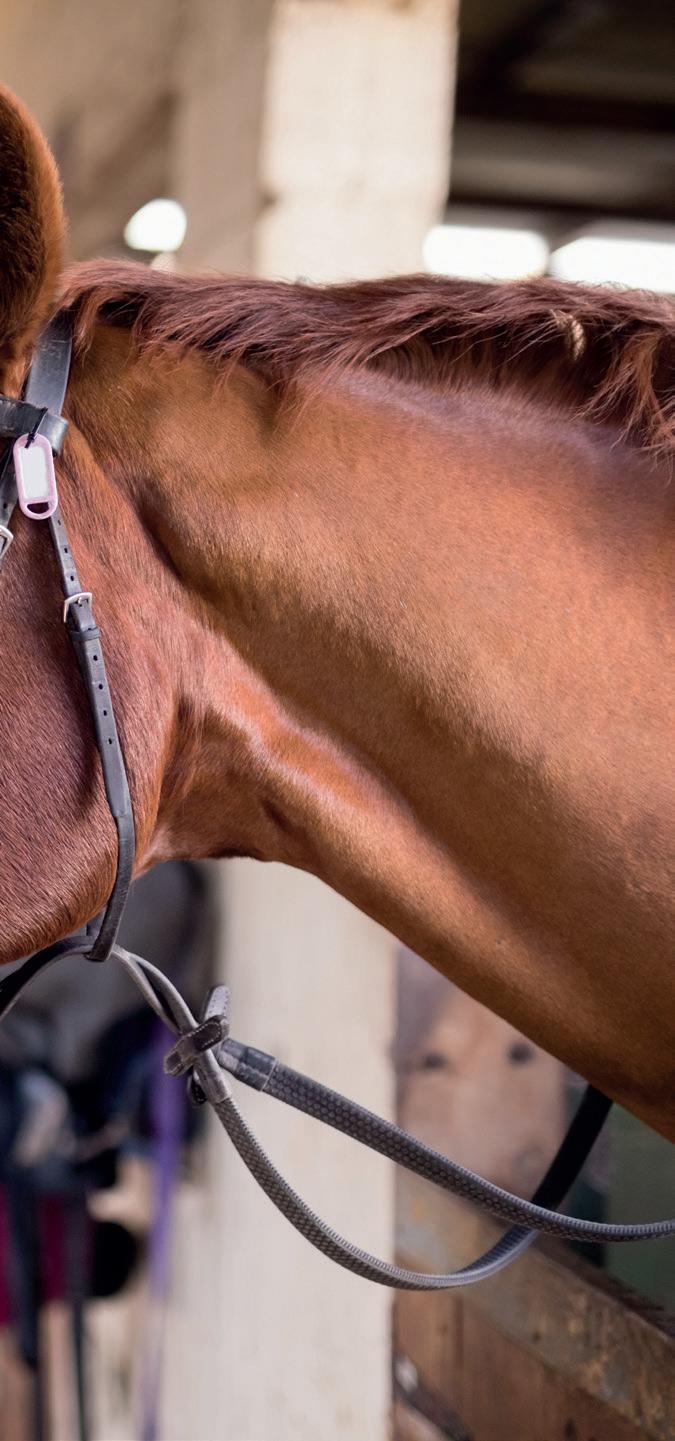
Horses are one of the most internationally travelled species, second only after humans; and this mobility, both between and within countries, means that the spread of equine infectious diseases is a very real and ever-present threat.
• Contagious equine metritis (CEM)
• Equine viral arteritis (EVA)
• Equine herpesvirus (EHV)
• Equine coital exanthema (ECE)
• Equine infectious anaemia (EIA)
• Dourine
• Guidelines on equine influenza (EI)
• Guidelines on piroplasmosis
• Guidelines on strangles
• Guidelines on West Nile fever (WNF)
• Guidelines on artificial insemination (AI)
Despite the perceived draconian nature of these first codes, compliance was high and overall they were highly successful—with CEM cases drastically falling following their introduction. In subsequent years, the CEM CoP was extended to include control measures on reproductive disease caused by the other venereal bacterial pathogens: Klebsiella pneumoniae (capsule types 1, 2 and 5) and Pseudomonas aeruginosa. Codes on the prevention and management of Equine Herpesvirus-1 (EHV-1) and Equine Viral Arteritis (EVA) were also added following disease outbreaks of significant concern to the thoroughbred breeding industry in subsequent years.
Today the CoP are referred to as the ‘HBLB International Codes of Practice’, with the 2020 CoP being the inaugural internationally branded edition and representing a comprehensive manual outlining a series of voluntary standards (codes) and advisories (guidelines), with accompanying appendices. They are intended to assist breeders, trainers and horse owners (in collaboration with their veterinary surgeons) to control and prevent a range of important infectious diseases in equids. The CoP have a broad application among thoroughbred breeders; and the UK, Ireland, France, Germany and Italy are all signatories. Additionally, in a translated form, they have formed the basis of written equine infectious disease advice in many other countries. The initial reduction and then sustained maintenance of low levels of infectious disease outbreaks experienced after the CoP’s introduction is testament to the document’s effectiveness and importance.
The CoP are reviewed annually by a group of international veterinary breeding and infectious disease experts and stakeholder representatives. This review ensures that all advice is as current as possible regarding the latest scientific evidence and global disease situation. The CoP convey practical recommendations gained considering recent experiences with the occurrence and control of relevant outbreaks.
The 2023 edition of ‘The CoP Manual’ comprises:
• SIX CODES on the following diseases: CEM (covering CEMO, Klebsiella pneumoniae and Pseudomonas aeruginosa), EVA, EHV-1, Equine Coital Exanthema (ECE, caused by EHV-3), Equine Infectious Anaemia (EIA) and Dourine
• FIVE GUIDELINES on Equine Influenza (EI), Piroplasmosis, Strangles, West Nile Fever (WNF) and artificial insemination
• ELEVEN APPENDICES with a range of supporting information and guidance
The CoP are published on the HBLB website (www.codes.hblb.org.uk); please scan the QR code for a PDF download version. In Great Britain, the Thoroughbred Breeders Association (TBA) produces a spiral bound hardcopy for its members.
The CoP outline each disease sequentially, using a standardised format of sections which include information on: notification procedures, clinical signs, transmission, prevention, diagnosis, control, treatment, freedom from disease and export requirements. It is a document that continues to evolve over time in terms of both the diseases included and the expert advice imparted.
Although the logic behind the distinction as to why specific diseases in the CoP are covered by a guideline rather than a code is not necessarily immediately intuitive. It is worth remembering that a Code of Practice may be defined as ‘A documented set of recommended or preferred processes, actions or organisational structures to be applied in a given setting’, whereas a guideline is: ‘A general rule, principle or piece of advice’. Therefore, the diseases applied as codes are those that directly relate to, and have an impact on, breeding and that necessitate particular actions either to prevent or control disease, should they occur. The guidelines, in contrast, are merely advisory measures to those involved in
thoroughbred breeding businesses, but cover diseases and practices that are also highly applicable to other populations of horses. The remainder of the article outlines several of the important codes and guidelines.
Strangles, caused by the bacterium Streptococcus equi, is a disease affecting the lymph nodes of the upper respiratory tract. Although endemic within the UK horse population, it only occasionally affects thoroughbred stud farms. Accordingly, it was first included in the CoP as an advisory guideline in 2004 and has since been periodically updated in line with developments in diagnostic testing and vaccination. Due to the ability of Streptococcus equi to develop persistent infection, remaining within material (pus/ chondroids) in the guttural pouches long after resolution of clinical signs, one of the key elements in prevention and control is identification and treatment of these carrier animals. This involves performing guttural pouch endoscopy and lavage of strangles cases around 30 days after clinical recovery from infection, and also of any new arrivals at a premises during the quarantine period, before they are allowed to mix with the resident herd.
EIA, also known as Swamp Fever, is caused by the equine infectious anaemia virus (EIAV) and is transmitted between horses by the transfer of infected blood; either by insect vectors or contaminated veterinary equipment, or through administration of infected blood products (e.g., plasma or whole blood transfusion). It is found in thoroughbred and non-thoroughbred populations worldwide, including parts of mainland Europe; but it is currently not present in Great Britain, where any suspicion of disease is notifiable by law to the Animal and Plant Health Agency (APHA) and would result in compulsory slaughter of the affected animal. Following an outbreak in Ireland in 2006, a CoP for EIA was developed by Defra in the UK in August that year and was included as an addendum for the 2007 breeding season and subsequently as a full code from 2008 onwards. EIA has been
included as a full CoP since 2008, and it recommends prebreeding testing of all mares and stallions prior to commencement of the covering season as the best way to establish and maintain freedom from infection.
A new code on Dourine was added in 2012, following its reidentification in Sicily and the Italian mainland during 2011, which necessitated pre-import screening of horses arriving from this area. A notifiable venereal disease caused by the protozoan parasite Trypansoma equiperdum, once widespread, it had largely undergone eradication and of late had only been reported in Asia, Africa, South America, Eastern Europe, Mexico and Russia. There is no cure for Dourine, and euthanasia is usually the advised treatment option on the grounds of animal welfare and population health. As investigations into the 2011 Italian outbreak indicated subclinical seropositivity to Dourine in many regions of Italy, it was evident that the disease was closer to our shores than anticipated. That led to its addition to the CoP in order to keep all owners/breeders informed and appropriately advised.
EI was added to the CoP in 2020 as an advisory guideline following the 2019 European epidemic, which saw a major outbreak in the UK (Fig. 1), including cases of clinical disease in vaccinated thoroughbreds. This led to the cancellation of British horseracing for six days in February 2019 as a pre-emptive control measure, but still at significant economic cost to the industry.
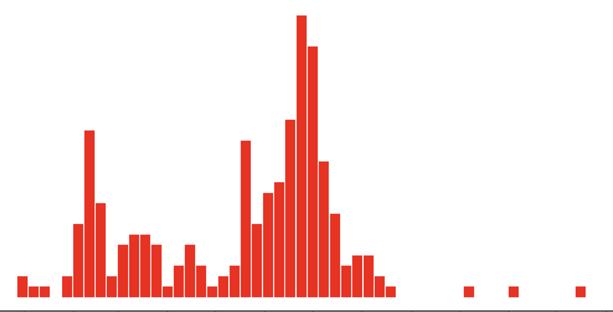
Although clinical EI is usually fairly mild and self-limiting, the resulting damage to the respiratory epithelium can impact performance for up to six months and leaves the horse vulnerable to secondary bacterial infections and potential pneumonia. Appropriate vaccination, biosecurity protocols and effective quarantining of new arrivals are outlined in the Code as the cornerstone to EI control. With such a highly contagious virus capable of spreading over large distances and with great speed, especially in the immunologically naïve, awareness and prevention are key.
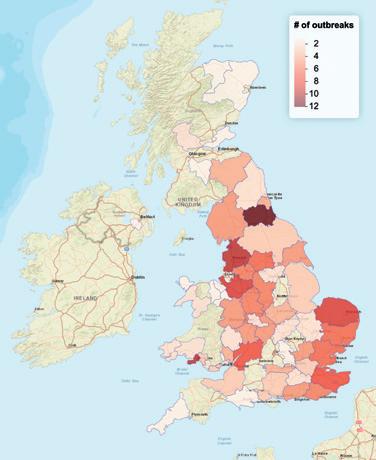
BELOW: Many horses infected with West Nile virus (WNV) remain without signs but approximately 10% will develop neurological disease, which can be fatal.
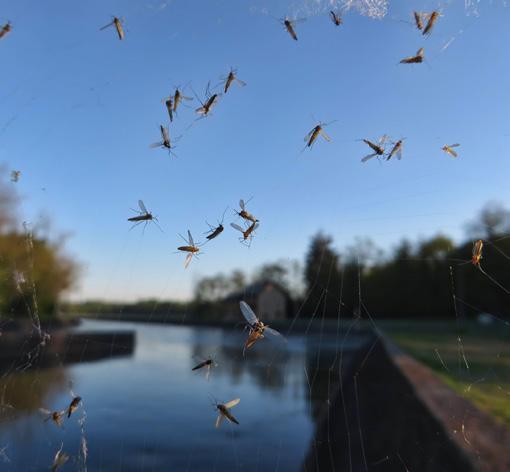
Another way in which the CoP have more recently evolved is through the mechanisms of delivery to stakeholders. In July 2016, the accessibility and reach of the CoP took a further leap with the generation of the smartphone EquiBioSafe app. With the HBLB Codes of Practice and National Trainers Federation Codes of Practice précised into key elements for the control and prevention of infectious diseases, the app allows interactive and stable-side access to advice, as well as assisting trainers to comply with sporting authority vaccine regulations and disease notification procedures. With the ability to send emergency notifications in the event of heightened disease threats in a particular area, the app provides real-time relevant information to assist with implementation of proactive biosecurity measures. This helps safeguard horse health and the socioeconomic livelihoods of all those involved in equestrian sport. Like the CoP, the EquiBiosafe app has mainly been targeted to a European audience, but downloads recorded from North America, Asia and Latin America demonstrate its international application.
WNF, caused by West Nile Virus (WNV), is an infectious but noncontagious disease transmitted through the bite of an infected mosquito. Although the natural host-vector cycle is between birds and mosquitoes, horses, and indeed humans, can become infected but act as so-called incidental or ‘dead-end’ hosts; importantly not presenting a risk for onward transmission as there is insufficient WNV in their bloodstream. Many horses infected with WNV remain without signs, but approximately 10% will develop neurological disease, which can be fatal. Historically confined to Africa and the East, it entered North America in 1999 leading to widespread infection with many equine and human fatalities. Since then, it has become endemic in the USA and continues to spread further into northern Europe as climate change alters vector habitats and life cycles. After the development of equine cases in Germany in 2018 and evidence of human and bird cases in the Netherlands in 2020, WNV was considered to pose an increasing threat to the UK horse population; especially animals travelled overseas for competition and breeding purposes. WNF was therefore added as a guideline to the CoP in 2021.
The latest disease addition to the CoP was an advisory guideline on Piroplasmosis in 2022, following concern that the disease was becoming increasingly important among the international equine population. Piroplasmosis is a tick-borne disease caused by the intracellular parasites Babesia caballi and Theileria equi Although the UK is currently considered to be free from locally acquired endemic disease (referred to as ‘autochthonous’), cases have occasionally been confirmed in the UK and are endemic in other European countries. With no formal requirements for pre-import screening, infection could re-enter the UK through importation of infected horses. The code gives informative background information to raise awareness among thoroughbred breeders and owners/keepers of other horse populations.
The HBLB International Codes of Practice act as broad, minimum requirement recommendations for the identification, treatment, prevention and control of a range of important equine infectious diseases—equally relevant across international borders and from pleasure to elite competition horses. They are also dynamic, evolving over time in line with the ever-changing disease situation, and therefore acting as a vital education and reference resource to all those involved in the equestrian industry. They form a user-friendly instruction manual of exactly ‘how (not) to’ allow infectious diseases to fulfil their devastating potential.
EquiBioSafe app.

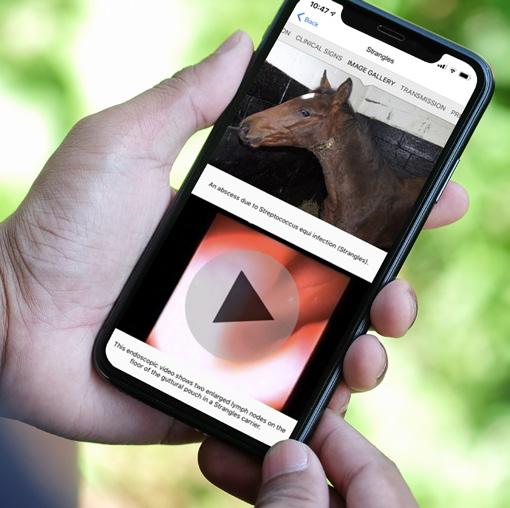

Resolve to make 2023 the year you take a closer look at the exercise tack your horses wear on a daily basis – and follow the science when it comes to making choices that will improve performance.
Switching saddles could significantly improve a horse’s back health and movement, as well as reducing time off and vet bills this year. In scientific trials commonly-used exercise saddles (1/2 tree, 3/4 tree, and full tree) all caused areas of potentially detrimental high pressure. The Fairfax Exercise Saddle relieves pressure at a crucial point on the back (T13) so in gallop the hindleg is brought forward more and the quarters come further under the horse. The proven result is increased stride length and therefore more power.
If a horse is girthy or aggressive when being tacked up, consider the girth it wears on a daily basis. When straight girths were tested at gallop on a treadmill, the pressure was so high that the pressure mat was unable to record it. To achieve a significantly freer gallop with increased hindlimb extension, make the switch for 2023 to the Fairfax Race Exercise Girth which is shaped to avoid a peak pressure zone behind the elbow. It may also be an effective part of a multi-disciplinary approach in supporting horses with ulcers.
You could reduce or eliminate sore or rubbed withers this year by using a medical-grade closed-cell foam pad with a shaped central webbing spine. The Fairfax Race Exercise Pad provided superior pressure reduction without slipping in a pilot study where foam, gel and polyfill pads were compared. Gel pads increased pressure at the front of the saddle and those without a central spine (such as polyfill pads) slipped down onto the back at speed. In addition, using multiple polyfill pads does not relieve pressure – it increases bulk and instability.
Scientists have proven that changing to a bridle that reduces pressure at the TMJ has a significant positive effect on the horse’s power, straightness and efficiency of stride. This is because the TMJ area is massively influential when it comes to locomotion. The Fairfax Race Bridle relieves pressure at the TMJ and other areas on the face resulting in improved front and hindleg range of motion. In addition, the Mexican grackle helps keep the bit stable in the mouth reducing sores and hanging associated with bridle pressure.
For more information visit: www.fairfaxracing.com
Baileys’ new Race-Pro Cubes are a reduced starch alternative to oat-based racing feeds, delivering a highly palatable combination of slow and fast release energy to fuel racehorses of all types, in training, racing and recovery, throughout their season. Ideal for horses whose temperament can be challenging when fed high starch mixes, these high fibre cubes support sustained performance and stamina, while also fueling speed.
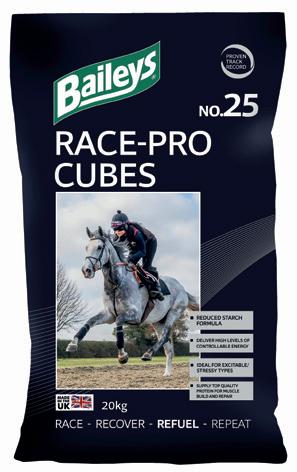
They contain a blend of highly digestible super fibres and oil, for slow release calories, with micronised wheat for readily available energy, and boosted antioxidant levels support muscle function and recovery. Digest Plus prebiotic and a live probiotic yeast are included for optimum gut health, while a reduced starch content encourages a healthy gastric environment. To complete the package, Race-Pro Cubes contain a full performance range of vitamins and minerals, including B vitamins, for healthy hoof growth, bone and tissue integrity and general well-being.
Where a low starch, high energy feed is required, for those prone to gastric ulcers for example, Baileys’ renowned Ease & Excel blend and Ease & Excel Cubes are proven to deliver, with starch levels of just 8%, yet Digestible Energy (DE) contents of 13MJ/kg and 12MJ/kg respectively. Race-Pro Cubes provide 12MJ/kg of DE with a 17% starch level, compared to Racehorse Cubes (starch 26%/DE 13.5MJ/kg) and Racehorse Mix (starch 32%/DE 14MJ/kg).
For more information visit: www.baileyshorsefeeds.co.uk/racing
UK contact: Baileys UK Racing Specialist, Will Humphries, +44 (0)7731 997580 / will@baileyshorsefeeds.co.uk
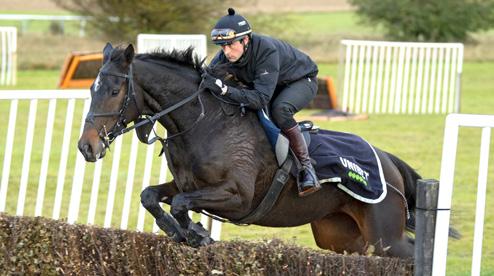
Outside of the UK contact: Export Manager, Mark Buchan, +44 (0)7711 701565 / mark@baileyshorsefeeds.co.uk
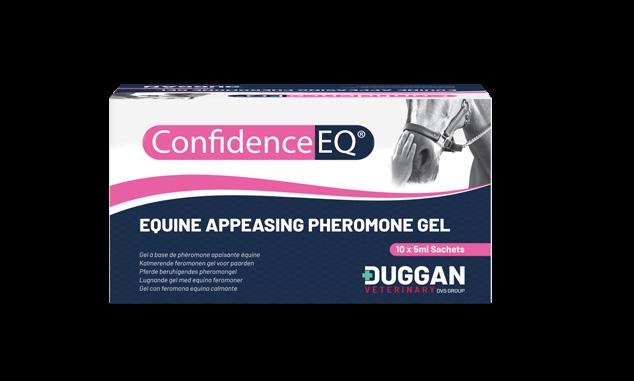
Low-grade inflammation is common in joints that perform. However, joint inflammation initiates a cascade of catabolic reactions that gradually degrade the cartilage and may result in lameness.
During an extensive research program, Cavalor has designed a multi-ingredient nutraceutical that helps with protecting joints of equine athletes. The effectiveness of Cavalor ArtiTec has been documented by both in vitro and in vivo experiments and the overall efficacy in the treatment of lameness is supported by the results of a clinical pilot study.
The efficacy and especially the synergistic potential of the individual raw materials and botanical ingredients on inflammation, cartilage protection and repair has been studied over 7 years. These findings have led to the final formulation of Cavalor ArtiTec.
Combining botanical ingredients is a widely applied practice to compose effective products. The final result is believed to be of similar or better potency as that of a single herb. The advantage of using suboptimal efficacious dose levels of each botanical ingredient is reducing the risk of potential toxicities associated with the usage of single herbs.
In the follow-up of the results of previous studies, 7 candidate formulations were evaluated (in vitro) to further unlock the
mechanism of action of these formulations and their efficacy. The influence on various biomarkers related to joint health and homeostasis were evaluated using primary human chondrocytes isolated from knee joints in various in vitro models. This study has led to the development of the final candidate formulation for evaluation in a combined mechanistic and efficacy horse specific joint inflammation model (Phase III).
In conclusion, Cavalor ArtiTec is a complete multi-ingredient nutraceutical with proven efficacy for optimising joint health in equine athletes. Cavalor ArtiTec delivers everything our equine ‘athletes’ deserve during periods of intense activity and stress.
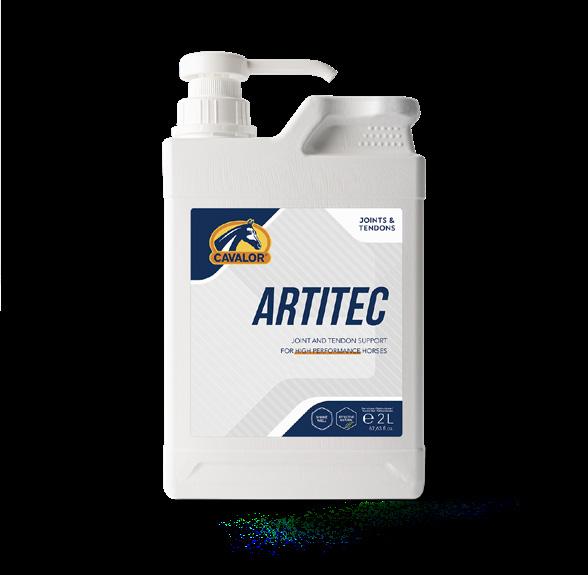
For more information contact: +44 (0)1902 213483 / www.cavalordirect.co.uk
Regular travel, intense exercise and being stabled in close proximity, often with shared air space, means a daily assault on every racehorse’s natural defences. Add the challenge of frequent new arrivals, particularly young horses, with naïve immune systems, working closely together, and the risk is self-evident.
Requested by trainers. Formulated by Equine Vets and Registered Nutritionists. Trialled by trainers, riders and professionals in elite equine sport. BETA NOPS accredited, and designed to meet the highest regulatory and quality standards for racing throughout Europe, and beyond. New NAF Immuforte builds on over 30 years of experience at NAF, in innovative evidence-led solutions, to provide targeted immune support for equine athletes.
Keep the whole yard healthy, and ready to race, with NEW NAF Immuforte.
The busy racing yard environment presents the perfect storm of challenges for your horses’ immune systems; and any trainer knows when immune challenge hits, training days, performance and results are lost. Keeping them healthy keeps your training regime on track, and ensures the season’s goals remain in sight for every horse on your yard.
Containing a key natural extract proven to boost the equine immune system, Immuforte supports white blood cell numbers and activity, and targets the oxygen load capacity of red blood cells. Uniquely, Immuforte combines the recognised immune support of echinacea with natural antioxidants and adaptogenic botanical extracts, including, rosehip, turmeric, ginkgo and omicha, to regulate cellular responses, and further support the body’s own defence against unwanted attack.
NAF Immuforte is available as a palatable liquid, in an easy to feed, auto-measured pump dispense liquid. The perfect solution to your yard’s natural defences.
For more information contact: 0800 373 106 / www.naf-equine.eu
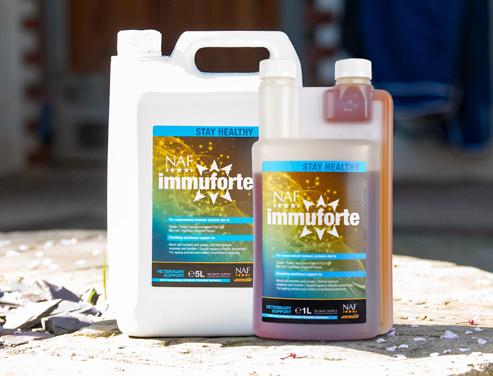
Pheromone communication has been at the heart of Duggan Veterinary Supplies expertise for over 40 years, and we are now pleased to announce the launch of the innovative equine appeasing pheromone, ConfidenceEQ®
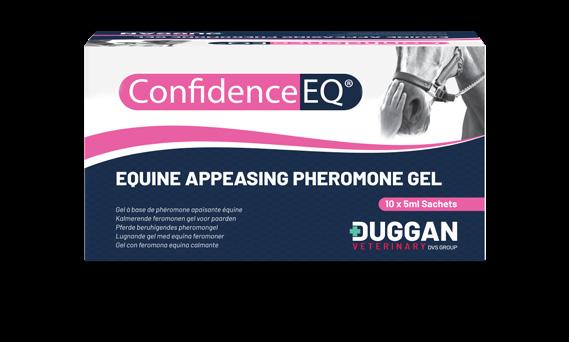

A pheromone is a naturally occurring chemical that an animal produces used for intraspecies communication, which means that their presence automatically and predictably affects all members of the same species, regardless of age or gender.
Like many mammals, nursing mares naturally emit a calming pheromone that reassures their newborn foal. When the foal encounters unfamiliar situations and uncharted territory, this pheromone makes the foal feel comfortable, secure, and more self-assured, enabling them to better learn about their surroundings. ConfidenceEQ® is an identical replica of this horse appeasing pheromone. Numerous studies have been conducted since the equine appeasing pheromone was discovered, proving its effectiveness in reducing stress in conditions that occur frequently in horses of all ages.
Donal Duggan is delighted to add ConfidenceEQ® to the Duggan Veterinary Equine armoury, stating: “The ideal time to use ConfidenceEQ® is when you anticipate your horse will be exposed to something new which they may find stressful. ConfidenceEQ® helps reassure horses, helping them focus allowing them to use their own skills to cope with their surroundings and can be used to help build confidence in
environment; Social situations (weaning foals, meeting new horses); Dealing with loud noises (large crowds, thunderstorms, fireworks); Breaking young horses and introducing new exercises during training; Farrier, vet, or dental visits.”
Horses in these situations may show signs of stress such as pawing, vocalising, flared nostrils, kicking, lack of concentration, and resistance. These behavioural changes are due to an elevated cortisol level, which when prolonged, also triggers multiple physiological responses like increased heart rate and blood pressure, weakening of the immune system, cribbing, and digestive issues – all of which can develop into significant problems for owners, trainers, and veterinary practitioners.
ConfidenceEQ® is easy and quick to apply. There are no syringes, mixing food, pills or other uncomfortable application methods that can be difficult to administer or add stress to your horse. It takes effect in 30 minutes, lasts 2.5 hours, and can be reapplied as needed.
For more information contact: sales@dugganvet.ie / uksales@dugganvet.com
Racehorses need optimum nutrition to help them fulfil their full potential which is why SPILLERS™ has launched their new SPILLERS Perform & Restore Mash. The mash soaks super-fast in under 2 minutes providing convenience especially when travelling and is designed to be fed daily to support optimum condition and recovery. It’s been formulated to assist hydration and complement the replacement of electrolytes post exercise. Re-hydrating quickly is important particularly for horses in high intensity exercise as they rely heavily on muscle glycogen (stored glucose) for energy metabolism and although it takes up to 72 hours for glycogen stores to be fully restored, replenishment will be slower in dehydrated horses.
SPILLERS Perform & Restore Mash is a low starch, molasses free blend of highly digestible fibre and oil to support digestive health and includes probiotic live yeast alongside prebiotic MOS and FOS. The mash offers a high level of the essential amino acid lysine to support muscle tone and topline and includes branch chain amino acids to support muscle synthesis post exercise. What’s more, it supplies powerful antioxidants including vitamin C to support respiratory health and natural, bioavailable vitamin E to support immunity, muscle health and an athletic performance.
Finally, SPILLERS Perform & Restore Mash includes an appetising apple aroma which is released when soaking to encourage even the fussiest of fussy feeders.

All SPILLERS feeds are BETA NOPS approved.
For more information contact: Care-Line number: +44 (0)1908 226626 / www.spillers-feeds.com
As we all know, horsemen are responsible for the management of horses’ health, wellbeing, and fitness, to ensure they can perform to the best of their ability on the racetrack, but at the same time, a racing stable must be a profitable business and each horse must be economically viable for their owners. As a result, in 2023, more than ever, horsemen must ensure they are getting the best possible value from the products they purchase.
Quite logically, horses under the added stress of hard work, transport, racing, competition, or illness have increased nutrient requirements. Unlike people though, who often turn to food when under stress (think chocolate or chardonnay), horses tend to go off feed and drink less than they normally would. Horses that fail to eat or drink well when travelling and racing will recover more slowly and will often perform below their best. That is why many stables consider traditional, veterinary-administered, injectable pre-race/pre-travel treatments to be essential. Corrine Hills says “I originally developed Pro-Dosa BOOST, for horses in my own racetrack veterinary practice, as a more economical, less invasive, oral alternative to those treatments.”
Pro-Dosa BOOST is a complete, balanced multi-nutrient paste that I formulated to fill the gap between good daily
nutrition and the increased requirements horses have when they are under stress. Pro-Dosa BOOST provides a practical way to deliver essential nutrients to horses that may not be eating or drinking enough, at those times, to support normal metabolism, performance, recovery, and heath.
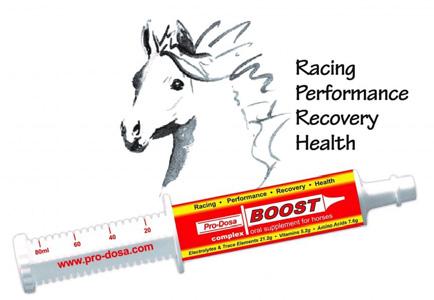
It contains a comprehensive range of water-soluble vitamins, trace elements, electrolytes, and amino acids in doses that reflect requirements established in scientific literature. I have included them in readily usable forms, in good balance with each other, and in balance with the cofactors required for their absorption and function.”
Pro-Dosa International Ltd is GMP registered, demonstrating quality, safety, and security of the product from raw materials through to finished product. Each batch of Pro-Dosa BOOST undergoes laboratory testing including complete quantitative analysis, demonstrating that each portion contains precisely what is on the label; microbial cultures, to ensure it is safe to feed; and Naturally Occurring Prohibited Substance screening.
For more information contact: +64 27 238-8482 / info@pro-dosa.com
The globalisation of racing has eroded the margins of success between trainers. High performance is no longer guaranteed based on pedigrees. A study carried out on winning margins in racing suggests that the overall percentage difference between first place and second place is 0.32%, the difference between first and third was 0.75%. Never before has optimising recovery and nutrition been as important in gaining percentages of improvement which can be the difference between winning and not.
Days post-race or fast work the body recovers and adapts allowing the horse to become more oxygen efficient and physically stronger. Muscle recovery requires specific
vitamins, minerals and amino acids to give the horse the best possible opportunity to maximise its full potential. This vital edge is optimised by correct nutrition. Supporting race horses’ mineral and vitamin levels is critical to racing success today.
Used for 47 years by global racing elite Plusvital Racing Syrup is formulated to provide 30 essential vitamins and minerals exceeding NRC recommendations Key ingredients facilitate strength and recovery.
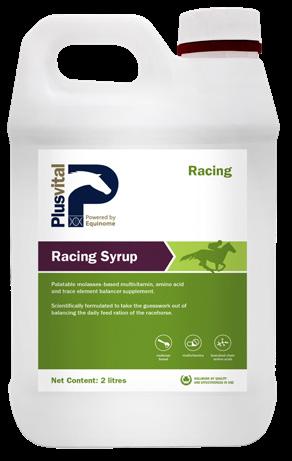
B vitamins are an essential group of vitamins for a horse to perform at its best. The harder they work the higher the requirement for vitamin B is. B vitamins play a vital role in forming red blood cells, responsible for carrying oxygen to muscles allowing the horse to continue galloping at high intensity whilst removing carbon dioxide. When muscle has a high level of carbon dioxide the horse becomes tired and cannot finish the race. Additional key ingredients include Vitamin E which reduces oxidative stress. Selenium neutralise free radicals supporting the immune system. Branched chain Amino acids and Threonine supports muscle recovery essential for strengthening. Zinc and biotin support cellular repair and hoof growth. Available in 2L or 5L Plusvital racing syrup supports your horse in pursuit of their performance goals.
For more information visit: www.plusvital.com
Horses actively training and racing commonly struggle with digestive health, problems which manifest most obviously in gastric issues. Additionally, many racehorses experience concurrent hindgut problems less easily recognised. Not eating well, sudden changes in behaviour, resistant and mean attitudes, not fully using the body, and struggling to maintain weight and condition are a few of the problems that can be associated with hindgut health.
It’s important to actively manage the health of the horses’ entire digestive tract to stop the treat-and-repeat cycle and keep your horses in top condition. A healthy gut is a core requirement for a racehorse to perform to its full potential.
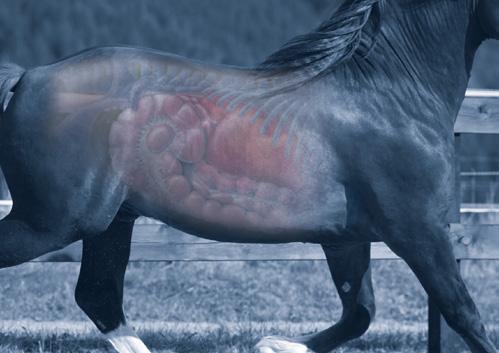

Unfortunately, training, travelling, racing, and breeding chronically stress the horse and especially the digestive tract. Management and feeding practices have changed beyond recognition over the last few decades. But the equine digestive tract remains the same, having been accustomed to a low-stress, nomadic lifestyle while consuming a high-fibre, trickle-fed diet. Modern husbandry practices and feeding grain-based feeds, further complicated by competition stresses, can be significant contributors to digestive issues. What, then, can you do for these horses?
Conditioning Program™ once a day every day. SUCCEED maintains optimal digestive health in athletic horses naturally with science-based, human-food-grade quality, proven ingredients. It serves as an ongoing maintenance program for the health of the entire digestive tract. Product trials available on a limited basis. Contact Sandra Hughes: shughes@freedomhealthllc.com.
SUCCEED® Digestive Conditioning Program™
The patented and proven SUCCEED formula delivers nutrients the body requires for GI anatomy and function. It provides a variety of benefits including:Oat Oil – specially extracted to preserve polar lipids which support nutrient absorption and bioavailability; Oat Flour – specially processed to preserve ß-glucan, a soluble fibre that provides support for a healthy immune system and a normal, healthy rate of feed transit through the GI tract; Yeast – a combination of a mannan oligosaccharide and a yeast ß-glucan help maintain a healthy, balanced hindgut and natural immunity; Amino Acids – provide fuel for muscles and support production of mucin, a necessary component of the mucus that lubricates and protects the gut lining.
“I have been using SUCCEED, and I couldn’t be happier with the results. You can visually see a big difference in the horses’ condition very quickly. I believe that it is really enabling their digestive systems.” – Richard Hughes, Trainer
more information please visit: www.succeed-equine.co.uk / @succeedequine
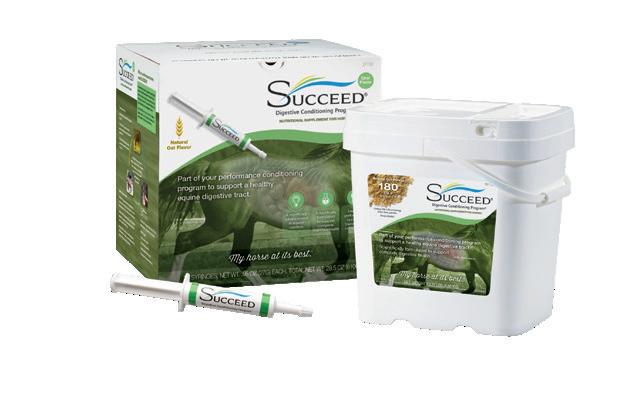
Designed and precision engineered in the UK specifically for the transport of bloodstock, the Bloomfields Professional Raceline oozes class and elegance.
A twist to the popular professional model – which has been a market leading design used throughout the world for over 15 years, Bloomfields have designed – with the involvement of industry experts, a box to meet the needs of the end user, comfort and practicality for both the travelling staff and the horses.
The Professional Raceline is fitted with a one piece composite floor. A sliding partition wall, door and roof padding, are fitted as standard for superior comfort of the horse.


The woven, thermally bonded panels are amongst the strongest available. For extra peace of mind, Bloomfields have also added an aluminium kickboard throughout the horse area.
The horses are separated by means of a full height grilled partition, head divider, two full height grilled access doors – thus eliminating the need for a breast bar.

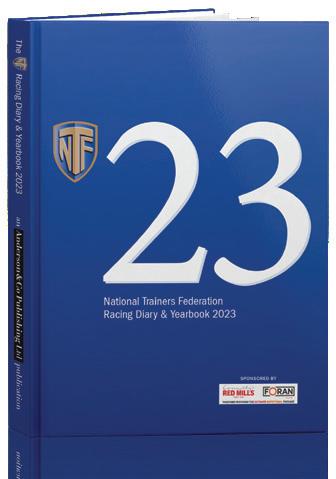
A very popular feature of the Professional Raceline is the sliding partition, which is absolutely indispensable for transporters and studs who carry mares and foals. Box users can effortlessly glide the full height partition to the far wall with one hand and back to the centre point when required, meaning there is no need for more than one person to alter the stalls. The 4 point locking system adds superior strength when in the central position.
What sets the Professional Raceline apart from any other box, is the careful consideration into the practicality of the groom’s area and how it can be a useful and resourceful place for storing everything from tack to veterinary medication and water barrels.

Thorough research was undertaken to maximise the use of the space in the groom’s area. There is the added option of a washable removable hammock that is, as standard, mounted securely on the bulkhead. This allows travelling staff to relax without taking up essential weight or space.
With an expansive list of optional extras to suit almost any requirement – including the 4.5t crewcab option in 2023, the Bloomfields Professional Raceline has to rank as the 2 stall horsebox of choice.
The Professional Raceline is used throughout the world by professionals, such as Christian Willams who remarks that “Bloomfields was an obvious choice for me when choosing a new horsebox. My 2 horse transporters are on the road daily, and my priority is the safety and comfort of my horses and staff...the Bloomfields Raceline ticked all the boxes. This is one of, if not the strongest horsebox I have used”. For more information contact:
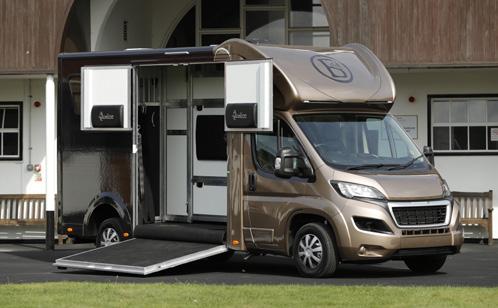
The ultimate horsebox for young or difficult horses, stallions and bloodstock

.e Bloommelds Professional Raceline Designed and precision engineered specimcally for the transport of racehorses, and thoroughbred stud work. A twist to our Professional which has been a market leading design used by amateurs and professionals throughout the wor ld for over 15 years.
.e Raceline has all the necessities required to comfortably travel your horses and drivers....
